Rabbits might not bark or purr, but they have a language all their own—and it’s rich with meaning. Whether it’s a sudden thump on the floor, a curious nose nudge, or a quiet stare from across the room, every action tells a story. If you’ve ever wondered, “Why is my rabbit doing that?” you’re not alone. And the good news? There’s an answer for almost every behavior.

This guide is your deep dive into the emotional and social world of pet rabbits. It’s about more than just stopping unwanted chewing or decoding ear positions. It’s about understanding rabbit behavior as a window into your bunny’s health, happiness, and personality. When you learn to read the signs, you stop reacting—and start connecting.
From bonding and play to aggression, hiding, and seasonal mood shifts, this blog covers the full spectrum of how rabbits think, feel, and communicate. Whether you’re new to rabbit companionship or have years of experience, there’s always more to discover. Because the more you understand your rabbit, the more they’ll show you who they really are.
Why Understanding Rabbit Behavior Matters
Rabbits are often misunderstood. They’re not like dogs that bark or wag their tails to let you know how they feel. And they’re certainly not cats that meow for food or curl up in your lap without a second thought. Rabbits are more subtle—and that’s exactly why understanding rabbit behavior is so important.

If you’re living with a rabbit, or thinking about bringing one home, learning their signals can make all the difference. It’s the key to making sure your rabbit feels safe, happy, and understood. It’s also how you avoid bites, bond better, and spot serious health issues before it’s too late.
The truth is, rabbits communicate constantly—but only if you know what to look for.
Every Thump Has Meaning
Let’s say your rabbit is thumping. Most people assume it’s anger, but it can also mean fear or annoyance. Or maybe you’re wondering why your rabbit keeps nudging you with their nose. They might be asking for attention, space, or simply trying to say “Hey, I’m here.” Each of these moments is packed with meaning.
Without paying attention, it’s easy to dismiss these cues as quirks. But your rabbit isn’t just being quirky—they’re talking to you.
That’s where this guide comes in. This blog is your rabbit-to-human translation book, pulling in knowledge from trusted resources, personal experience, and the shared wisdom of rabbit lovers who’ve learned what it means when their rabbit makes a mess of its hay or suddenly starts hiding behind the furniture.
Behavior Reflects Routine and Comfort
One of the top reasons new rabbit owners feel overwhelmed is because they didn’t expect their pet to have such distinct preferences. But they do. Rabbits are creatures of habit. Change their environment, routine, or diet, and they’ll often respond with behavior that looks stubborn or moody. In reality, they’re just trying to tell you something’s off.

And ignoring those signs can lead to real problems. Stress-related illnesses, failed bonding attempts, or behaviors that seem aggressive but are actually defensive.
It’s not about training your rabbit to act like a dog or expecting them to be docile and cuddly 24/7. It’s about meeting them where they are—on their terms, in their world.
Trust Is Built Through Understanding
Understanding rabbit behavior also builds trust. When your rabbit realizes you understand their body language, they’re more likely to come to you willingly. Whether it’s for playtime, grooming, or just to flop next to you in a sign of complete trust, these moments are earned by listening and observing.
And yes, rabbits can be trained. Despite what some people think, you can teach your rabbit tricks, commands, and how to behave. But good behavior doesn’t start with discipline; it starts with understanding. One of our blogs, Rabbit Training Techniques: A Beginner's Guide to Fun, offers a practical look at this process.
But again, before the “how,” you need the “why.”
Behavior Is a Health Indicator
Behavior is the gateway to your rabbit’s physical and emotional health. A sudden shift in personality—like going from playful to withdrawn—could mean your rabbit is in pain. Not just moody. For instance, hiding may signal fear, stress, or illness. That’s why we cover signs like those in our post 8 Reasons Your Bunny Is Suddenly Hiding.
Even the act of chewing—one of the most common rabbit behaviors—is layered. Chewing cardboard? Normal. Chewing your baseboards? That’s a message. One we dig into more in Tips To Manage Rabbit Chewing Habits.
These behaviors aren’t random. They’re telling you something. All you need to do is pay attention.
Understanding Builds Better Bonds
Another reason understanding rabbit behavior matters is bonding. Rabbits are social creatures. They form relationships, both with other rabbits and with people. But unlike dogs, who tend to greet everyone with a tail wag, rabbits take time. They build trust slowly, through repetition and careful interaction. If you ignore their body language—or worse, misread it—you might set the relationship back without realizing it.
Think of it this way: every nose nudge, every flop, every soft grind of their teeth is part of a larger conversation. When you get fluent in that language, the connection you can build with your rabbit becomes deeper, safer, and more rewarding.
And that goes both ways. Understanding your rabbit helps your rabbit understand you.

There’s Always a Reason Behind Behavior
Let’s not forget that a lot of “bad” behavior is simply misunderstood. If your rabbit pees after digging or bites when you try to pet them, they’re not being naughty. They’re reacting to something. Maybe they feel unsafe. Maybe they’re claiming territory. Or maybe they’re hormonal. Whatever the case, there’s a cause—and usually, a fix, even when sometimes their behavior seems abnormal, like like peeing after digging.
But to get there, you have to replace punishment with curiosity. Your rabbit’s not being defiant. They’re being a rabbit.
And being a rabbit is a full-time job that involves surviving, communicating, and interacting with a world that’s much bigger and louder than they are.
Understanding Behavior Makes Everything Else Easier
This is why understanding rabbit behavior is foundational. It makes the rest of rabbit care easier. Whether it’s litter training, bonding with a new bunny, or figuring out why your rabbit nips when you walk past the couch—it all comes back to behavior.
Understanding is what helps you catch problems before they grow, connect with your rabbit in a way they respond to, and feel confident as a rabbit parent. That’s the entire point of this guide.
We’re going to break it all down—one thump, one binky, and one nudgy nose at a time.
Reading Rabbit Body Language
Rabbits aren’t big talkers. You won’t hear them barking, meowing, or chirping their way through the day. Instead, they rely on their bodies to say everything. The way they move, sit, lie down, and even flick their ears carries meaning. To truly begin understanding rabbit behavior, you’ve got to watch closely—and sometimes, sit still and wait.
Unlike more vocal pets, rabbits tend to express themselves through small, quick signals. A sudden shift in posture or a subtle change in tail position can tell you everything you need to know about how your rabbit is feeling. Miss those signals, and you might miss a sign of stress, excitement, or even illness.
Let’s break down those subtle signs so you can start picking up on your rabbit’s unspoken language.
Ear Position: The Mood Antenna
Start by watching the ears. They’re like mood antennas. A relaxed rabbit will usually have their ears held softly backward or slightly angled. Ears pointing forward and upright? That’s a sign of curiosity. Something has their attention. But if the ears are pinned back tightly, especially flat against the body, that’s usually fear or aggression.
Lop-eared rabbits can be a little harder to read since their ears don’t move the same way, but they still shift subtly. You’ll start to notice little movements in the base of the ears or the position of the head that reflect similar moods.
Combine this with body posture, and you’ll get the full picture.
Eyes: Wide or Weary?
Rabbit eyes are big, so it’s not always easy to spot the difference between “normal” and “alarmed.” But a rabbit that’s very alert or scared will often have a wide-eyed look. You might see more white of the eye than usual—this is called “whale eye,” and it often means the rabbit is stressed or scared.
Soft, half-lidded eyes, on the other hand, are a sign of comfort and calm. This is the kind of look you’ll see when your rabbit is loafed up in their favorite corner of the room, content and relaxed.
Keep an eye on blinking and squinting too. If your rabbit is squinting one eye, especially with a slight head tilt, that’s not mood-related—that’s a medical issue. Call your vet.

Posture: Loafing, Flopping, and Hunching
One of the easiest ways to “read the room” with your rabbit is to look at their posture. Let’s start with loafing. If your rabbit tucks all four feet underneath them and looks like a furry loaf of bread, they’re probably relaxed and safe. This is a great sign.
A full flop—when your rabbit rolls onto their side and sprawls out—is the ultimate sign of trust. Rabbits only flop when they feel completely at ease. It might look like they passed out, but it’s a happy nap pose.
Hunched posture is a red flag. If your rabbit is sitting very still, rounded, and won’t move much, they could be in pain. You might also see this when they’re anxious or feeling cornered. Always keep a close watch on this posture.
Tail Position: The Unsung Signal
The tail isn’t just a cute puffball—it’s a signal flag. A lifted tail, especially when paired with a lunge or aggressive stance, is often a sign that a rabbit is about to spray or strike. That’s not something you want to ignore.
A relaxed tail that rests against the body usually means the rabbit is calm. You’ll also see this when they’re lounging or grooming. If your rabbit’s tail starts twitching or flicking quickly, it’s time to step back—they’re probably irritated.
These are all part of understanding rabbit behavior, even though they’re easy to overlook.
Nose Wiggles and Breathing
Rabbits use their nose more than you’d think. Fast, shallow breathing or rapid nose wiggling can be a sign of stress or fear. It might happen when they’re startled or unsure of their surroundings.
Slow, steady breathing is a good sign. It means your rabbit is comfortable, especially if combined with relaxed body language and a stretched-out pose.
If your rabbit’s nose stops wiggling altogether for a moment, don’t panic—they might just be focusing on a scent or sound. But if it stays still for too long, check their breathing and alertness immediately.
Thumping and Digging
A thump is one of the loudest sounds a rabbit will make. When a rabbit thumps their hind leg, they’re signaling alarm. They may have seen, heard, or smelled something they perceive as dangerous. Thumping can also be a form of protest—“I didn’t like that!”
Digging is more complex. It’s a natural behavior, but it can mean several things: nesting instincts, boredom, or a desire to escape. If your rabbit digs on you, it might be frustration or a way to get your attention. Some dig to claim space or redirect stress. It’s covered in depth in our blog Why Does Rabbit Pee After Digging?.
These signals are especially important when understanding rabbit behavior during playtime or stressful transitions.
Tooth Grinding and Purring
This one confuses a lot of people. Rabbits grind their teeth in two very different ways, and the meaning couldn’t be more opposite. Soft, gentle grinding that you can feel or hear when your rabbit is resting is a sign of contentment. This is sometimes called “rabbit purring.”
Loud grinding, especially when combined with a hunched posture or closed eyes, often indicates pain. If you’re unsure which one it is, look at the rest of the body. A relaxed pose? Probably happy. A tense one? Probably not.
Recognizing the difference is key when understanding rabbit behavior in health vs. comfort settings.
Body Movement: Zoomies, Binkies, and Nudges
Ever see your rabbit do a wild sprint across the room followed by a flying twist? That’s a binky—and it means joy. Rabbits that feel playful or excited will sometimes binky or zoom around at high speed. These behaviors show they’re in a great mood and full of energy.
Nudging, on the other hand, is usually about communication. Your rabbit might nudge you to ask for pets, treats, or to get you out of their way. It can also be a form of marking—“this human is mine.” The meaning varies, but it always means they’re engaged with you. Learn more in What Does It Mean When Your Rabbit Nudges You?.
These small gestures are what make understanding rabbit behavior feel like a conversation instead of a guessing game.
Licking, Circling, and Mounting
These behaviors are about bonding, social status, or hormones. Licking is a sign of affection and submission. Circling can mean courtship, especially if it’s a figure-eight around your feet. Mounting, too, is about dominance more than reproduction, though it’s often misunderstood.
If your rabbit starts mounting another rabbit—or your arm—it may be time for a spay or neuter discussion. These behaviors are natural but can cause conflict between rabbits if not addressed.
In multi-rabbit households, understanding rabbit behavior through these signals helps prevent territorial fights and improves bonding.

Putting It All Together
Reading your rabbit’s body language isn’t about memorizing a list. It’s about watching how all the signs fit together. A raised tail might mean excitement in one rabbit and aggression in another. A soft nudge can be a sweet hello—or a gentle “move it.”
Start by observing your rabbit in calm, familiar environments. Notice how they act when they’re happy, relaxed, or annoyed. Then use that baseline to figure out when something’s changed.
When you get good at understanding rabbit behavior, you’ll find the quiet signals are just as rich as any spoken word. Every flick, flop, and wiggle means something. You just have to listen with your eyes.
The Emotional Lives of Rabbits: What They're Really Feeling
People often underestimate rabbits. Because they’re quiet and cautious, it’s easy to assume they’re simple animals with simple minds. But that’s not the case. Rabbits are emotionally complex. They form bonds, hold grudges, get lonely, feel jealous, and show happiness in unique ways. It’s all there—you just have to learn how to recognize it.
Understanding rabbit behavior means going beyond their actions and looking at what’s driving them emotionally. The more you learn, the more you’ll realize how sensitive and aware your rabbit really is.
Let’s take a look at some of the most common emotional states rabbits experience and how they tend to express each one.

Contentment: The Calm in the Chaos
A content rabbit is a joy to be around. You’ll see soft eyes, a relaxed posture, and maybe even a gentle tooth purr. They might loaf next to you or flop dramatically onto their side. That flop isn’t laziness, it is a sign of trust.
When rabbits feel emotionally safe, they seek out calm spaces and may even groom themselves in your presence. This behavior signals a deep level of comfort. If your rabbit naps while you’re nearby, you’ve built something special.
This emotional state is the goal for every rabbit owner—and a core part of understanding rabbit behavior at home.
Fear: The Hidden Panic
Fear can be subtle or explosive. A scared rabbit might freeze in place, flatten its body to the ground, or bolt to a hiding spot. You might also hear a thump or even a scream in extreme cases. Fear is one of the strongest emotions in a rabbit’s world, and it shapes much of how they behave.
Sometimes fear isn’t just about a predator; it can be about a vacuum cleaner, a new scent, or a sudden movement. Your job is to figure out the trigger and give them space to recover. Rabbits remember bad experiences and can become skittish if fear isn’t handled carefully.
Understanding rabbit behavior means recognizing fear even when your rabbit seems still and quiet. That calm may be panic in disguise.
Loneliness and Boredom
Yes, rabbits get lonely. They’re social animals. While some are fine living solo, most benefit from companionship, either from a human or another rabbit. A lonely rabbit might dig excessively, over-groom, or stop engaging with their environment.
Bored rabbits are often labeled “destructive,” but destruction is usually just a cry for stimulation. Chewing on furniture, tearing up carpet, or nudging you constantly can all be signs your rabbit needs more to do. This is why enrichment and interaction matter so much. We cover great ideas in DIY Toy Ideas for Your Pet Rabbit.
Understanding rabbit behavior helps you spot the difference between a bunny being “bad” and one that’s just emotionally under-stimulated.
Trust and Affection
Building trust with a rabbit takes time. But once it’s there, it changes everything. Trust shows up in small moments—when your rabbit chooses to approach you, flops near your feet, or grooms your hand. These aren’t just cute moments; they’re emotional ones.
Affection in rabbits doesn’t look like tail wagging or kisses. It looks like sitting beside you in silence or following you from room to room. Sometimes it’s a gentle nose bump or letting you pick them up without a fuss.
These are all signs that your rabbit feels emotionally connected to you. And recognizing those signs is one of the most rewarding parts of understanding rabbit behavior.
Jealousy and Competition
Ever give attention to one rabbit and notice the other suddenly acting out? That’s not a coincidence, it’s jealousy. Rabbits can compete for affection, especially in bonded pairs or when they share strong bonds with their humans.
Jealous rabbits might interrupt a petting session, push another bunny away, or sulk in a corner. It’s not bad behavior—it’s a real emotion. The trick is making sure each rabbit gets personal time and feels secure in their relationship with you.
Recognizing jealousy early helps avoid tension between bonded rabbits. It’s also a great example of how emotional awareness deepens your understanding of rabbit behavior.
Frustration and Irritation
Sometimes rabbits just get annoyed. It could be because their space was rearranged, you stopped petting them too soon, or their litter box wasn’t cleaned to their liking. Signs of frustration include foot flicks, loud thumps, short grunts, or head tosses.
This is where observation pays off. Is your rabbit thumping every time you walk away? Are they throwing their toys across the room? These are emotional responses.
Stress and Overstimulation
Not all stress comes from fear. Rabbits can become overstimulated just like people. Too much noise, handling, or movement can leave your rabbit anxious. You might notice pacing, excessive grooming, or hiding. In multi-rabbit homes, stress can lead to fights, even between bonded pairs.
Providing quiet areas, consistent routines, and downtime helps reduce emotional stress. It also gives your rabbit a sense of control, which is crucial for their mental well-being.
The better you get at understanding rabbit behavior, the easier it is to prevent emotional burnout before it starts.
Joy and Excitement
Joy is unmistakable. It shows up in zoomies, binkies, and curiosity. A happy rabbit explores, tosses toys, and lounges in open spaces. They’ll often circle your feet, follow you from room to room, or flop dramatically after a play session.
If you’re seeing this kind of energy, it means your rabbit is emotionally secure. They feel safe enough to express themselves fully.
These moments are where the beauty of understanding rabbit behavior really shines. It’s when you stop guessing and start participating in their emotional world.
Grief and Depression
Rabbits grieve. If a bonded mate dies, or even if you go on a trip, a rabbit may respond with withdrawal. They might eat less, hide more, or stop playing. This can last days or weeks, and it’s important not to dismiss it.
Offer support through quiet time, gentle grooming, and routine. Don’t rush them. Grieving rabbits need time, and forcing interaction can make it worse. If your rabbit’s eating habits change drastically, contact a vet—it’s often the first sign of serious emotional distress.

Each Rabbit Is Emotionally Unique
No two rabbits are exactly alike. Some are shy and cautious, while others are bold and outgoing. The emotional spectrum can be wide, even within the same litter. Your job is to watch, listen, and learn what your specific rabbit is feeling. The more time you spend with them, the easier it gets to read their emotional temperature.
Building this emotional awareness changes how you interact with your rabbit. You’ll stop reacting to behavior and start responding to feelings. And that changes everything, from bonding to training to daily routines.
Understanding rabbit behavior on an emotional level doesn’t just make you a better rabbit owner, it makes you the kind of companion your rabbit trusts, enjoys, and connects with.
Why Is My Rabbit Hiding?
If you’ve spent any time with rabbits, you’ve probably seen this behavior: your bunny disappears into a corner, under a couch, or inside a tunnel and doesn’t come out for a while. It’s natural to wonder, “What’s wrong?” But hiding isn’t always a red flag. In fact, it’s completely normal.

Rabbits are prey animals. Their instincts tell them to find cover when things feel uncertain. It’s part of how they stay safe in the wild, and it carries over into domestic life. Understanding rabbit behavior means learning to read the difference between instinctive hiding and hiding that signals something deeper.
Let’s explore what hiding means in different scenarios and how to know when to be concerned.
New Environment, New Hiding Spots
When a rabbit moves into a new home or environment, hiding is almost guaranteed. Everything smells different. Sounds echo strangely. Even the floor might feel weird under their feet. So, what do they do? They find a safe space and watch.
This observation period is completely normal. It’s how rabbits process change. Give them access to hiding spots they can claim as their own. Tunnels, cardboard boxes, or covered beds work well. These safe zones allow your rabbit to decompress while adjusting to their new surroundings.
Understanding rabbit behavior during a transition like this is all about patience. Don’t force interaction—let them come out when they’re ready.
Hiding as a Comfort Behavior
Some rabbits simply enjoy having a retreat. It doesn’t mean they’re scared—it means they like the quiet. Think of it like a teenager hanging out in their room. If your rabbit hides in the same place at the same time every day, chances are they’re not scared—they’re just resting.
Many rabbits prefer to nap in enclosed spaces. If they eat normally, use the litter box, and interact with you at other times, this kind of hiding is healthy. It gives them a sense of security and control over their environment.
Providing these comfort zones is a big part of understanding rabbit behavior on a day-to-day level.
Fear-Based Hiding: What Triggers It?
Sudden hiding that’s paired with signs of stress—like a loud thump, frozen posture, or wide eyes—often points to fear. This might be caused by loud noises, unfamiliar people, or even a scent they don’t recognize.
If you notice your rabbit bolting under furniture and not coming out, think about what changed. Did you vacuum recently? Did a dog bark? Did you move their pen? Something as small as a dropped spoon can feel huge to a rabbit.
Understanding rabbit behavior in these moments means being aware of their sensitivities. They won’t always tell you with noise, but they will show you with movement.
Medical Hiding: When to Be Concerned
Hiding can sometimes be a sign your rabbit isn’t feeling well. If your rabbit starts isolating more than usual and also stops eating, drinking, or pooping, something serious might be going on. GI stasis, pain, or dental issues are common culprits.
This is when you need to trust your gut. If something feels “off” and hiding behavior comes with other symptoms, don’t wait. Contact a rabbit-savvy vet. Rabbits hide pain by nature—it’s a survival instinct. So by the time you notice it, things might already be advanced.
Being able to tell the difference between emotional hiding and physical distress is a key piece of understanding rabbit behavior holistically.

Bonding and Hiding: Social Shifts
If you're bonding two rabbits and one of them starts hiding more than usual, it’s a sign of stress or uncertainty in the social hierarchy. This can happen if bonding sessions are too long, too frequent, or too intense. The rabbit that hides is often trying to avoid confrontation.
During bonding, always watch for changes in behavior—especially retreating or refusing to eat. A rabbit that’s emotionally overwhelmed will withdraw, and that’s something to address gently.
More tips on this topic are available in our post What to Do When Bonding Rabbits Keep Fighting.
Creating Safe Hiding Spaces
If your rabbit hides frequently, don’t take it as a rejection. Give them spaces where they can disappear and feel safe. Covered litter boxes, cardboard castles, or hidey-holes placed near their main living area work well. These should be easily accessible and large enough for them to turn around in.
Hiding spaces aren’t just about safety, they’re about trust. When your rabbit feels confident, they can retreat; they’re more likely to come out on their own. That’s a huge part of understanding rabbit behavior, rooted in choice and comfort.
Let them be the ones to decide when to hide—and when to come back into the open.
What to Do (and Not Do) When Your Rabbit Hides
Here’s the most important rule: don’t pull your rabbit out of hiding. It damages trust. Instead, sit nearby and talk gently. Offer a favorite treat or just wait. Rabbits are curious—sooner or later, they’ll peek out.
If hiding becomes excessive and starts affecting appetite or grooming, that’s when it’s time to take action. Otherwise, let hiding be what it is: a way for rabbits to manage their emotions and process their world.
This approach, rooted in observation rather than correction, is central to understanding rabbit behavior on your rabbit’s terms—not yours.
Hiding Is Communication, Not Silence
Many new owners assume hiding is the absence of behavior. But that’s not true. Hiding is a form of communication. It says, “I need space,” “I don’t feel safe,” or “I’m not ready yet.” Just because your rabbit is quiet doesn’t mean nothing’s happening.
Watch for patterns. Is hiding happening during specific times? After certain events? Around certain people or pets? These patterns are clues, and learning to decode them helps you respond in ways that support your rabbit’s emotional health.
And ultimately, understanding rabbit behavior through hiding gives you insight into how your rabbit sees the world—and their place in it.
Rabbit Chewing Habits: What’s Normal and What’s Not?
Chewing isn’t just something rabbits do when they’re bored. It’s a biological necessity. A rabbit’s teeth never stop growing, so regular chewing keeps them filed down to a healthy length. Without this constant wear, overgrown teeth can lead to serious health problems, including pain, difficulty eating, and infection.

That said, not all chewing is created equal. Some rabbits chew calmly on hay or wooden toys. Others go after baseboards, wires, and furniture. That’s where things get tricky. Understanding rabbit behavior in these moments is the key to keeping your rabbit healthy—and your home intact.
Let’s look at the difference between normal chewing, stress-related chewing, and destructive habits.
Healthy Chewing: What It Looks Like
A rabbit that chews regularly on hay, wooden chew toys, untreated wicker baskets, or cardboard boxes is doing exactly what nature intended. This type of chewing helps wear down their teeth and satisfies their natural urge to gnaw.
You’ll often see this after meals, during relaxed playtime, or when they’re lounging in their pen. It’s steady, rhythmic, and usually focused on designated items. This is the ideal chewing behavior you want to support and encourage.
Providing access to safe chewing materials is one of the most important parts of understanding rabbit behavior and setting up a happy environment.
Destructive Chewing: What’s Going Wrong?
When rabbits start chewing furniture legs, drywall, or electrical cords, it’s usually a sign of unmet needs. Sometimes they’re bored. Sometimes they’re frustrated. And sometimes, they’re just exploring. The key is to spot the pattern and respond with better options—not punishment.
For example, a rabbit chewing your carpet may be digging out of stress or trying to claim territory. Chewing wires might be about texture or accessibility. If you respond by yelling or chasing them off, it only adds stress—and often reinforces the behavior.
That’s why understanding rabbit behavior helps you solve the root problem instead of constantly reacting to the symptoms. Start by redirecting them gently and offering safer alternatives. If that doesn’t work, change the setup.
Why Do Rabbits Chew Carpet?
Rabbits chewing carpet is one of the most common complaints from owners. It’s frustrating—but very rabbit-like. Carpets mimic grass or earth, which can trigger natural digging and chewing behaviors. Some rabbits chew the corners. Others go for high-traffic areas where your scent is strongest.
In many cases, this behavior can be curbed by covering those spots with tile, mats, or furniture. You can also give them a designated digging mat or a cardboard box stuffed with paper to redirect the urge.
For more ideas, check out Preventing Rabbit Chewing: Effective Tips—it’s packed with helpful strategies.

Chewing as a Sign of Boredom
Chewing becomes a problem when it's the only thing your rabbit has to do. A bored rabbit will chew more—and more destructively. If their world is too small or under-stimulating, they’ll find ways to create their own excitement. That often means finding new things to destroy.
Make sure your rabbit has a rotating supply of toys, tunnels, and textures. Change their layout from time to time. Create scavenger hunts using hay and treats. Stimulating their brain reduces their need to chew everything in sight.
Preventing boredom is one of the smartest steps you can take in understanding rabbit behavior before it turns into a behavioral challenge.
Hormones and Chewing
Sometimes, the reason for destructive chewing is hormonal. Unspayed or unneutered rabbits tend to be more territorial and anxious. That can lead to aggressive chewing, digging, and nesting behaviors. If your rabbit is chewing obsessively in one spot or pulling up carpet and fabric, hormones might be behind it.
Spaying or neutering usually reduces these behaviors dramatically. It also helps prevent health problems like reproductive cancers. If your rabbit isn’t fixed yet and is chewing constantly, talk to your vet about options.
This is a common milestone in understanding rabbit behavior—recognizing when instincts are being fueled by biology, not boredom.
Chewing and Anxiety
Some rabbits chew excessively when they’re anxious. Changes in routine, new people, loud noises, or unfamiliar pets can all cause stress. If you notice your rabbit suddenly attacking the furniture, think about what changed in their environment.
Is this a one-time outburst or part of a pattern? Do they go back to normal when things calm down? Keep track. Chewing can be a rabbit’s way of working out nervous energy—sort of like pacing in people.
Understanding rabbit behavior means knowing when to add more enrichment—and when to take a step back and reduce the pressure.
Redirecting Chewing Behavior
You can’t stop a rabbit from chewing, but you can teach them where and what to chew. That starts by giving them appealing alternatives. Offer safe wooden chews, willow sticks, cardboard tubes, and untreated seagrass mats. Try a variety and see what they like best.
Place chew items near the problem zones. If your rabbit always chews one corner of the baseboard, put a toy or mat there instead. You can also add a gentle, pet-safe deterrent spray to discourage them—but always give them something they’re allowed to chew nearby.
This trial-and-error process is a big part of understanding rabbit behavior in real-world settings. What works for one rabbit might not work for another.
When to Worry About Chewing
Chewing is usually harmless—but there are a few red flags. If your rabbit is suddenly chewing less or avoiding all chew toys, it could mean they’re in pain. Dental issues, GI problems, or stress might be interfering. Loss of appetite and lethargy often go hand in hand with reduced chewing.
On the flip side, obsessive chewing paired with fur pulling, furniture destruction, or refusal to eat regular food can point to serious emotional or hormonal issues. If your rabbit is destroying things but seems restless or upset, it’s worth talking to your vet.
As always, understanding rabbit behavior in context helps you notice when things shift—and take action early.
Chewing as Communication
At the end of the day, chewing is just one way your rabbit talks to you. It can say “I’m happy,” “I’m bored,” or “I’m not okay.” Your job is to listen, not just correct. Every bite, nibble, or rip is telling you something about what your rabbit needs—or what they’re missing.
The more you learn to read those signals, the more confident you’ll become in creating a home that supports healthy, natural behavior. And the less likely you’ll be to come home to a chewed-up couch leg.
That’s what makes understanding rabbit behavior so valuable. It turns frustration into clarity—and builds a better life for both of you.
Biting, Nipping, and Thumping: Aggression or Affection?
Rabbit's behavior can be surprising, even for experienced owners. A sudden nip on the ankle or a loud thump on the floor doesn't mean “bad behavior.” These actions are your bun's form of communication—and they can mean a range of things.

Understanding rabbit behavior means knowing when a nip is playful and when it’s a warning. It means listening to those thumps and learning the cause instead of just trying to stop the noise.
Let’s break down what each of these behaviors can mean and how to respond appropriately.
Why Rabbits Bite (and It’s Not Always Hostile)
Biting usually gets labeled as aggression, but it’s not that simple. A bite can be a defensive reaction, a hormonal response, or a sign of frustration. It can also be a communication tool used when a rabbit feels ignored or overstimulated.
If your rabbit lunges and bites, start by asking what led up to it. Were they startled? Were you touching a sensitive spot? Did you invade their space during feeding? Context matters more than the action itself.
Understanding rabbit behavior during these moments helps you respond with solutions instead of scolding. That might mean backing off, changing how you approach, or simply giving them space.
Playful Nipping: A Bunny’s Way of Talking
Not all nips are meant to hurt. Some are playful or affectionate. A rabbit might nip your pant leg when they want attention or gently tug your sleeve to tell you to keep petting. These little bites usually don’t break the skin and aren’t paired with aggressive body language.
It’s easy to misinterpret these nips as bad behavior, but in most cases, your rabbit is just trying to “talk.” They’ve learned that a small nip gets your attention, and they will use it like a poke or nudge.
Recognizing this is a big step toward understanding rabbit behavior as an active, two-way conversation.
Territorial Biting: The Cage-Guarding Rabbit
If your rabbit lunges and bites when you reach into their pen, especially near food or a litter box, that’s likely territorial behavior. This is more common in rabbits who aren’t spayed or neutered, but it can happen in fixed rabbits too.
They’re not trying to hurt you, they’re protecting what they see as theirs. One solution is to avoid reaching in suddenly. Try letting them come out to you instead. Feeding and cleaning should be calm and predictable. Over time, this can reduce the guarding response.
Understanding rabbit behavior in territorial moments keeps both of you safe and helps build trust.
Thumping: Fear, Anger, or Warning?
A loud thump is one of the most dramatic things a rabbit does. It’s often a warning—a way to say, “I sense danger.” But it can also signal anger or protest. Thumping may happen after you clip nails, move furniture, or leave the room during playtime.
Think of it as your rabbit’s version of slamming a door. They’re letting you know they didn’t like something, or they’re on high alert.

When Rabbits Nip Other Rabbits
Nipping is also a part of rabbit-to-rabbit interaction. During bonding, one rabbit may nip the other to establish hierarchy, request grooming, or signal irritation. These nips are usually light and part of a healthy adjustment phase.
But if the nipping escalates into chasing, growling, or fur pulling, it might be time to separate and reassess. Safe bonding takes time and observation. Letting rabbits communicate—but not fight—is a delicate balance.
How to Respond to Biting Without Breaking Trust
If your rabbit bites you, avoid reacting with yelling or punishment. Instead, speak calmly and try to understand the cause. Were they startled? Were you holding them too long? Pain or fear are often behind sudden bites.
Try changing your approach: move slower, pet in safe zones like the forehead, and watch for warning signs like ears pulling back or body tensing. These small adjustments can prevent future bites. If you want to learn more check out this blog What Should I Do When My Rabbit Bites Me.
Responding with empathy and observation is what makes understanding rabbit behavior so effective in creating a strong bond.
Training Away Bad Biting Habits
If your rabbit has developed a habit of biting, especially if it’s directed at a specific action like reaching into their space or petting their back, you can gently train them to stop. The key is redirection, not punishment.
Use positive reinforcement when they tolerate touch or allow handling. Treats, verbal praise, and short sessions help build positive associations. Avoid forcing the interaction—consistency is what makes this work.
This kind of training is rooted in understanding rabbit behavior from your rabbit’s perspective, not just your own convenience.
Is My Rabbit Just Grumpy?
Some rabbits do seem to have “attitudes.” They grunt when you walk by, thump for no clear reason, or glare from a corner. But labeling them as grumpy overlooks what’s really going on. Often, these behaviors are linked to fear, routine disruption, or health concerns.
If your rabbit’s mood changes suddenly, check for stress triggers. Have you moved furniture? Changed your work schedule? Introduced a new pet? Rabbits thrive on consistency, and even small changes can upset their rhythm.
Understanding rabbit behavior in this context means looking at environment, routine, and body language before making assumptions.
Affection Comes in Many Forms
One of the joys of rabbit ownership is learning how affection looks different from one rabbit to another. Some cuddle. Some lick. Some follow you like a shadow. And yes, some show love through a little nip or dramatic thump when they want your attention.
Don’t dismiss these moments—they’re part of your rabbit’s personality. The more you understand them, the more clearly you’ll see the bond forming between you.
That’s what makes understanding rabbit behavior so rewarding. It transforms everyday reactions into meaningful interactions.
Rabbit Social Dynamics: Bonding with Humans and Other Rabbits
Rabbits aren’t loners. In the wild, they live in complex colonies, full of hierarchy, grooming, and group problem-solving. Domesticated rabbits carry those same social instincts with them—though how they show up depends on the rabbit. Some bunnies crave companionship. Others need time before they trust.
Understanding rabbit behavior through a social lens helps make sense of how your rabbit relates to you, other rabbits, and even the environment around them. Social behavior shapes everything from playtime to territory to emotional wellness.
Let’s unpack the building blocks of rabbit social life, both with humans and their fellow bunnies.

The Human-Rabbit Bond: How It Starts
Bonding with a rabbit doesn’t happen overnight. It’s built slowly through routine, patience, and respect for boundaries. Your rabbit won’t come to you just because you call them, but they will if they feel safe, curious, and understood.
The bond begins with small gestures. Sitting quietly in the same room. Offering treats from your hand. Letting them sniff and nudge without grabbing. These moments create positive associations. Over time, your rabbit might start to follow you around, rest near your feet, or nudge you when they want interaction.
If you are looking for actionable ideas to help with the bonding process check out our blog, Tips to Get Rabbits Bonding with Humans.
Signs Your Rabbit Trusts You
Trust is the foundation of any relationship with a rabbit. When they flop next to you, groom your fingers, or let you pet their forehead, they’re telling you they feel safe. Even subtle signs, like a rabbit closing their eyes while you’re near, mean they’re relaxed in your presence.
Trust can also show up in play. A rabbit that brings you a toy or circles your feet is engaging socially. These actions are a part of their “language,” and understanding rabbit behavior means learning to respond appropriately.
If your rabbit isn’t there yet, that’s okay. Some take longer than others. The key is to be consistent, observant, and patient.
Introducing Two Rabbits: The Bonding Dance
Bonding two rabbits is part science, part art. It involves creating a neutral space, supervising short sessions, and closely monitoring their behavior. One rabbit might nip, mount, or chase the other—not out of aggression, but as a way to establish hierarchy.
It’s important not to rush. Successful bonds can take weeks or even months. Setbacks are normal, and the best results come from slow, structured introductions with lots of observation. You can learn more in our blog Understanding Bonding Rabbit Indicators.
Understanding rabbit behavior during this process can prevent fights and help you know when to push forward or when to pause.
When Bonding Goes Wrong
Sometimes, bonding doesn’t go as planned. Rabbits might chase, box, or bite. If fur flies or one rabbit becomes stressed, it’s time to break up the session and regroup. Never let things escalate unchecked—injuries and emotional setbacks can occur quickly.
If your rabbits show repeated tension, you might need to go back to side-by-side pens for a few days before reintroducing them. And if one rabbit hides consistently after sessions, don’t ignore it. That behavior may point to fear or social anxiety. You’ll find guidance for tough cases in What to Do When Bonding Rabbits Keep Fighting.
Understanding rabbit behavior helps you avoid trauma and build long-term bonds that actually last.
Hierarchy in Bonded Pairs
Even after two rabbits bond, a social hierarchy remains. One rabbit usually takes the dominant role—initiating grooming, claiming space, or deciding when play ends. The other rabbit follows suit. This isn’t unhealthy; it’s natural.

Problems arise when dominance turns into bullying. Watch for repeated mounting, chasing, or guarding of food. If one rabbit stops eating or becomes withdrawn, it’s time to intervene. Most pairs settle over time, but observation is key to maintaining harmony.
Recognizing these dynamics is central to understanding rabbit behavior in a multi-rabbit home.
Solo Rabbits Can Thrive Too
Not every rabbit wants or needs a companion. Some are territorial. Others have been poorly socialized. A solo rabbit can live a full and happy life—but only if you provide enough interaction, stimulation, and enrichment.
Daily attention, free roam time, toys, and social play are all essential. If your rabbit seems withdrawn or aggressive, it might be from a lack of interaction. Social needs don’t disappear just because another rabbit isn’t present.
For tips on how to build a stronger bond with a solo rabbit, read How to Have a Rabbit Becoming Friendly.
How Rabbits Communicate During Bonding
During bonding, rabbits talk constantly with body language. Nose bonks, grooming, head lowering, and even turning their back are all social cues. A rabbit that lowers their head is asking for grooming. One that grooms back is reciprocating trust.
You’ll also see more passive signs. Flopping, mutual eating, or resting side by side without touching are all signals that things are going well. Don’t rush to force closeness—rabbits like to set their own pace. Respecting their rhythm is part of understanding rabbit behavior in emotional relationships.
When both rabbits feel safe, the bond develops naturally.
Human Behavior Affects Rabbit Social Life
How you act around your rabbit influences their social behavior. Sudden movements, loud voices, or inconsistent handling can create fear and make bonding harder. On the flip side, calm posture, predictable routines, and offering choice can deepen trust quickly.
Rabbits respond to energy. If you’re patient and relaxed, they mirror that. If you’re frantic or rushed, they’ll hide or act out. So when you’re working on bonding either with your rabbit or between rabbits, your mindset matters.
Understanding rabbit behavior means managing your own behavior as well. You’re part of their social world, not just an outside observer.
Social Success Looks Different for Every Rabbit
Don’t compare your rabbit to someone else’s. Some bunnies are outgoing. Others are cautious. A bonded pair might snuggle all day—or they might prefer their own corners with occasional grooming sessions. There’s no single “right” way to socialize a rabbit.
Focus on what your rabbit responds to. Celebrate the small wins. Whether it’s a first nose boop or finally laying side by side after a week of ignoring each other, those milestones matter. They show progress, even if it’s not always linear.
That’s what understanding rabbit behavior really comes down to—respecting individuality while providing structure, trust, and opportunity for connection.
Rabbit Emotions and Seasonal Behavior Shifts
Rabbits don’t just live in their environment—they respond to it. Shifts in daylight, temperature, and even humidity can influence how your rabbit acts. You might notice them becoming more energetic in spring or quieter in winter. These changes aren’t random. They’re deeply tied to natural rhythms.
Understanding rabbit behavior includes recognizing how the seasons affect your bunny’s physical and emotional world. You don’t need to live in the wild to be influenced by it and neither does your rabbit.
Let’s explore what happens to your rabbit’s emotions and habits as the seasons change, and how to support them through every shift.

Spring: The Season of Energy (and Hormones)
Spring is a time of rebirth, and your rabbit feels it. Increased daylight can trigger more energy, more curiosity, and for unfixed rabbits, more hormonal behavior. You may notice more digging, mounting, or marking territory. This is especially common in young or newly matured rabbits.
Bonded rabbits might bicker more in spring, especially if their hierarchy is still forming. And solo rabbits might become more territorial or restless. Understanding rabbit behavior this time of year means knowing that this is natural, but still something to manage.
Spaying or neutering usually tones this down. But even fixed rabbits may act more energized during springtime, so prepare for zoomies and more chewing. Enrichment and stimulation are key to keeping their mood balanced.
Summer: Heat, Laziness, and Mood Swings
When temperatures rise, rabbits slow down. They’re built for cool environments, and anything over 80°F can put them at risk for heatstroke. As the weather heats up, your rabbit may become less active, more withdrawn, and even a little irritable.
If your rabbit seems sluggish or refuses to play on hot days, they’re probably trying to stay cool. Make sure their area is shaded, well-ventilated, and offers cool surfaces like ceramic tiles. Keep an eye on appetite too—some rabbits eat less when stressed by heat.
More tips are available in this helpful guide on keeping rabbits cool in the summer.
Fall: The Reset Button
Fall brings balance. Days get cooler, light shifts, and rabbits often settle into a calmer routine. This is a great time to reinforce bonds, try new enrichment ideas, or transition them into indoor spaces if needed. Their mood is usually steady, and hormonal behaviors tend to fade compared to spring.
You may also notice more shedding and grooming. Seasonal molting can irritate some rabbits, especially if hair gets stuck or mats form. Brushing them helps reduce frustration and keeps their coat healthy. It's a small act with a big emotional payoff.
Understanding rabbit behavior in fall is about watching for subtle shifts and making sure your bunny stays stimulated as daylight hours begin to shorten.
Winter: Rest, Routine, and Reconnection
As the days get shorter and temperatures drop, rabbits may become more introverted. Don’t be surprised if your bunny hides more or prefers to nap rather than play. This doesn’t mean something’s wrong—it may just be their seasonal rhythm taking over.
Make their environment cozy and offer extra bonding time. Sit near them, offer a warm fleece tunnel, and keep their area free from drafts. Rabbits can handle the cold better than heat, but they still need support in winter to stay emotionally content.
If your rabbit becomes unusually withdrawn, watch their appetite and litter habits. Emotional low points can overlap with physical issues, so being observant is part of understanding rabbit behavior during slower winter months.
When Seasonal Changes Trigger Behavioral Shifts
Have you ever noticed your rabbit suddenly chewing more in spring or hiding more in winter? These are seasonal triggers in action. Some rabbits are more sensitive to light changes than others. Others may respond to routine changes, like daylight savings or holiday visitors.
If your rabbit acts “off” during these transitions, don’t panic. Offer stability, extra comfort, and predictable routines. Consistency is the anchor rabbits rely on when their instincts start shifting with the season.
Understanding rabbit behavior through these transitions helps you meet your rabbit’s emotional needs before frustration or stress sets in.

Shedding and Mood: Yes, They’re Connected
Seasonal molting can turn a calm rabbit into a grump. Excess fur itches. It sticks to everything. It clogs their grooming process and can even cause GI upset if ingested in large amounts. If your rabbit starts acting irritated or even nippy, check their coat first.
Regular brushing helps them feel better and builds trust. Many rabbits enjoy grooming time if it’s gentle and part of a familiar routine. Just avoid overdoing it—some rabbits hate brushing and may bite if they feel cornered.
Adding grooming to your seasonal routine is a simple, hands-on way of understanding rabbit behavior and emotional comfort.
Holiday Season Stress
The holidays bring noise, guests, and routine changes—all things rabbits generally dislike. Even the smell of candles or the sound of wrapping paper can unsettle a rabbit. If your bunny suddenly hides more or stops eating, consider what new stimuli are affecting them.
Create a quiet zone during loud events. Avoid introducing new toys or litter box changes during high-stress weeks. And make sure guests know not to chase, grab, or overwhelm your rabbit.
For practical advice on managing rabbit anxiety, especially in noisy homes, read 8 Reasons Your Bunny Is Suddenly Hiding. It offers great tools for stress prevention.
Matching Play to Seasonal Energy
Just like you, your rabbit might feel more playful in spring and more sluggish in winter. Match your interactions to their energy level. If they’re bouncing around in March, add tunnels and obstacle courses. If they’re chill in December, build cozy hideouts and keep stimulation low-key.
This seasonal matching keeps your rabbit emotionally balanced. It respects their mood rather than pushing them into activities they’re not ready for. That’s a huge part of understanding rabbit behavior—and building trust year-round.
Need inspiration for seasonal enrichment? We’ve got some great options in What Can I Use to Entertain My Pet Rabbits?

Every Bunny Has a Seasonal Personality
Not all rabbits respond the same way to seasonal shifts. Some get the “zoomies” in cold weather. Others seem happiest when sunbathing near a window in summer. Take notes on your rabbit’s mood as the seasons change—it helps you support them better over time.
What’s important is consistency. Keep their routine, environment, and emotional support stable, no matter the season. That way, even when their instincts kick in, they feel safe enough to just be themselves.
That’s the real beauty of understanding rabbit behavior through the seasons—it gives you a deeper relationship that lasts all year long.
Vocalizations and Other Sounds: When Your Rabbit Speaks Up
Most people think rabbits are silent pets. They’re not. While they don’t bark or meow, they have their own sound vocabulary. From soft purring to sharp growls, each sound tells you something different about how your rabbit feels.

Understanding rabbit behavior means tuning into these subtle (and sometimes startling) vocal cues. Many of them happen during moments of stress, play, or affection—so knowing the difference helps you respond the right way.
Let’s walk through the most common rabbit sounds and what they mean.
Tooth Purring: The Sound of a Happy Bunny
This is probably the most overlooked rabbit sound. It’s quiet, like a soft grinding of teeth, and often happens when you’re petting your rabbit in a spot they like—usually the forehead. It’s a sign of contentment.
If your rabbit starts purring, don’t stop! It’s the bunny version of a cat’s purr and a sure sign they feel safe. You may also notice this when they’re relaxed and loafing on the floor after a good meal.
Understanding rabbit behavior includes recognizing this as a big emotional win. It means you’re doing something right!
Loud Tooth Grinding: Pain or Discomfort
This one’s different from the gentle purr. It’s louder, often more deliberate, and paired with signs like squinting, hiding, or refusal to eat. Loud grinding usually signals pain—especially dental or digestive issues.
Never ignore this sound. If your rabbit starts grinding loudly while acting withdrawn, call your vet. Tooth problems, GI stasis, and infections are common in rabbits, and pain often shows up first through this sound.
Our blog on Rabbit Grinding Teeth: What It Means goes deeper into the differences between the good grind and the not-so-good kind.
Growling and Grunting: Back Off!
Growling in rabbits sounds like a short, sharp grunt. It’s usually a warning. This happens when a rabbit feels cornered, annoyed, or protective—often over food, territory, or a nesting area.
If you reach into their pen too quickly or try to move something they’ve claimed, you may hear a grunt followed by a lunge. This doesn’t mean they’re mean—it means they’re setting a boundary. Back off, regroup, and approach more calmly next time.
Understanding rabbit behavior here keeps you from taking it personally. It’s not defiance—it’s communication.
Honking: Excitement or Hormones
This one surprises people the most. Honking is a nasal, rhythmic sound that rabbits make when they’re excited—usually during zoomies or when they’re feeling frisky. Intact rabbits (especially males) do this more often, and it can signal mating interest.
However, fixed rabbits may honk too, especially when playing or chasing you gently. It’s usually harmless and even charming. If it gets excessive or is paired with mounting, you may want to revisit your rabbit’s spay or neuter status.
Honking adds a quirky twist to understanding rabbit behavior, especially during playful or hormonal moments.
Thumping: The Warning Drumbeat
We covered this in earlier sections, but it’s worth repeating: a thump is a warning. Your rabbit is either scared, angry, or deeply alert. It’s not just noise—it’s a message to you and to other rabbits in the area.
Understanding rabbit behavior means responding calmly. Avoid shouting or sudden movements. Speak gently, offer comfort, and give your rabbit time to feel secure again.
For deeper insights into emotional cues and signals, revisit Decoding Bunny Behavior: Understanding Rabbit Mood.
Screaming: The Sound You Never Want to Hear
This is rare—and terrifying. A rabbit’s scream is a high-pitched, human-like shriek. It usually signals extreme pain or fear. If you ever hear it, treat it as an emergency. Your rabbit might be injured, in shock, or in severe distress.
Gently pick them up, assess for injuries, and get to a vet right away. Screaming is not something rabbits do casually. It’s the loudest, most urgent form of communication they have.
Understanding rabbit behavior includes recognizing when sound crosses from normal expression into an emergency signal.
Buzzing and Circling: Love or Possession?
Some rabbits make a buzzing or vibrating sound when they circle your feet. This often comes with honking and light nipping. It’s a courtship behavior. Your rabbit is either showing affection—or acting possessive.
Fixed rabbits do this less often, but not always. It can also be a learned habit from early behavior. If it becomes constant or disruptive, try redirecting with toys or new spaces. Your rabbit might just be trying to “claim” you.
This behavior makes understanding rabbit behavior feel like decoding a dating ritual—adorable, a little awkward, and sometimes confusing.

Silent Communication: The Absence of Sound
Not making noise doesn’t mean your rabbit is fine. A silent rabbit who’s usually vocal may be sick or depressed. Likewise, a typically quiet rabbit who suddenly starts grunting or thumping is clearly trying to tell you something.
Rabbits communicate more with body language than noise—but when sounds happen, they’re important. Keep track of what’s normal for your rabbit. That’s your baseline for knowing when something’s wrong.
Sound, or silence, is part of the bigger picture when it comes to understanding rabbit behavior holistically.
Talking Back: When Rabbits Want You to Listen
When rabbits vocalize during grooming, feeding, or play, they’re giving feedback. Sometimes it’s approval. Sometimes it’s annoyance. Don’t ignore these cues. Respond with calm attention, not correction. Your rabbit is engaging with you—and that’s a good thing.
Talk to them. Repeat phrases. Create routines. Rabbits are smart, and they recognize your voice, tone, and energy. Over time, this mutual listening builds real connection.
That’s the reward of understanding rabbit behavior: a relationship built on signals, sounds, and trust—spoken in your rabbit’s own unique voice.
Creating a Behavior-Friendly Home Environment
A rabbit’s surroundings aren’t just where they eat and sleep—they shape their mood, habits, and long-term behavior. A well-designed home environment can reduce stress, prevent destructive behavior, and encourage positive bonding. The opposite is true too. A cramped, noisy, or overstimulating setup can create anxiety and frustration.

Understanding rabbit behavior starts with where your rabbit lives. Their space directly affects how they feel, how they act, and how they respond to you. Let's talk about how to build a home that supports their emotional and physical instincts.
The Importance of Space to Explore
Rabbits need room to move, stretch, zoom, and flop. A cage alone won’t cut it. Even with free roam privileges, they still need a base area they feel is “theirs.” That’s usually a pen or gated section that holds their litter box, water, hay feeder, and favorite resting spots.
The bigger and more interactive the space, the more your rabbit can express their natural behaviors. Make room for tunnels, hideouts, chew toys, and dig boxes. Changing the layout occasionally helps keep things fresh and mentally stimulating.
When it comes to understanding rabbit behavior, giving them physical space equals giving them emotional space. It tells your rabbit: you’re safe here.
Soft Lighting and Predictable Sound
Rabbits are crepuscular, meaning they’re most active at dawn and dusk. Harsh lighting or unpredictable noise patterns can throw off their internal rhythm. Keep their space away from loud TVs, speaker systems, or high-traffic areas where chaos reigns.
If your home is naturally noisy, provide a quiet sanctuary—a hidey hole, covered pen corner, or even a small box where they can retreat and feel in control. Control over their environment is a core part of emotional well-being.
Temperature, Flooring, and Comfort Zones
Rabbits thrive in cooler temperatures (60–70°F is ideal). Avoid drafty zones, direct sun, or rooms with inconsistent temperatures. Offer soft bedding on slippery floors, especially if you have hardwood or tile.
Balance is key. Don’t overwhelm them with too much fluff—overheating is a real risk. A fleece pad here, a cooling tile there. Give them choices, and they’ll self-regulate. That’s instinct working in harmony with the environment.
Chew-Proofing and Safe Exploration
Curiosity is a rabbit’s superpower and your biggest challenge. They explore with their mouth. That means wires, baseboards, and even furniture legs are fair game unless you take steps to protect them.
Cord covers, barriers, and pet-safe deterrent sprays can keep your space safe. But don’t stop there. Offer better options: untreated wood toys, seagrass mats, cardboard boxes, or woven hay balls. Redirect the urge rather than just blocking it.
If you need help getting started, check out Cord-Proofing Home For Small Pets: Top Tips—a favorite for rabbit-proofing new spaces.
Quiet Zones and Retreat Spaces
Rabbits need hiding spots—not just for play, but for emotional resets. A cardboard tunnel, fabric cube, or wooden box gives them a place to feel invisible when they need a break. You’ll notice your rabbit gravitates to these when guests come over or loud noises start.

Having one or two “safe spaces” in your home helps your rabbit self-regulate. It’s not about hiding, it’s about processing the world safely. Giving them control lowers anxiety and reduces problem behaviors.
Understanding rabbit behavior here means reading silence and stillness as healthy, not something to fix.
Litter Box Setup and Territory
A well-placed litter box isn’t just about hygiene—it’s about control. Rabbits are clean creatures, and they like to pick a corner and claim it. If their box is constantly moved or shared with another pet, it can create stress and even lead to marking behaviors.
Offer multiple boxes in large areas and keep them clean but familiar. Avoid strong-smelling cleaners. Let your rabbit own that space and you’ll see more relaxed posture, better litter habits, and less aggressive marking.
This is a key step in understanding rabbit behavior around territory and control.
Emotional Enrichment: It’s More Than Toys
Enrichment is about meeting your rabbit’s emotional needs. Toys are great—but variety and challenge are better. Rotate what you offer. Hide treats in hay. Build a tunnel maze. Even a cardboard box with holes in new places becomes exciting.
Think like a rabbit: “Can I chew it? Dig it? Crawl through it? Toss it?” If the answer is yes, it’s probably enriching. Keep things interesting, and your rabbit will chew less out of frustration and play more with purpose.
For creative ideas, take a look at Fun DIY Toy Ideas for Your Pet Rabbit.
Human Interaction and Boundaries
You’re part of the environment too. The way you interact with your rabbit helps shape their behavior. Be consistent. Use calm voices. Avoid grabbing or chasing. Sit on the floor and let them come to you. Let them initiate contact and respect when they retreat.
This encourages trust and reduces behaviors driven by fear or confusion. The more your rabbit sees you as a safe part of their space, the more they’ll open up emotionally.
Understanding rabbit behavior in relation to YOU is just as important as anything you can buy or build for them.
Routine Brings Security
Rabbits love routine. They thrive on predictable feeding, playtime, and interaction windows. That doesn’t mean you can’t mix up toys or try new things—but major changes should happen gradually. Avoid moving their pen without preparation. Introduce new flooring one square at a time. Add new hay types slowly.
The more your rabbit knows what to expect, the safer they’ll feel. This reduces acting out, hiding, and anxiety-driven behaviors. Routine equals safety—and that’s the foundation for a healthy home.
Designing with Behavior in Mind
In the end, your rabbit’s environment should be shaped by their behavior—not the other way around. Watch what they gravitate toward. Notice what frustrates them. Keep track of how they act after routine changes. Every detail matters.
Understanding rabbit behavior helps you design a living space that supports who they are—not who you expect them to be. That’s the true reward: a home that nurtures curiosity, confidence, and calm in equal measure.
And when you create that kind of space? You’ll see a rabbit who not only behaves better—but thrives.
Now That You Understand Rabbit Behavior
Rabbits are far from silent pets. They speak with every flick of the ear, every zoom across the floor, and every quiet moment they choose to spend by your side. When we start understanding rabbit behavior, we unlock a partnership that goes way beyond food and toys. We gain trust. We build routine. We connect through communication—even if we don’t speak the same language.
If there’s one thing to take away, it’s this: your rabbit is always telling you something. Whether it’s with a soft purr, a bold thump, or a gentle nudge, they’re inviting you into their world. And once you start listening? That’s when the real relationship begins.
So take your time. Watch their habits. Adjust your environment. Respond with curiosity instead of control. The more you observe with intention, the more your rabbit will reveal. And before you know it, you’ll go from asking, “Why are they doing that?” to knowing exactly what they mean.

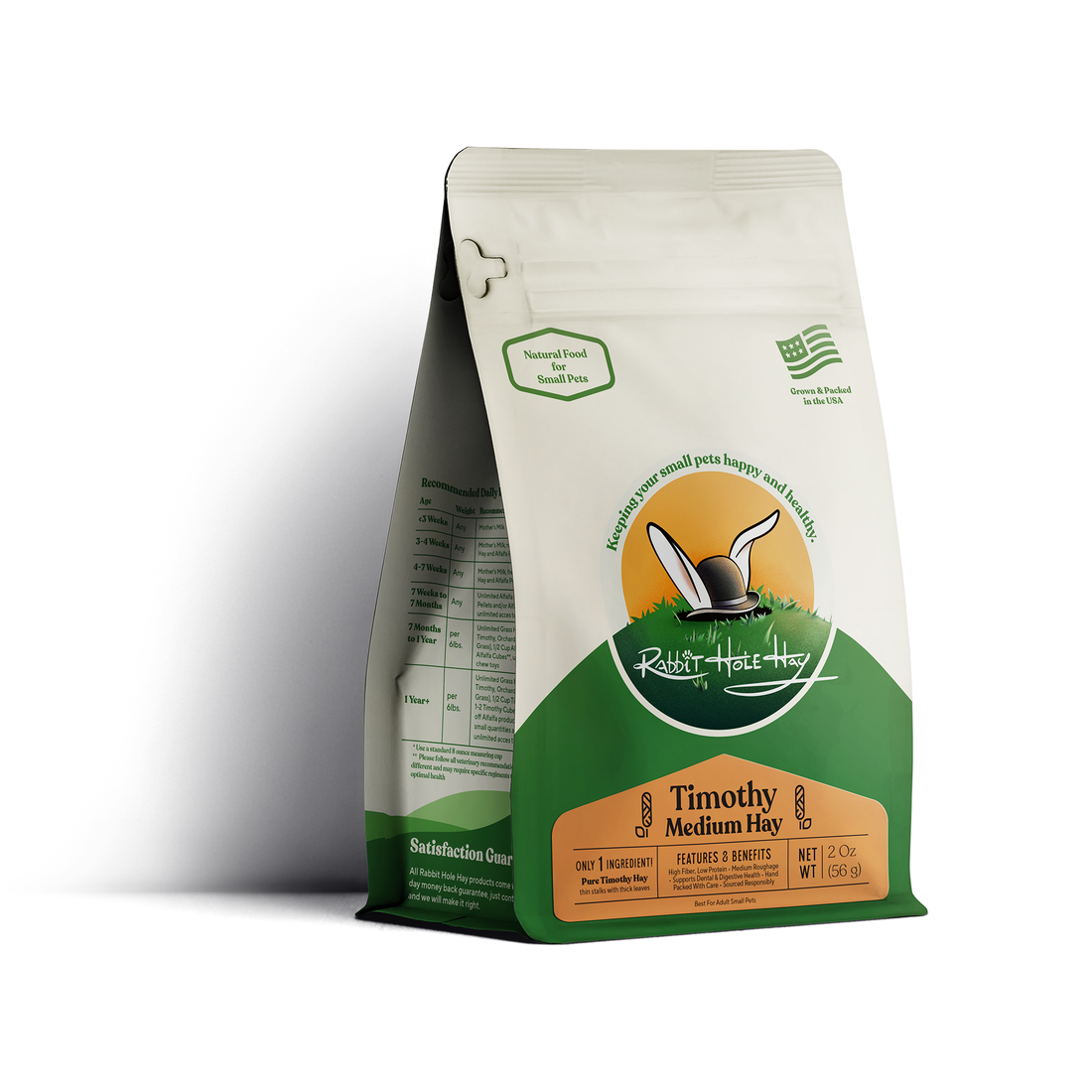

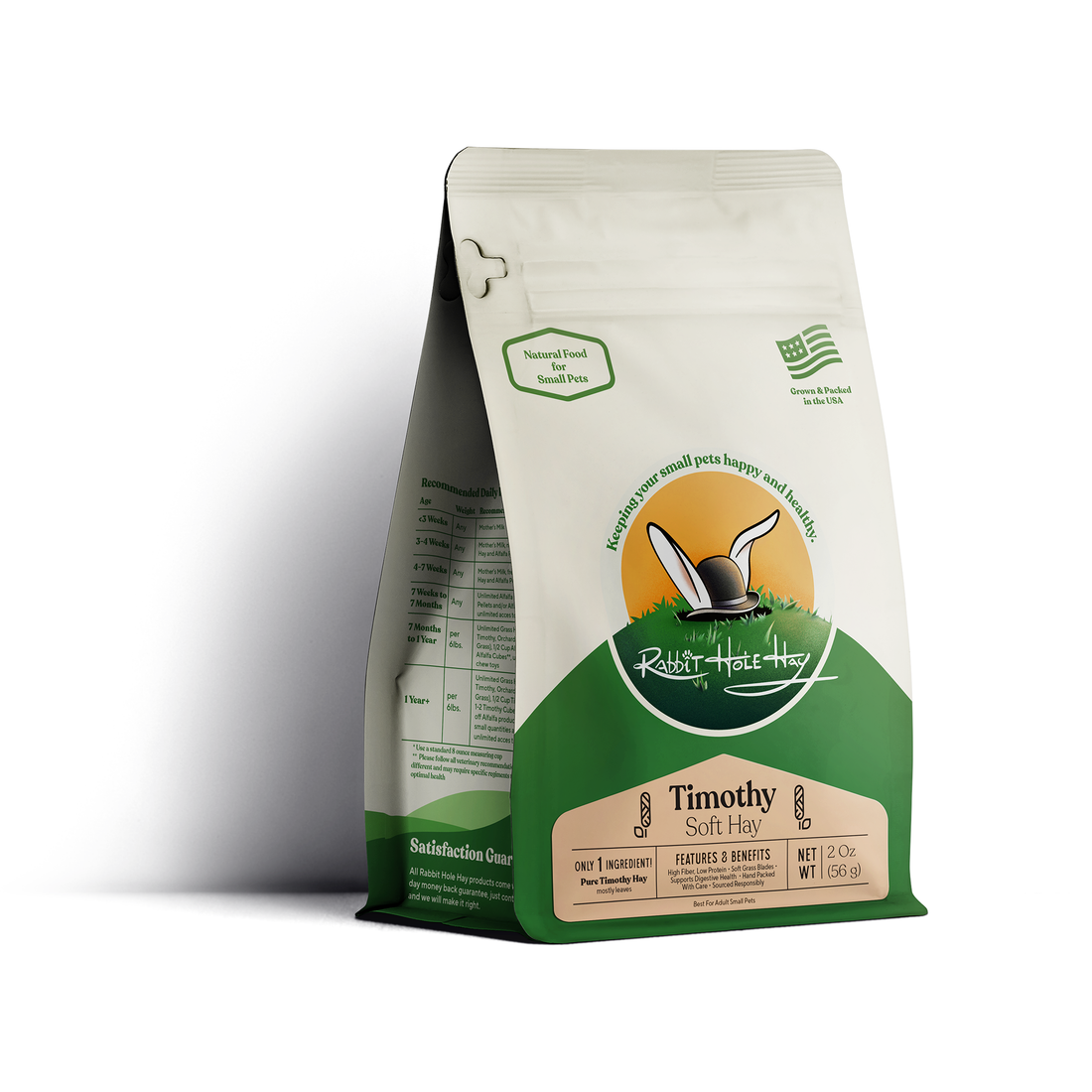

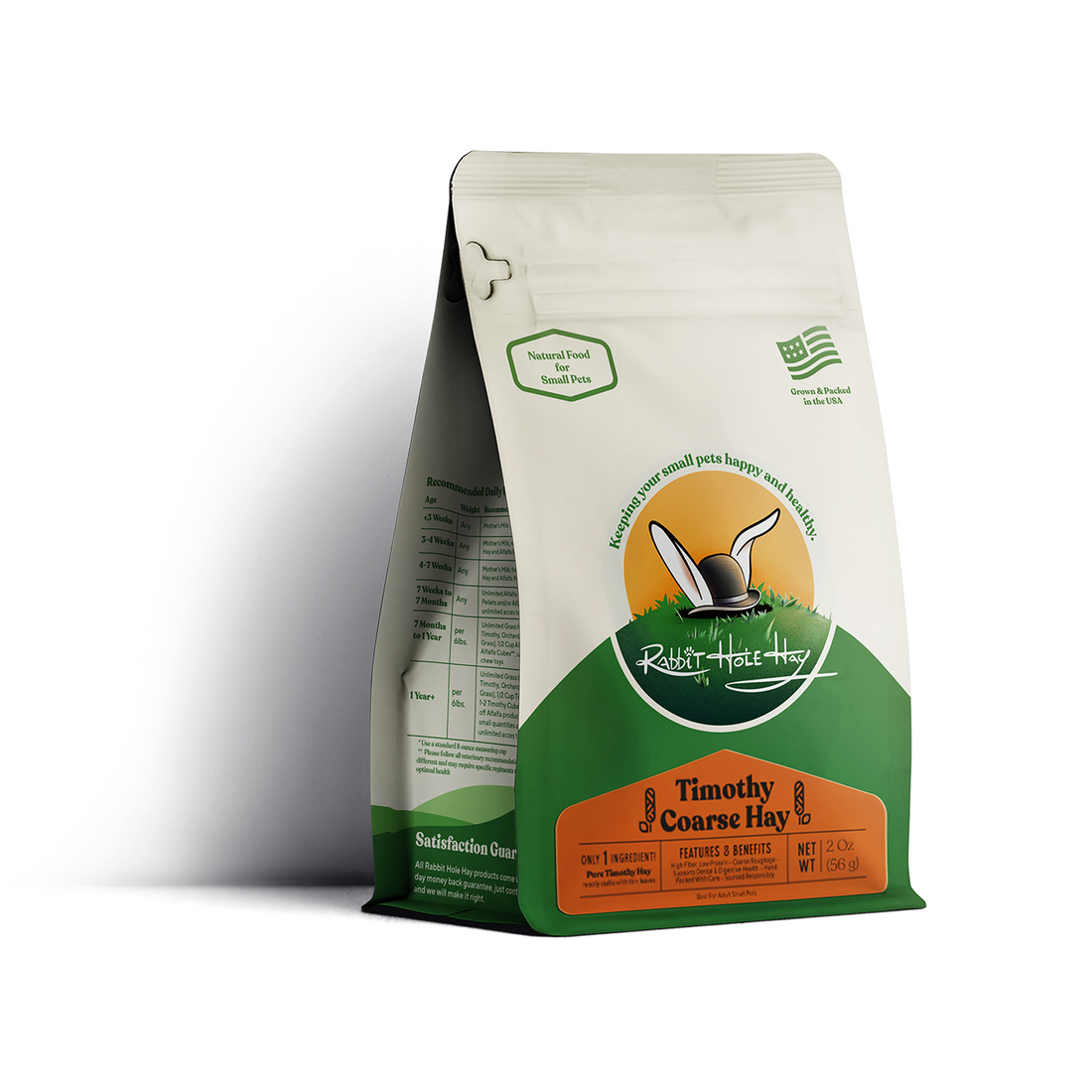

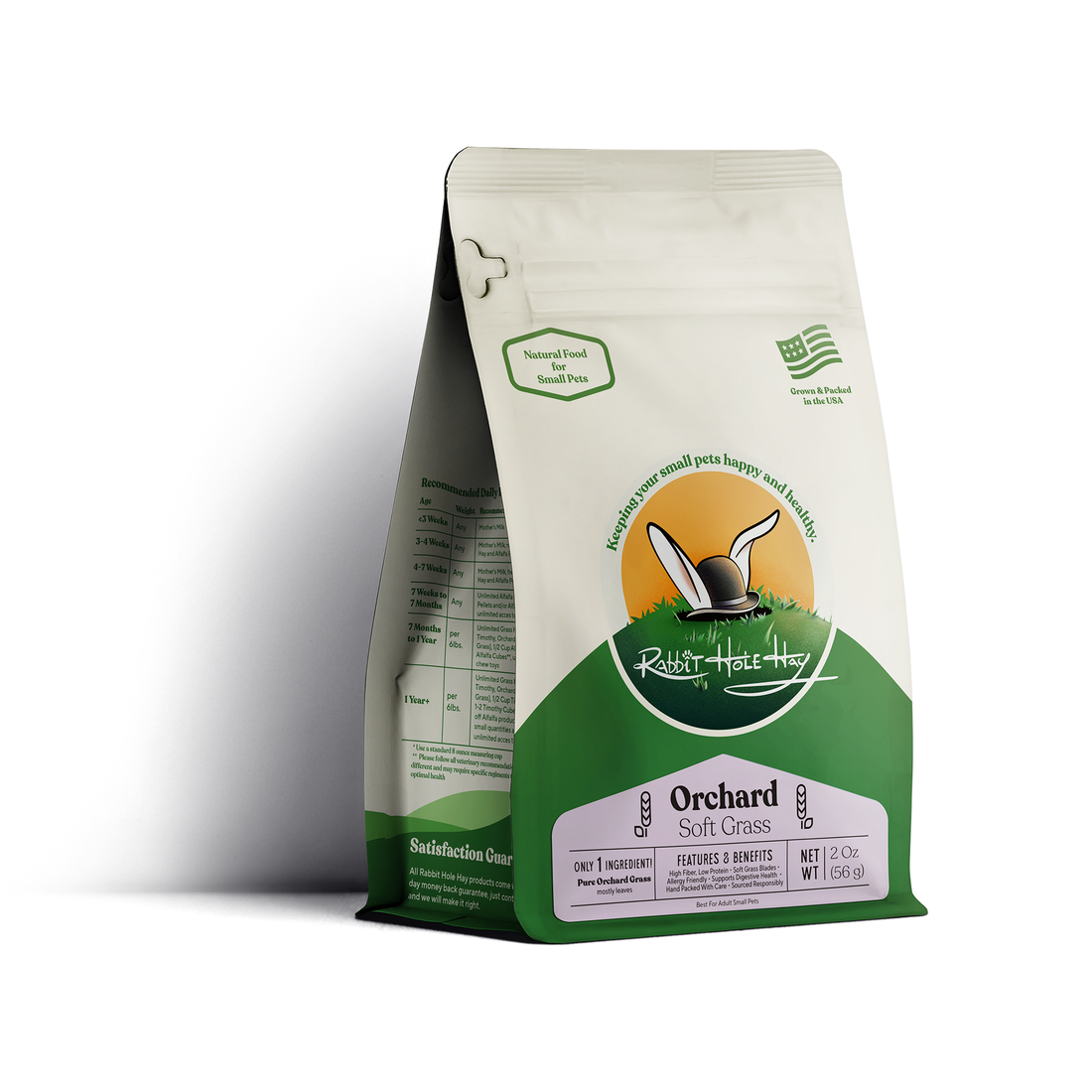

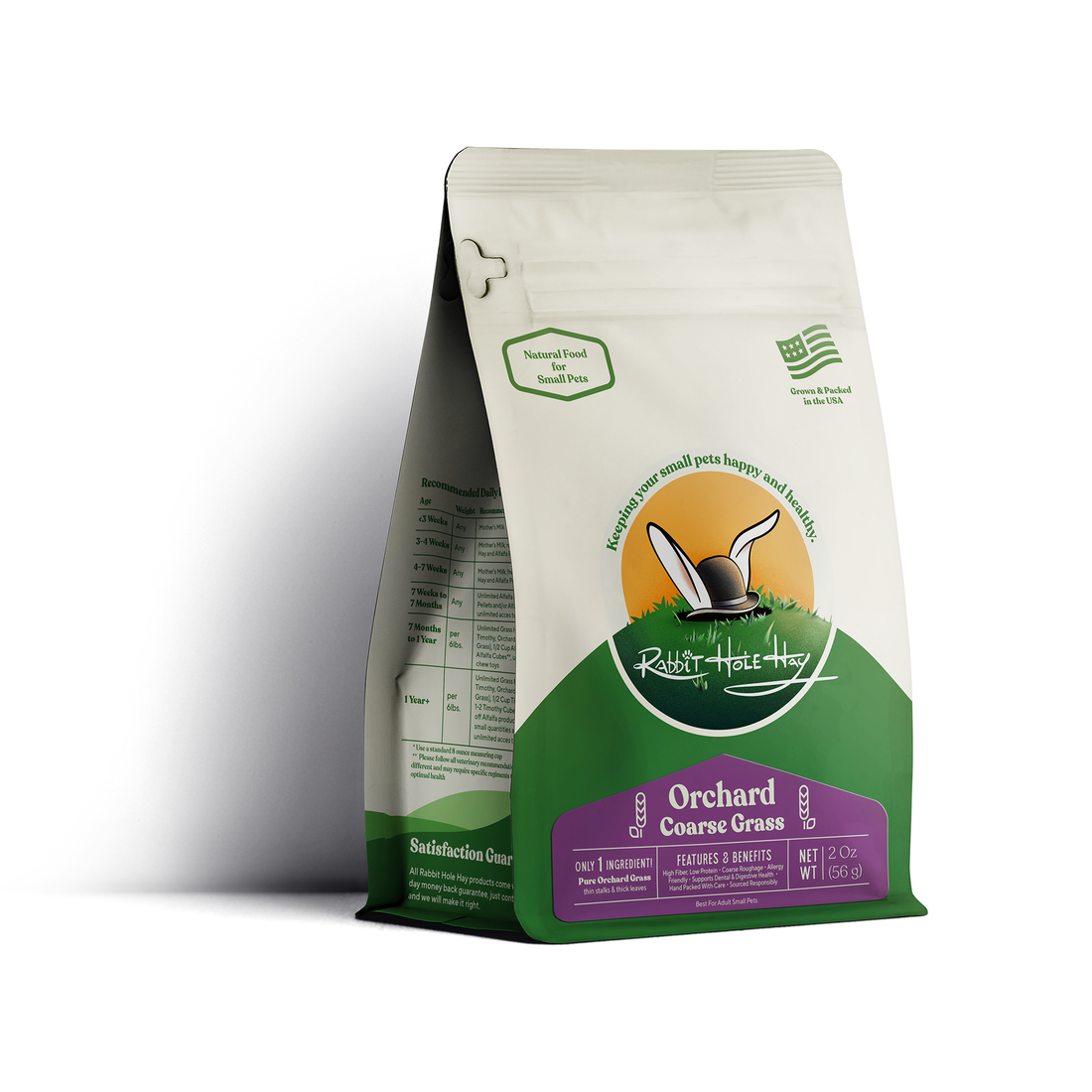



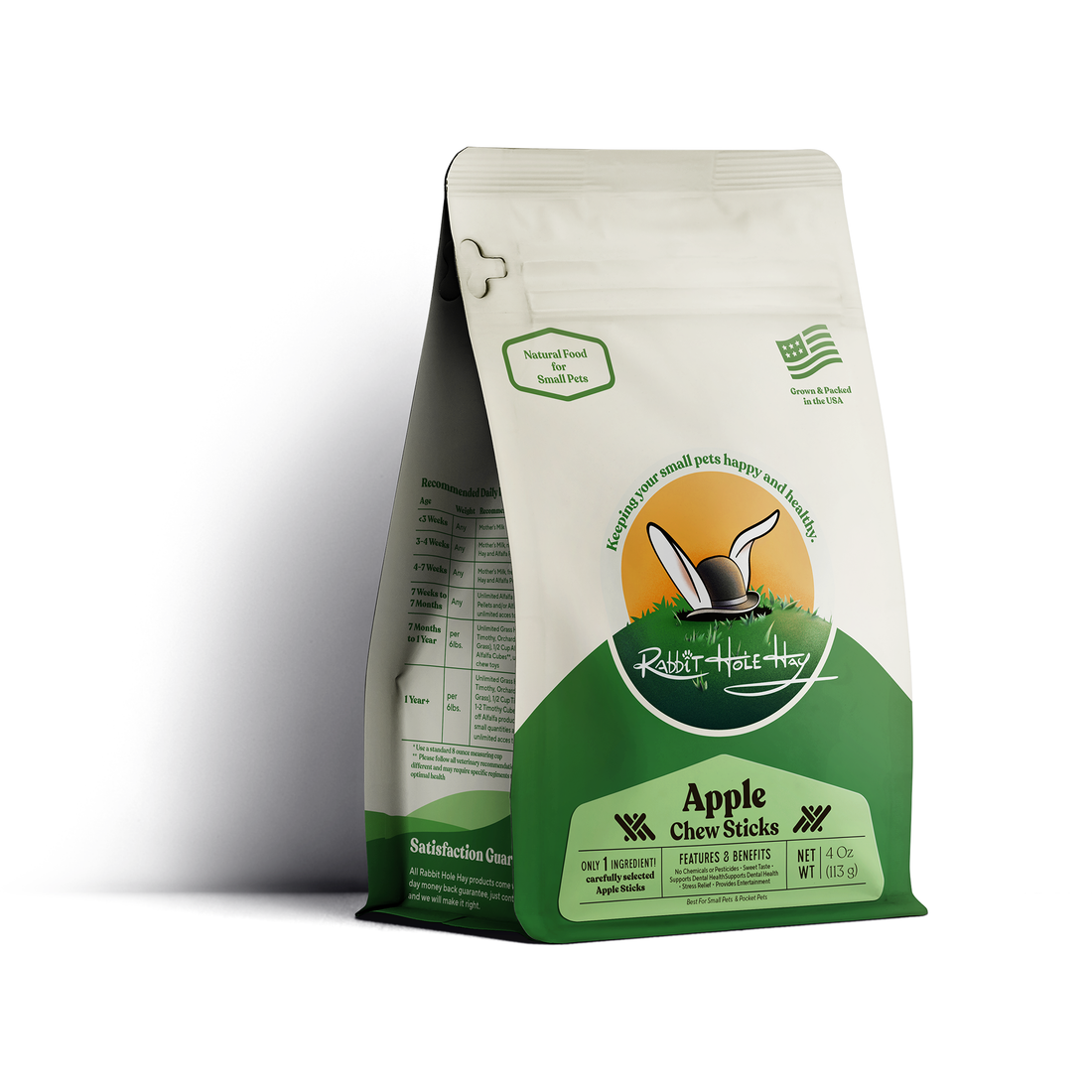

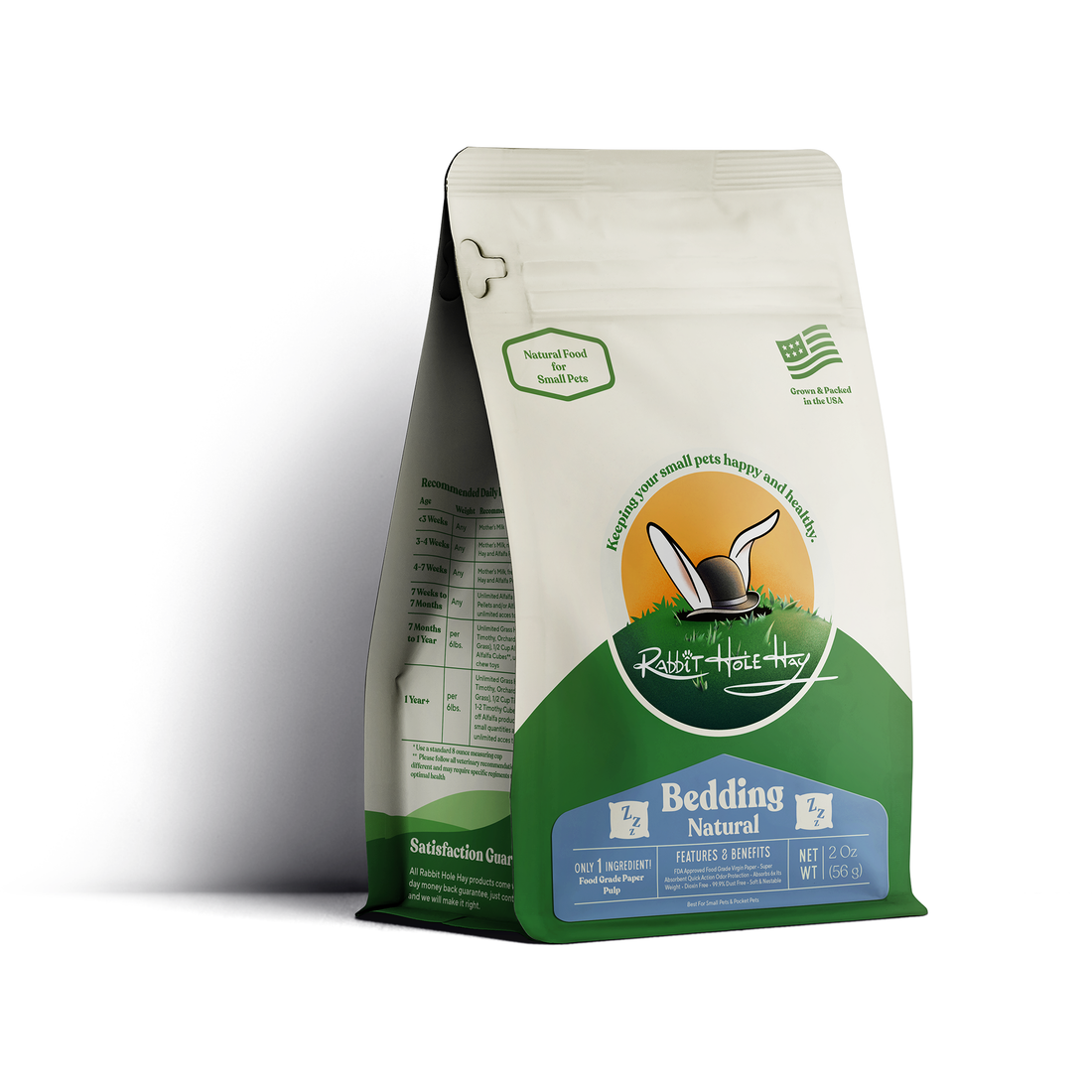

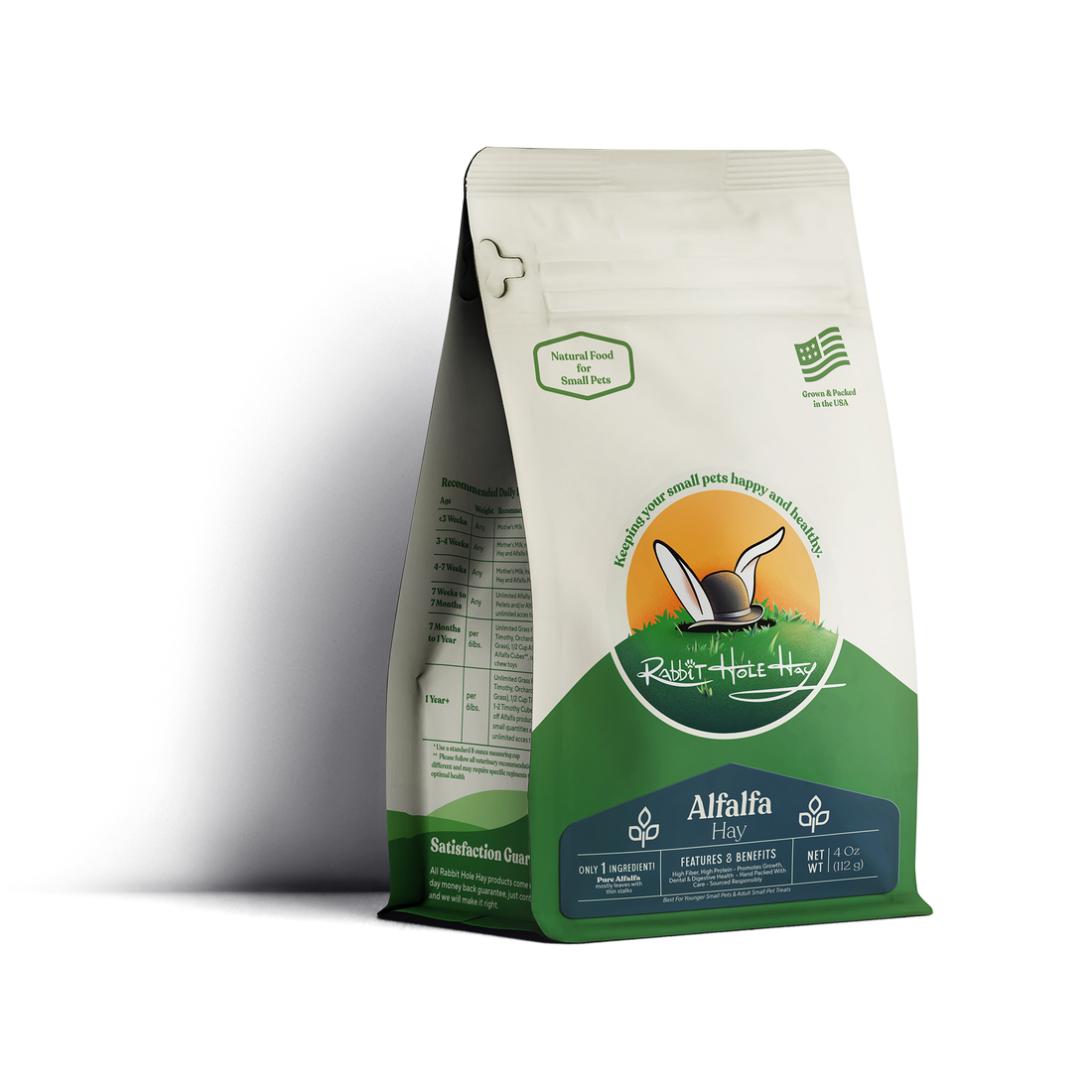
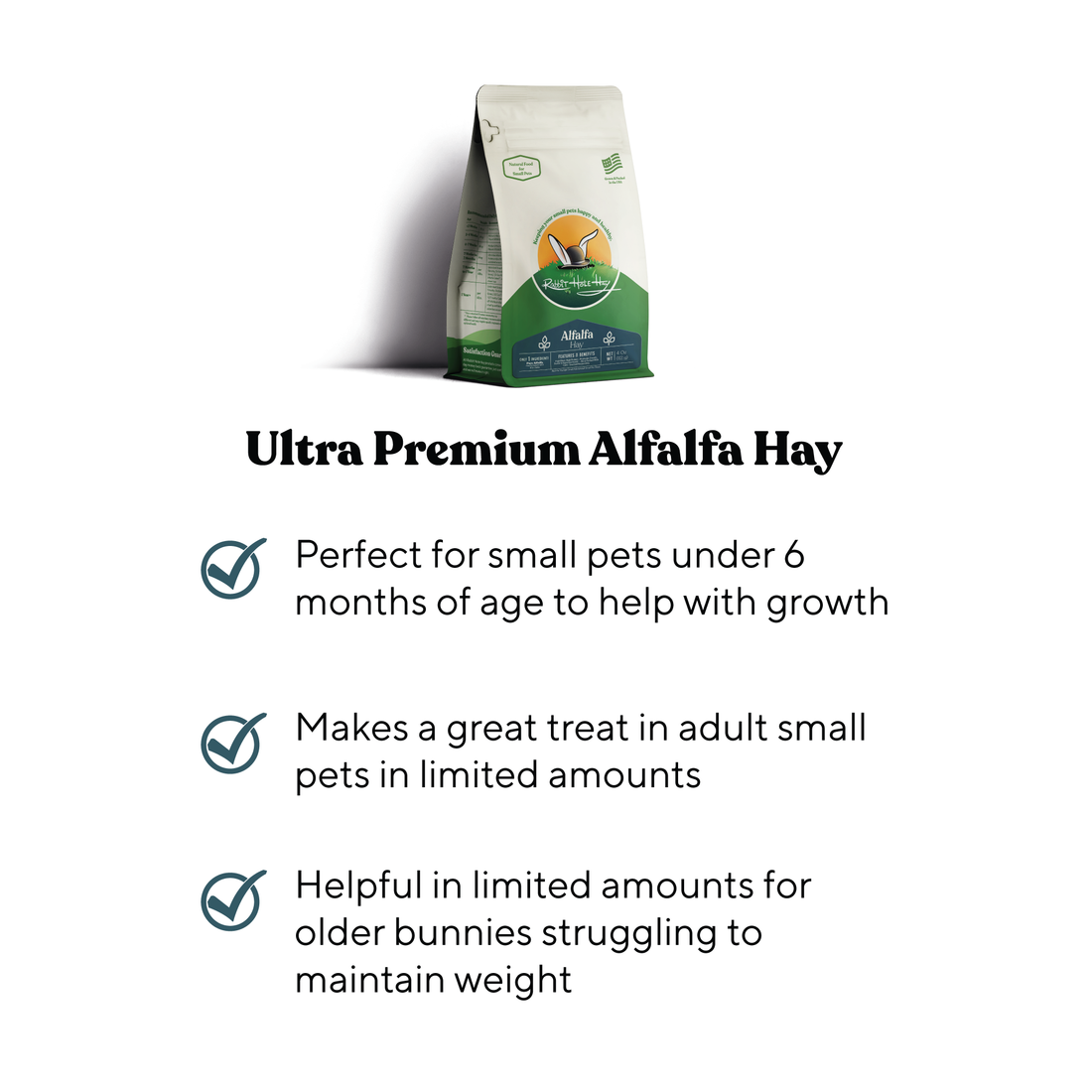


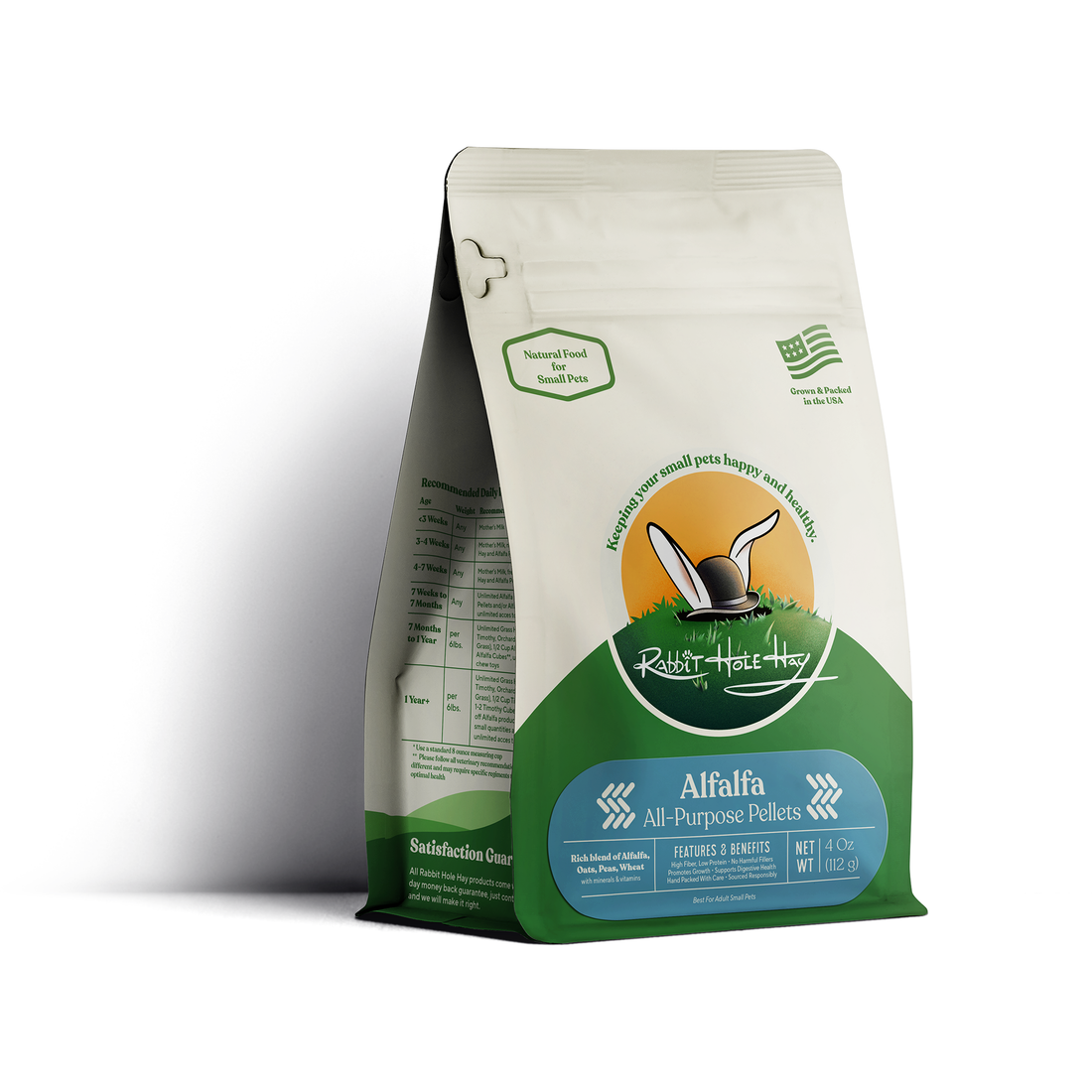

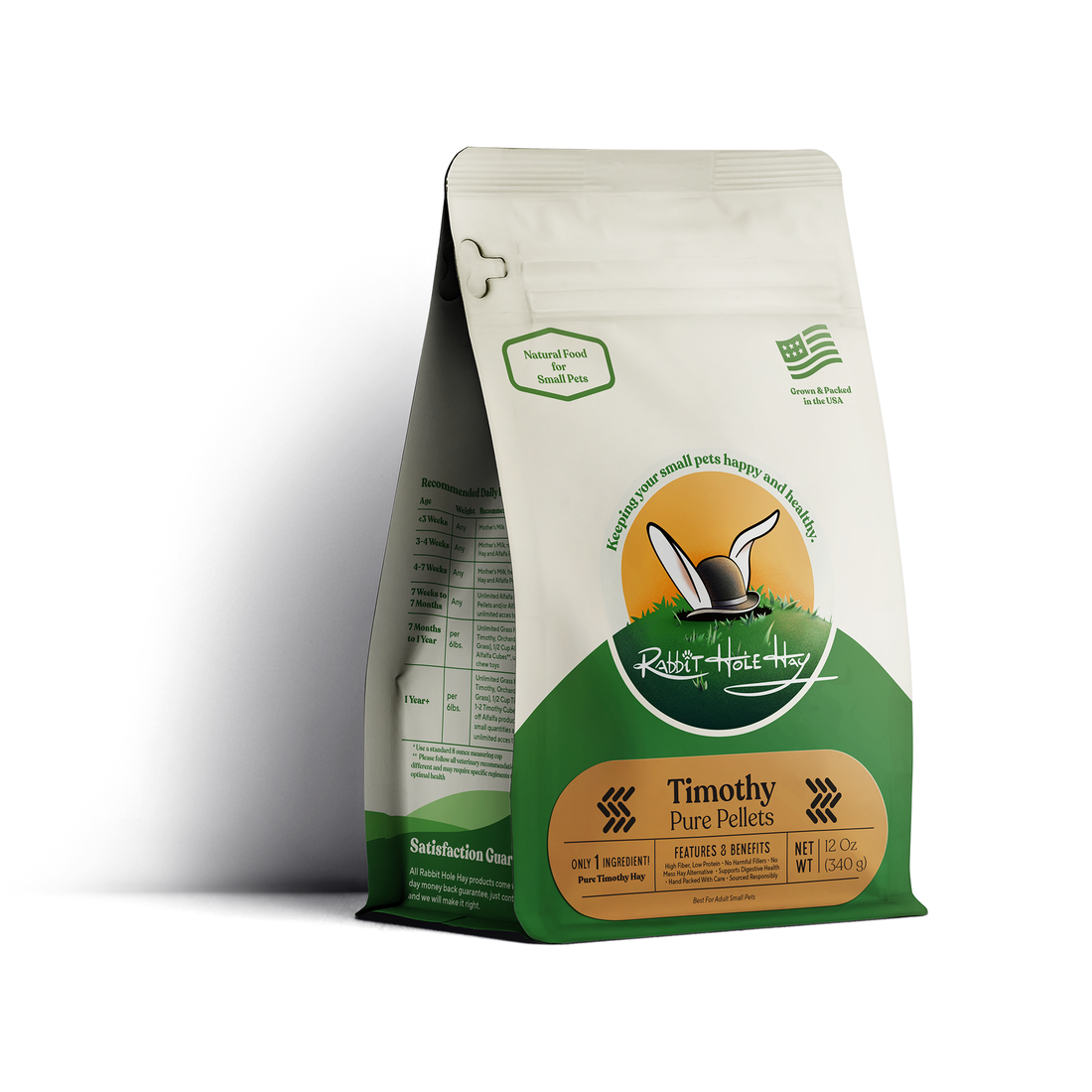

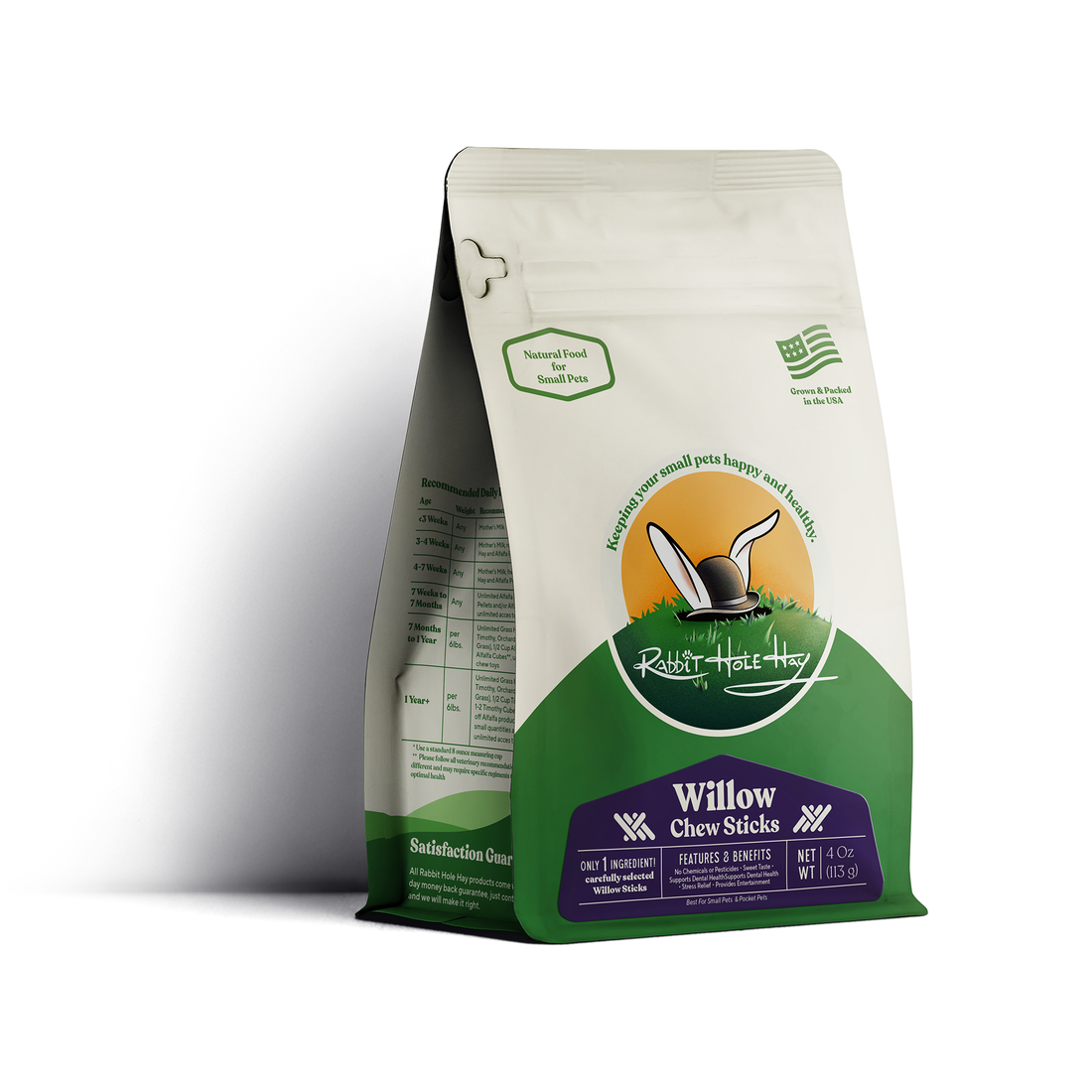

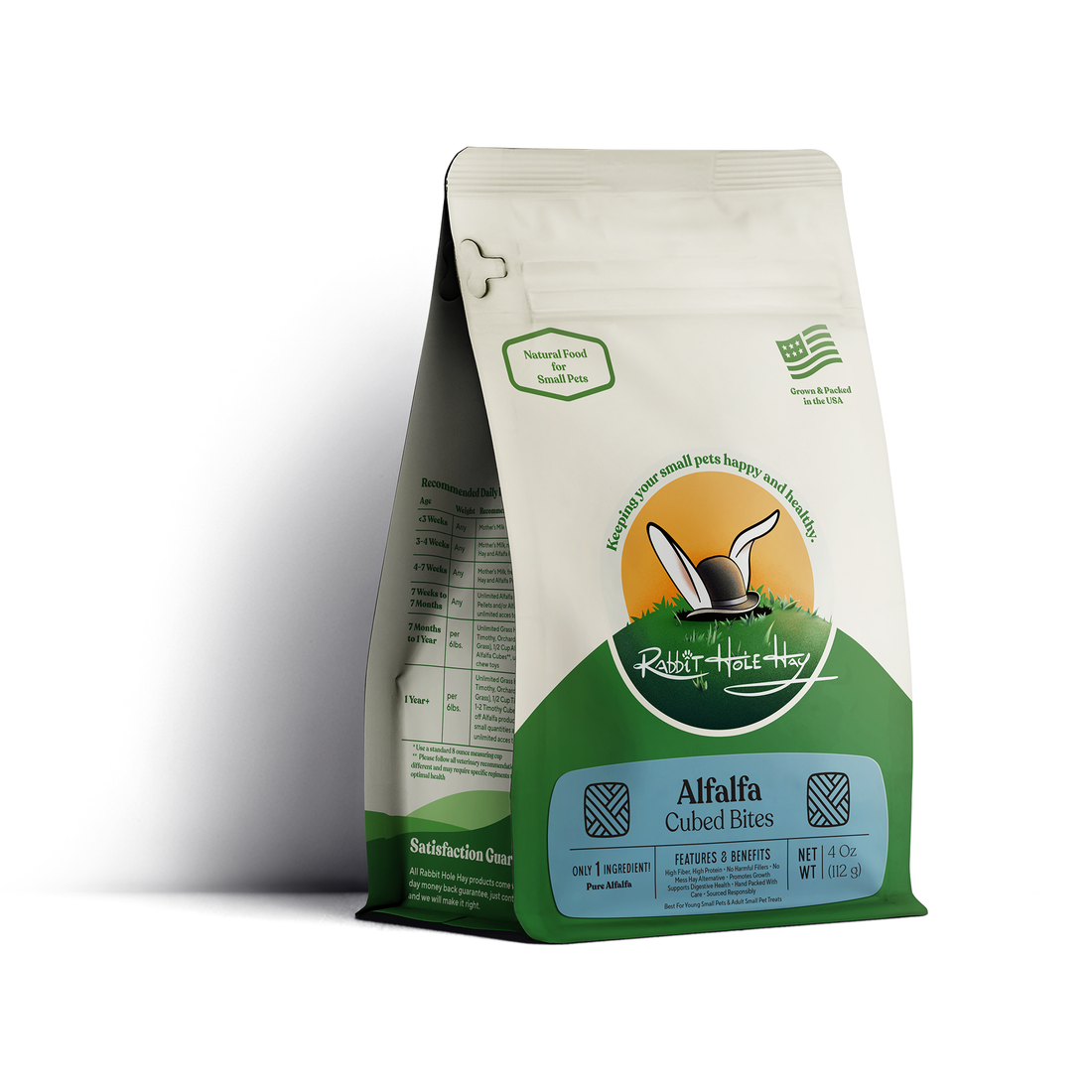

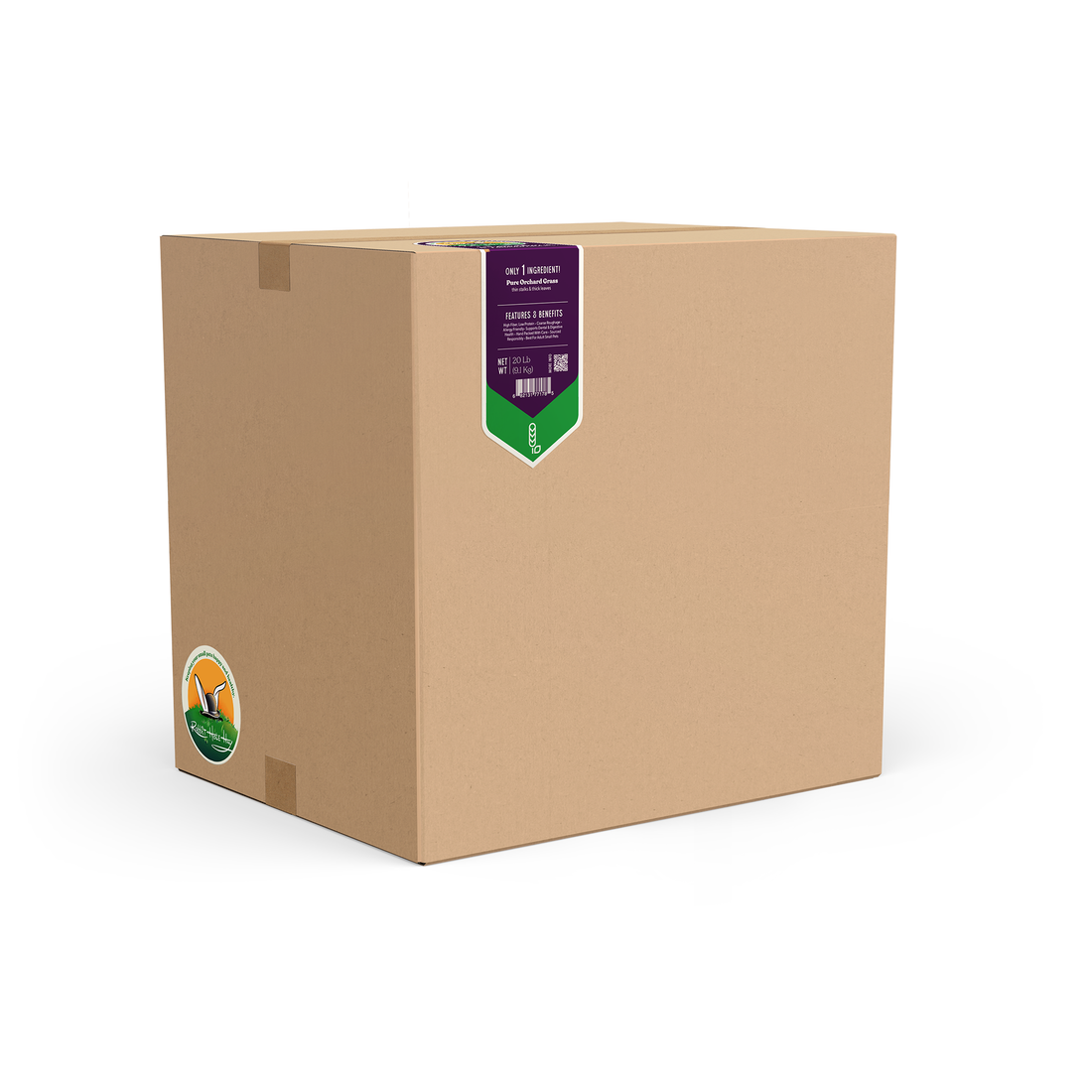

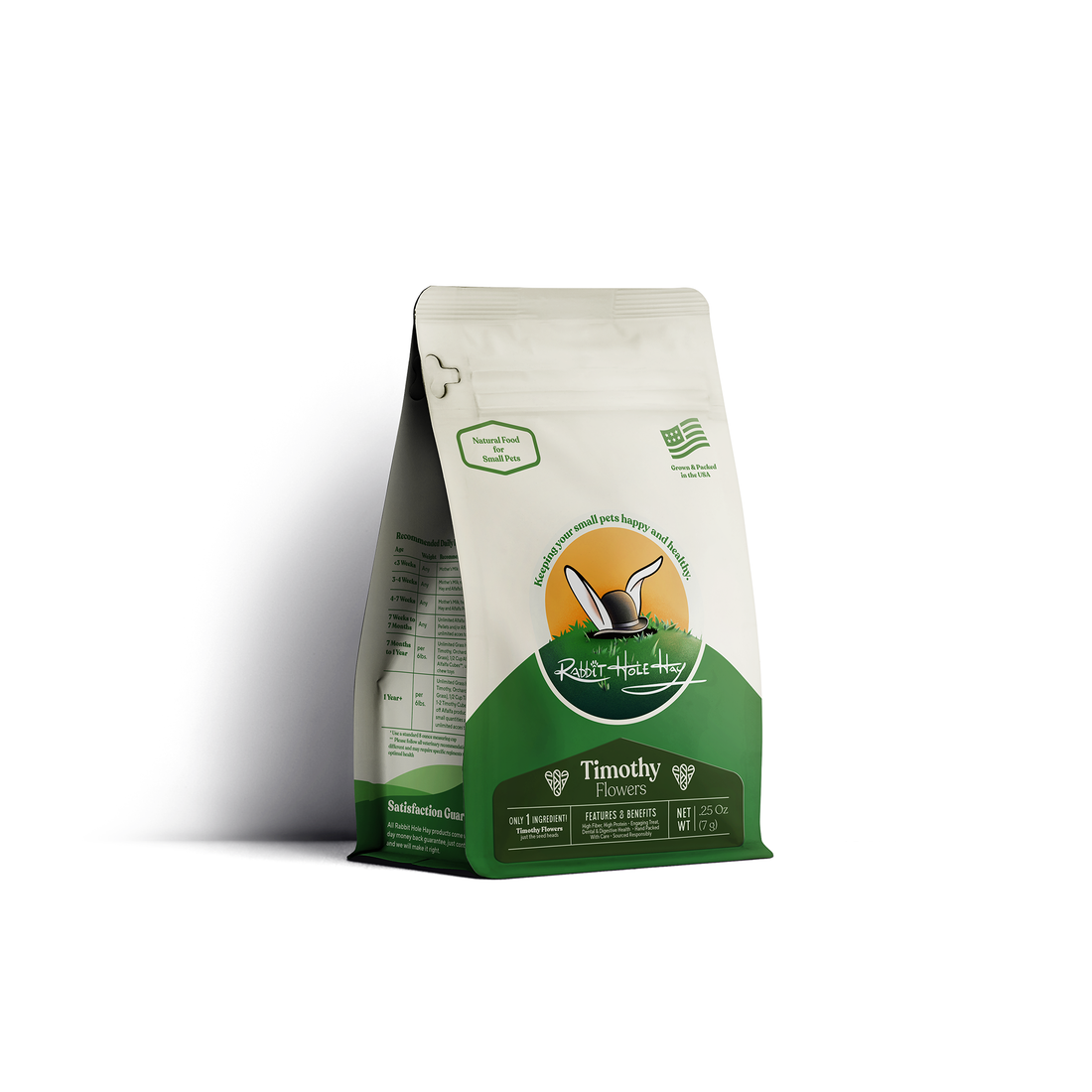

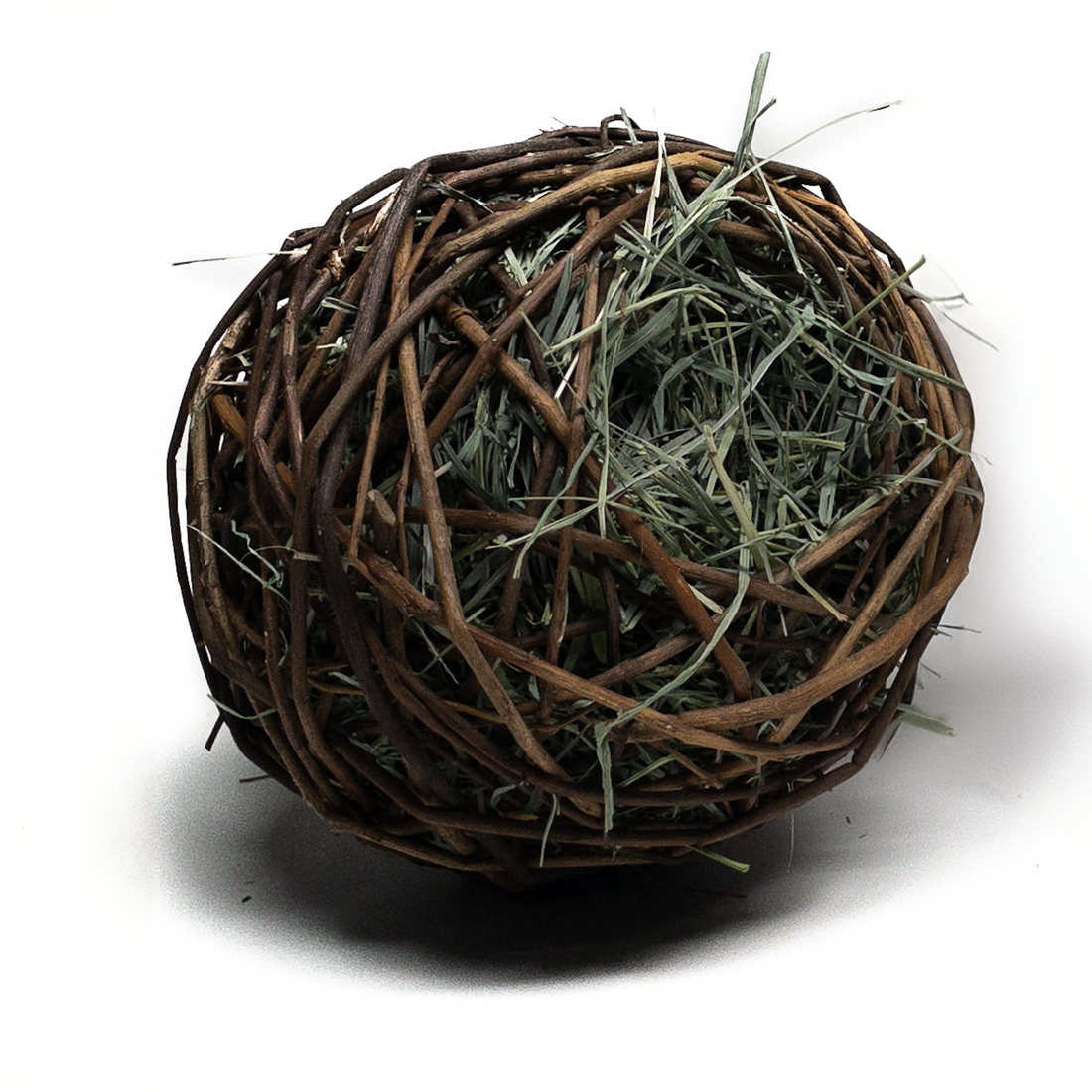
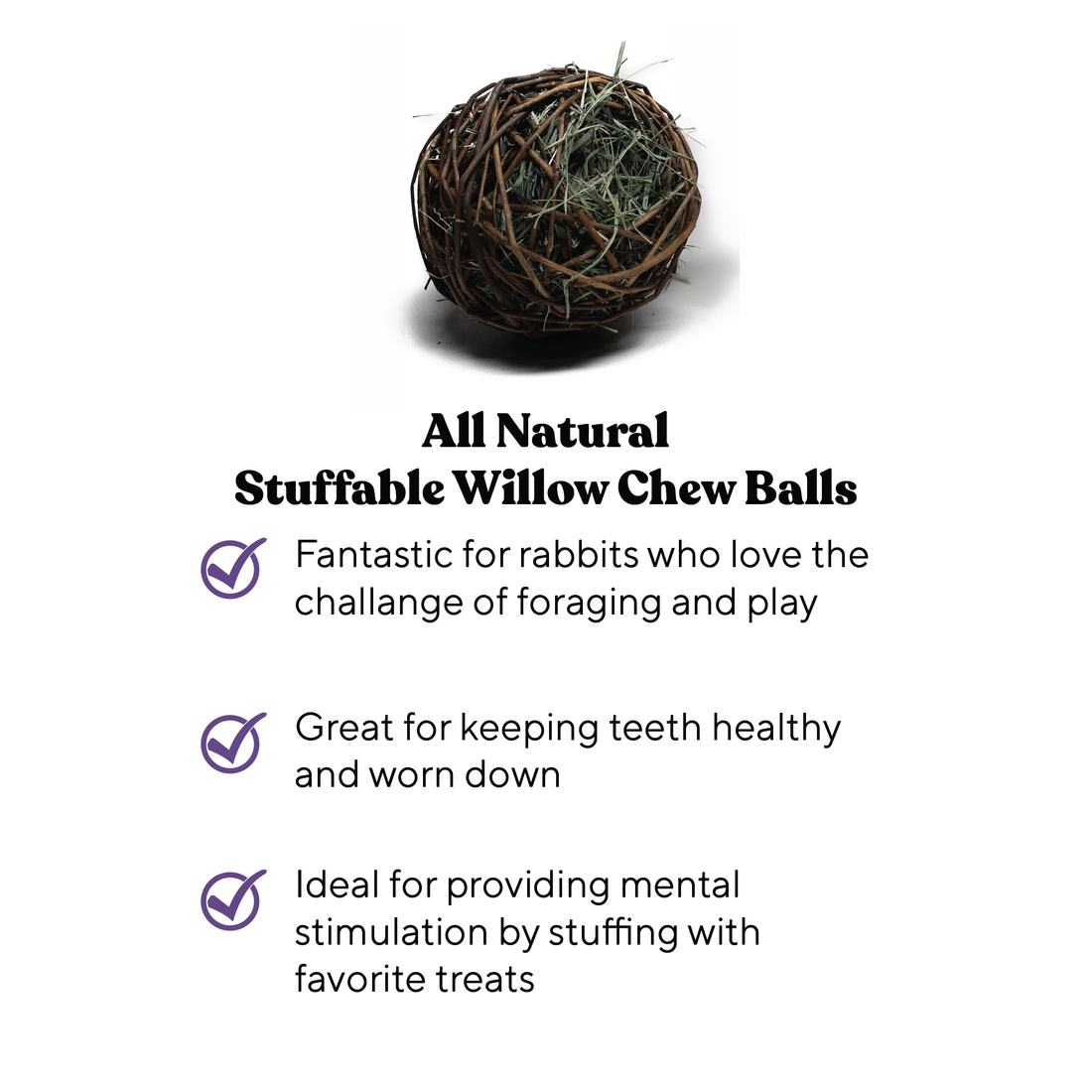
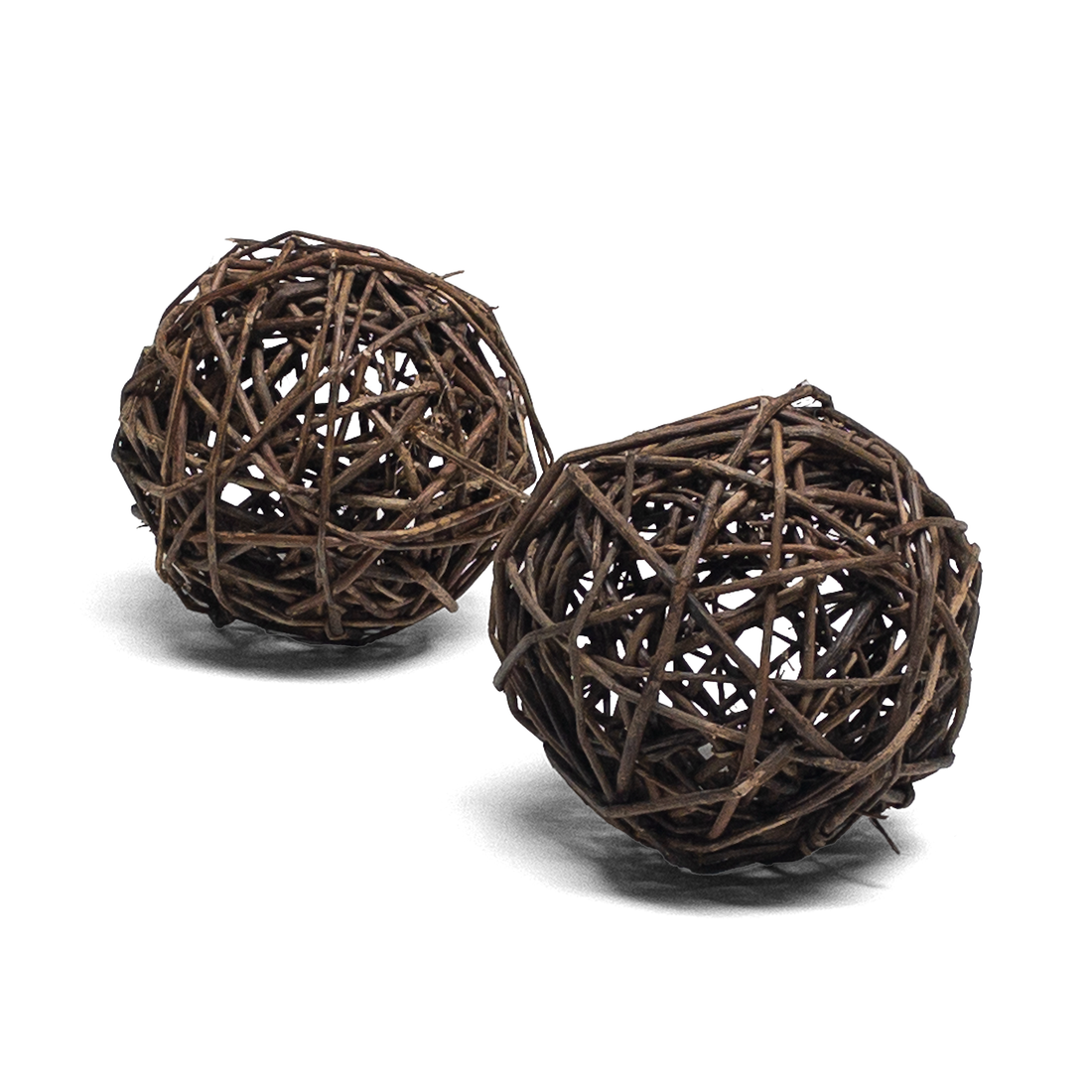
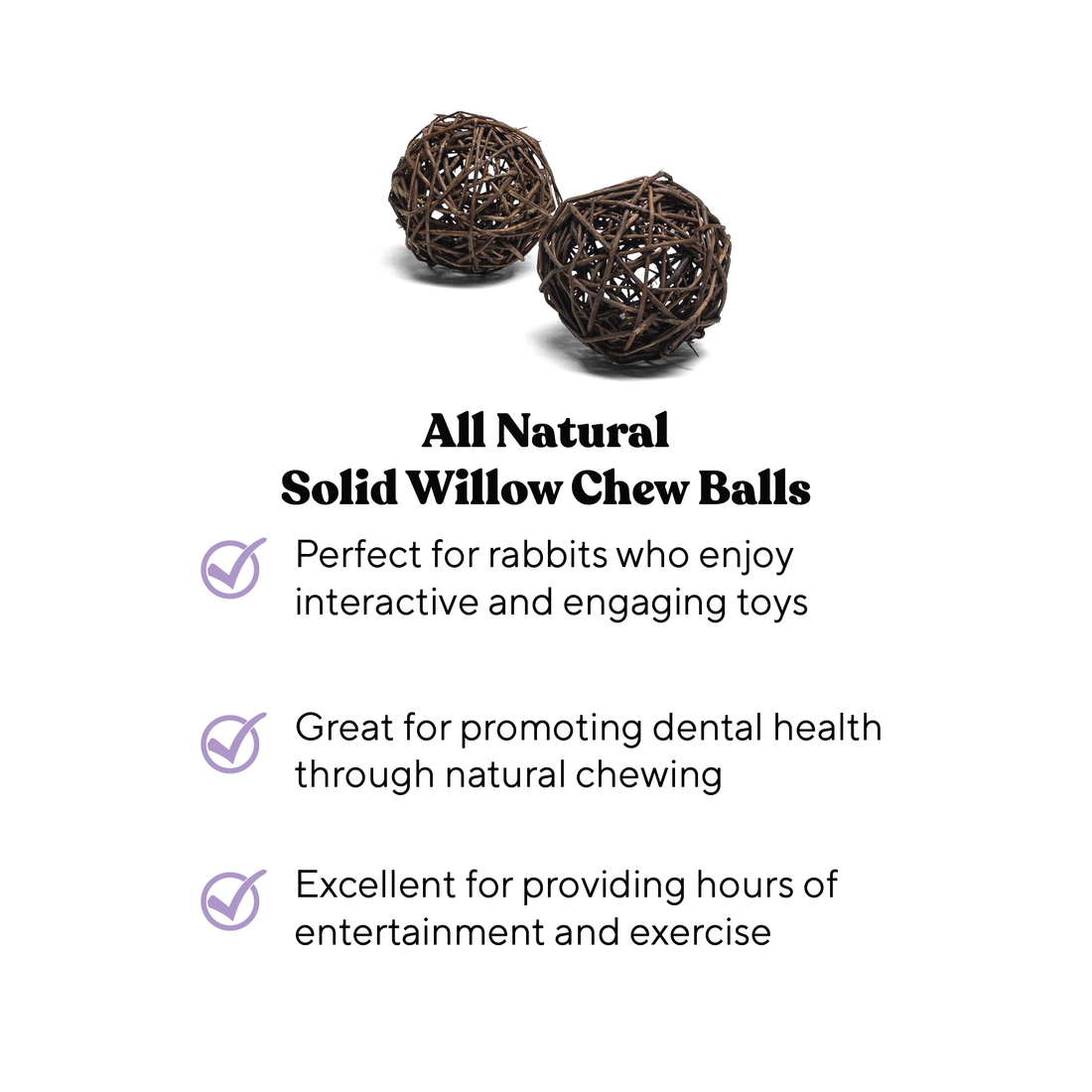
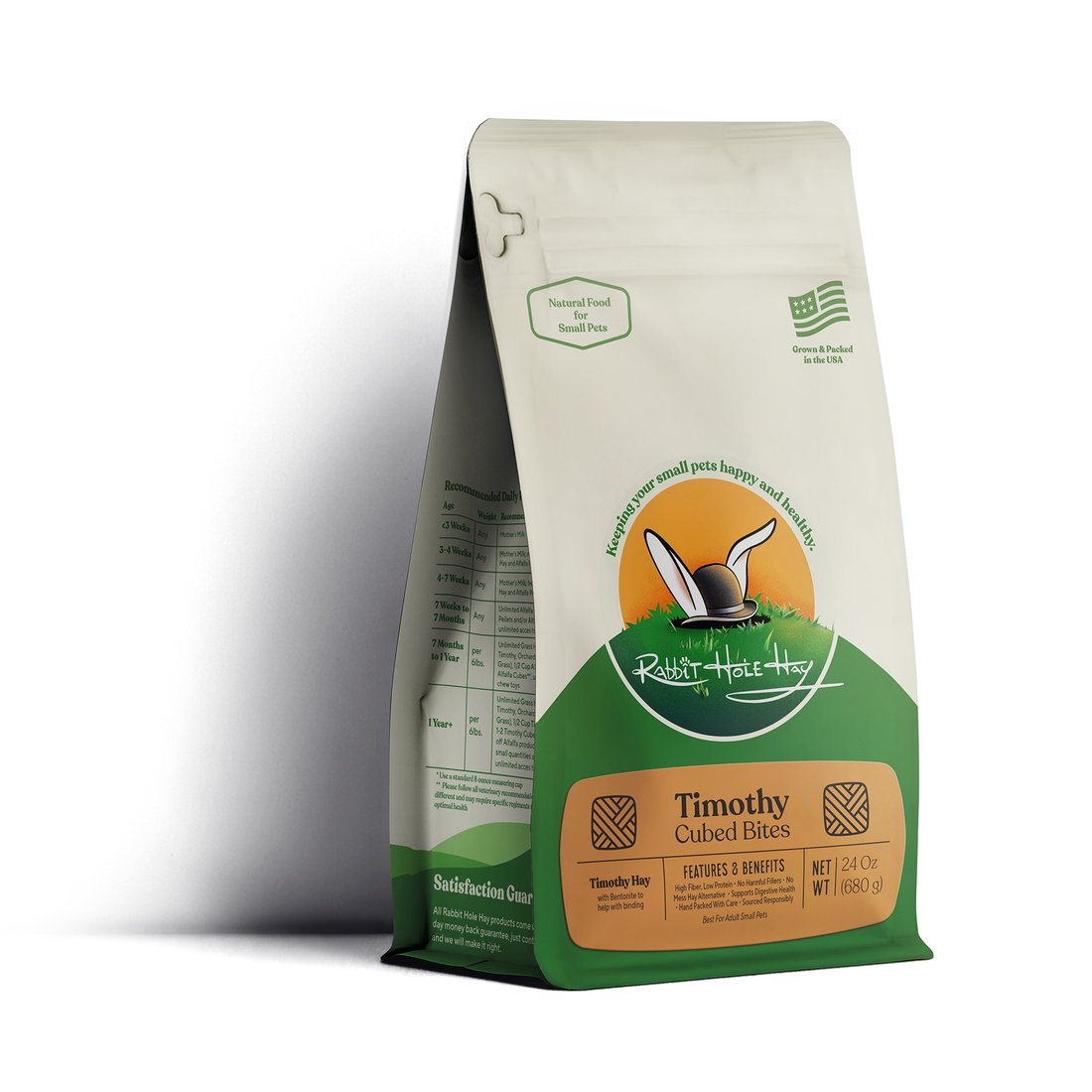

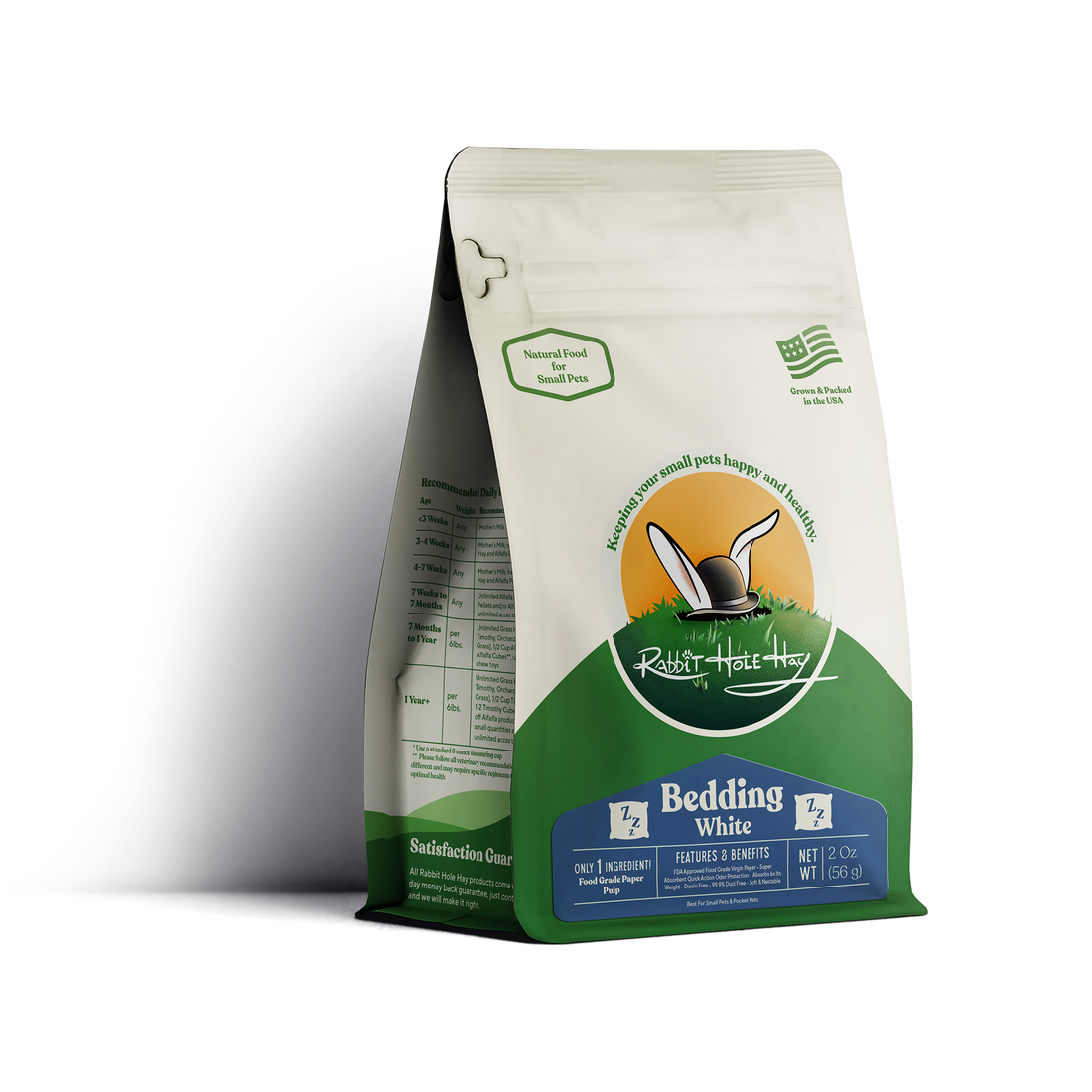
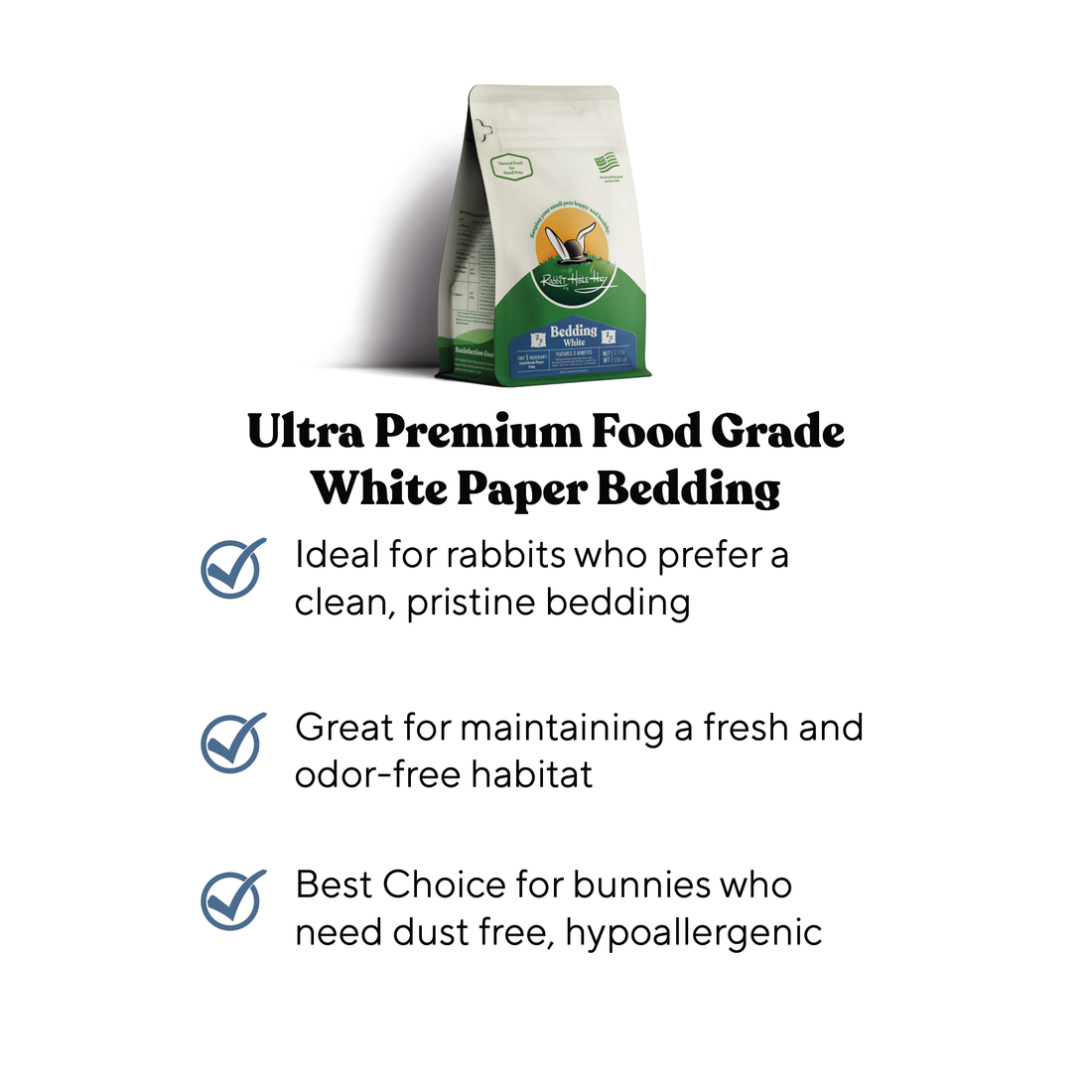
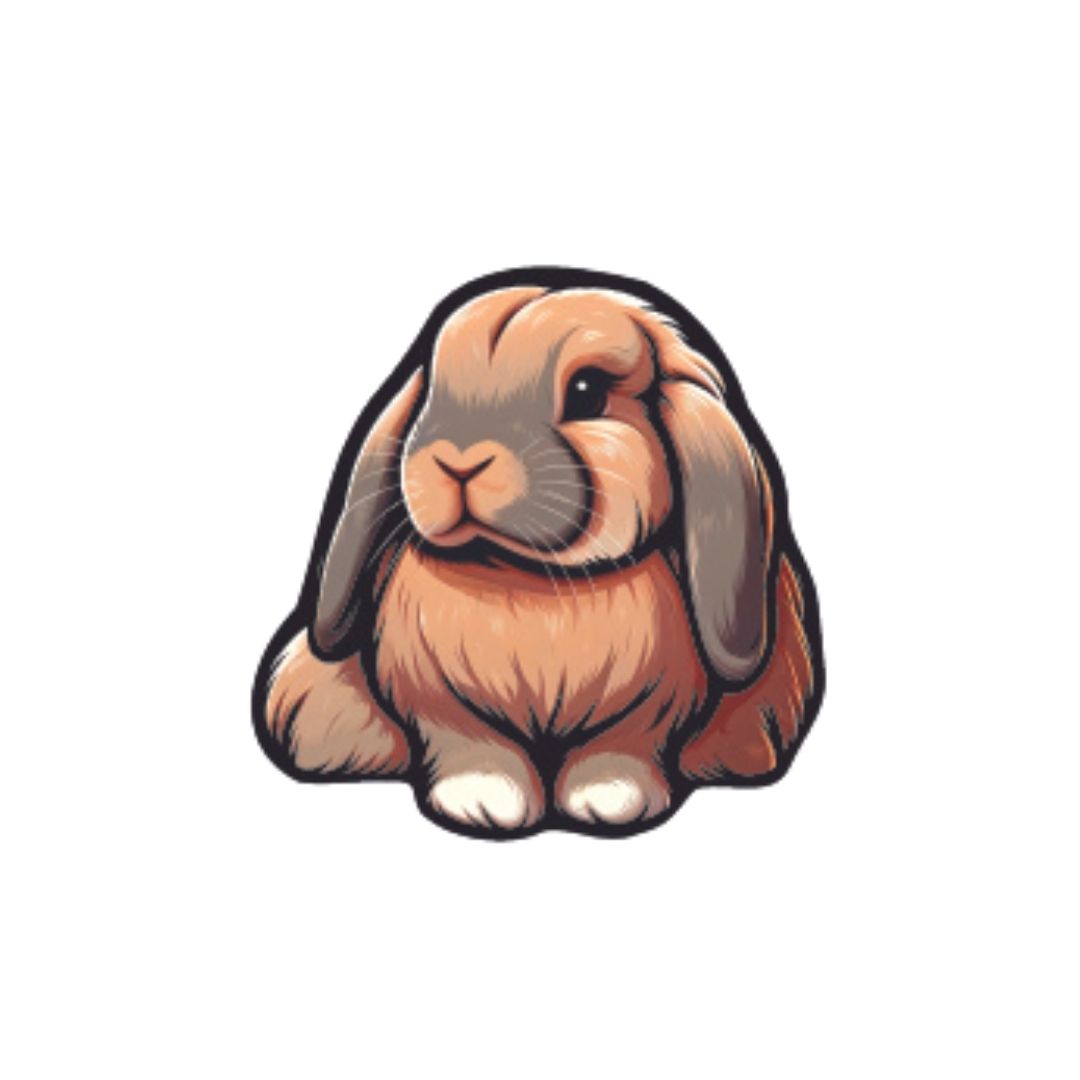






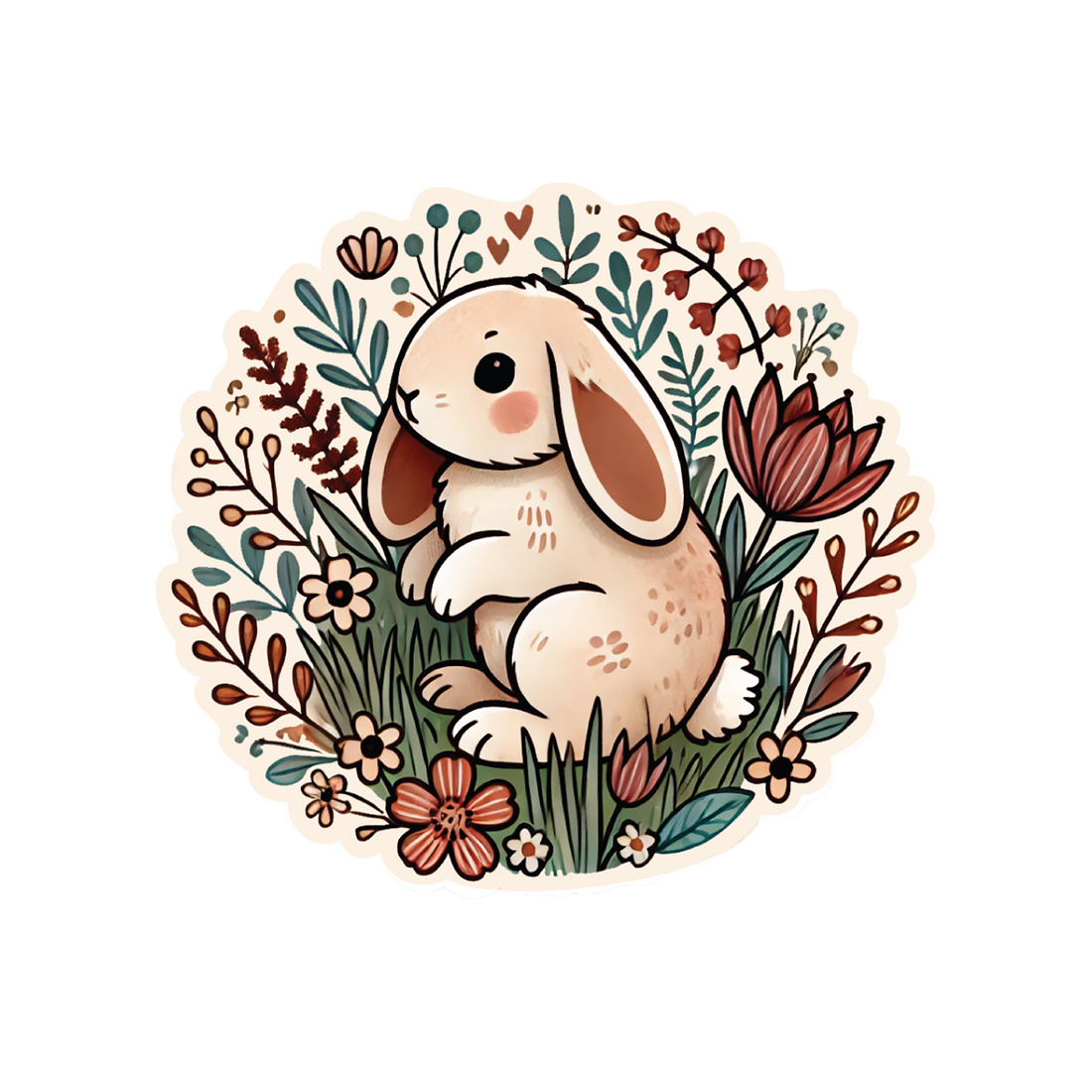
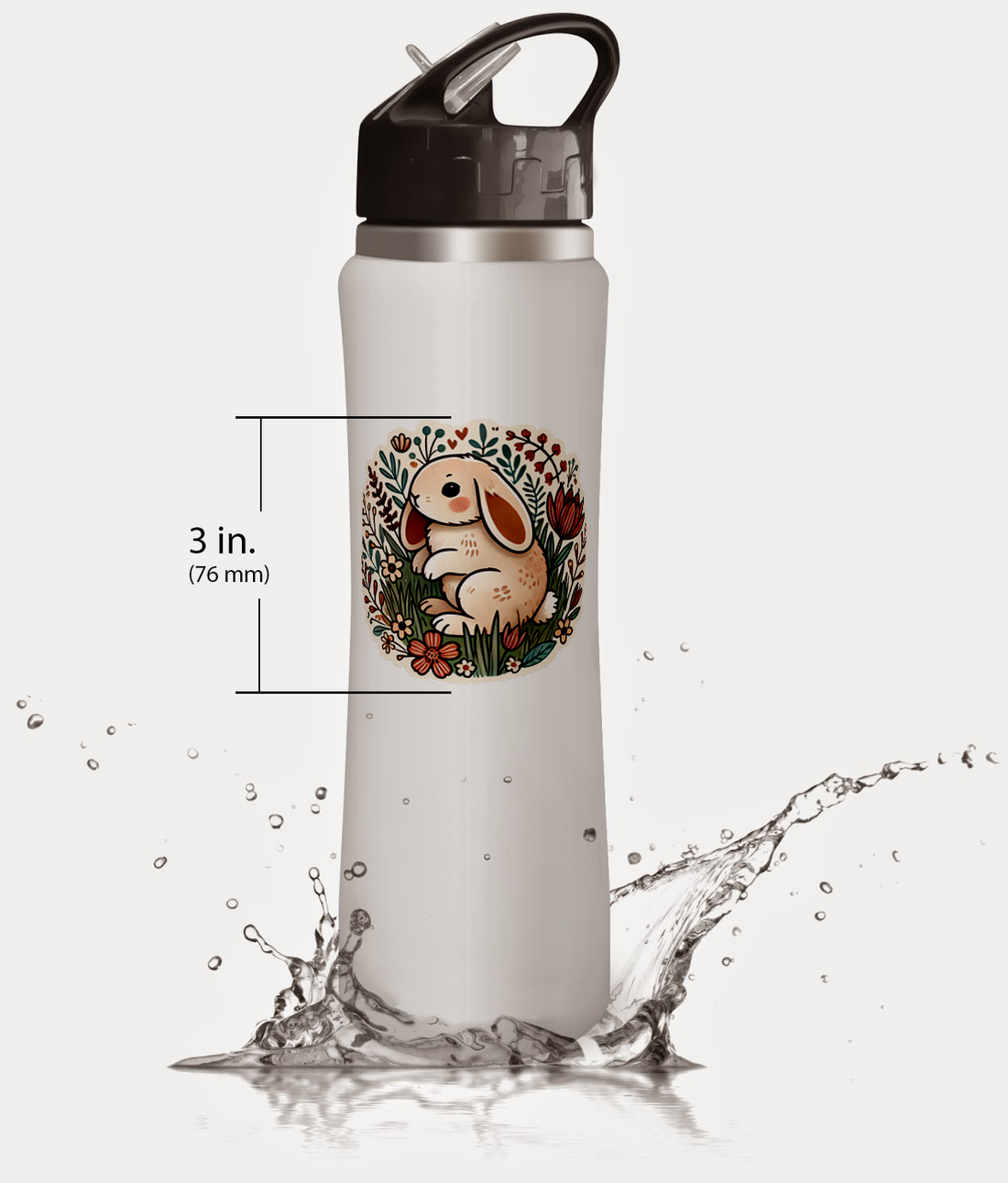
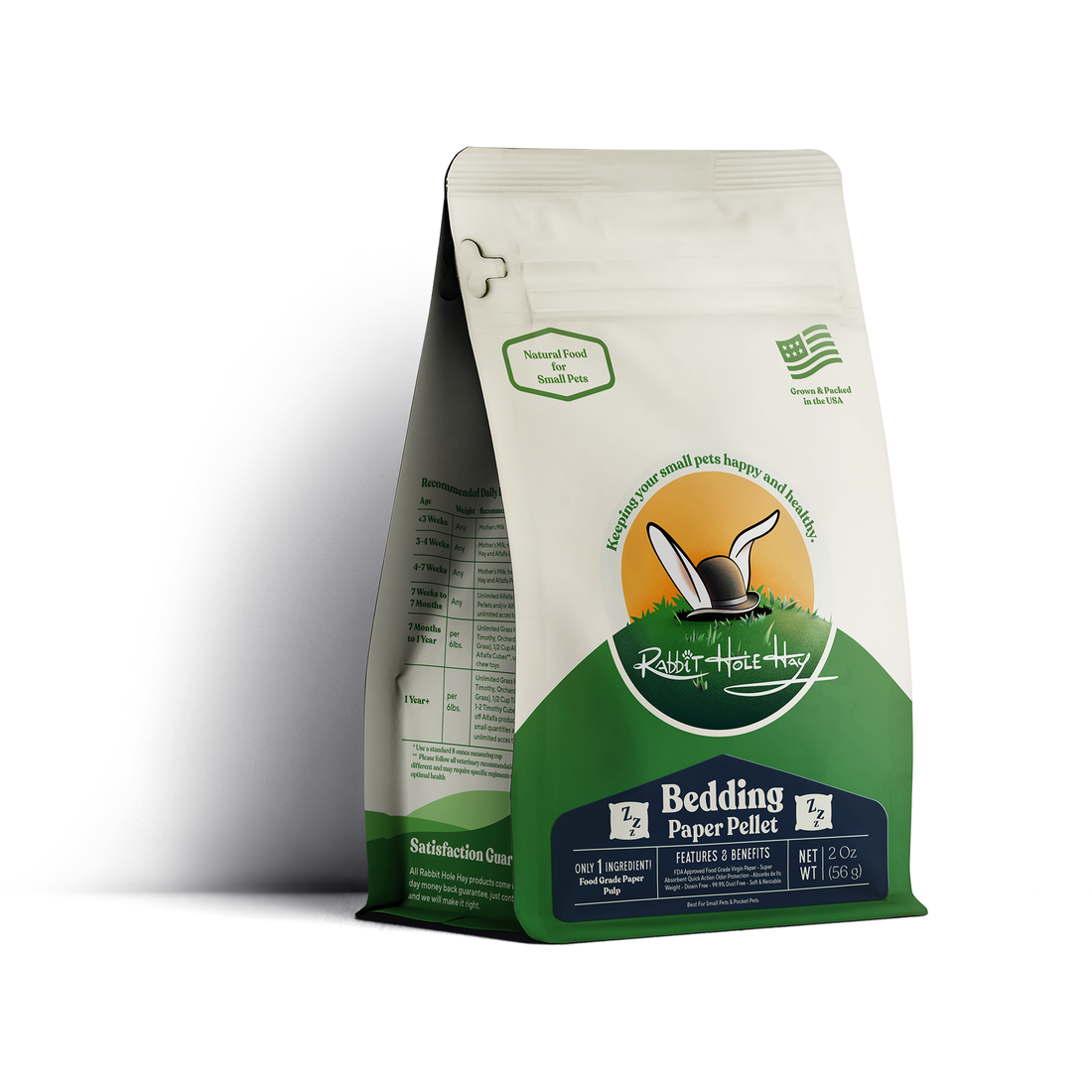



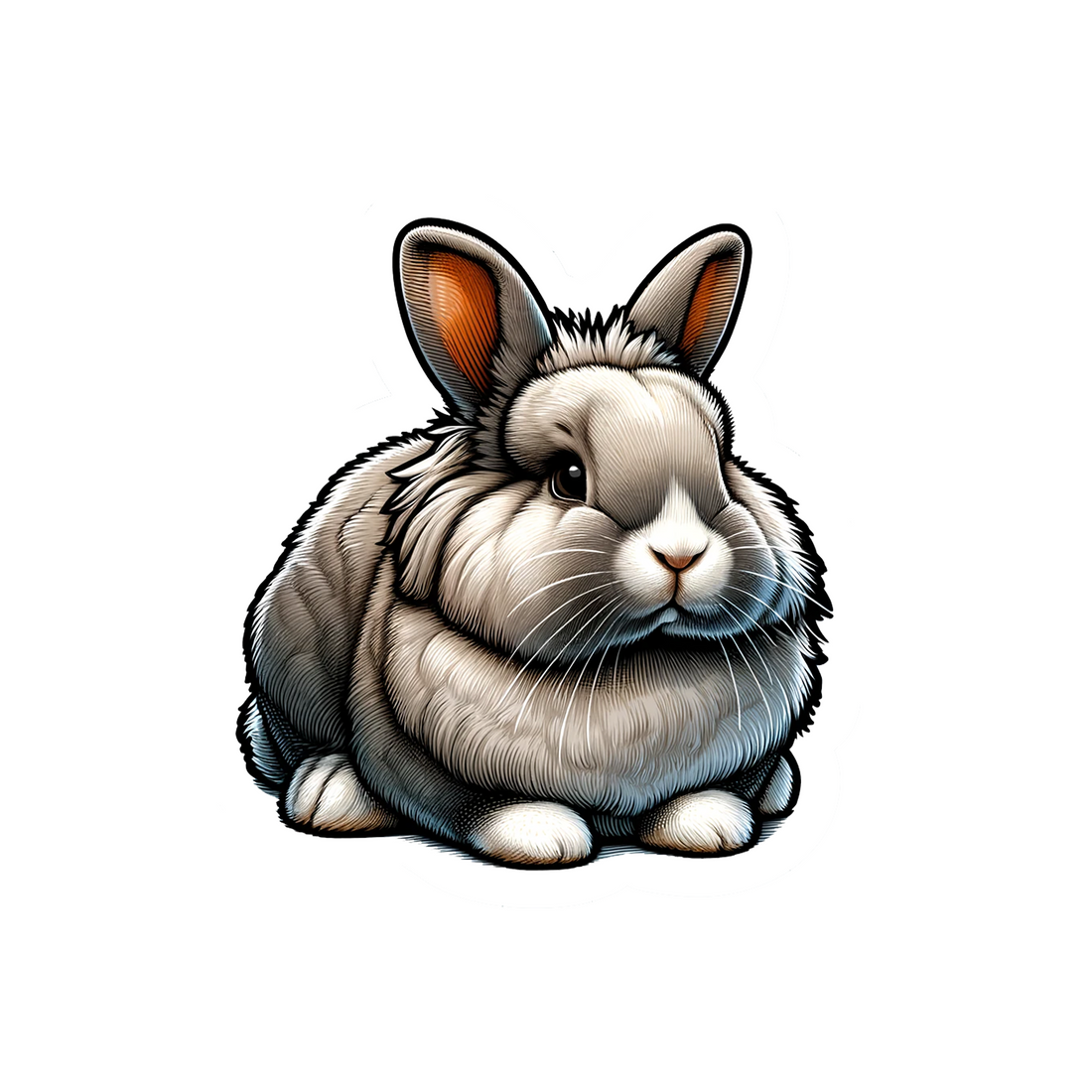
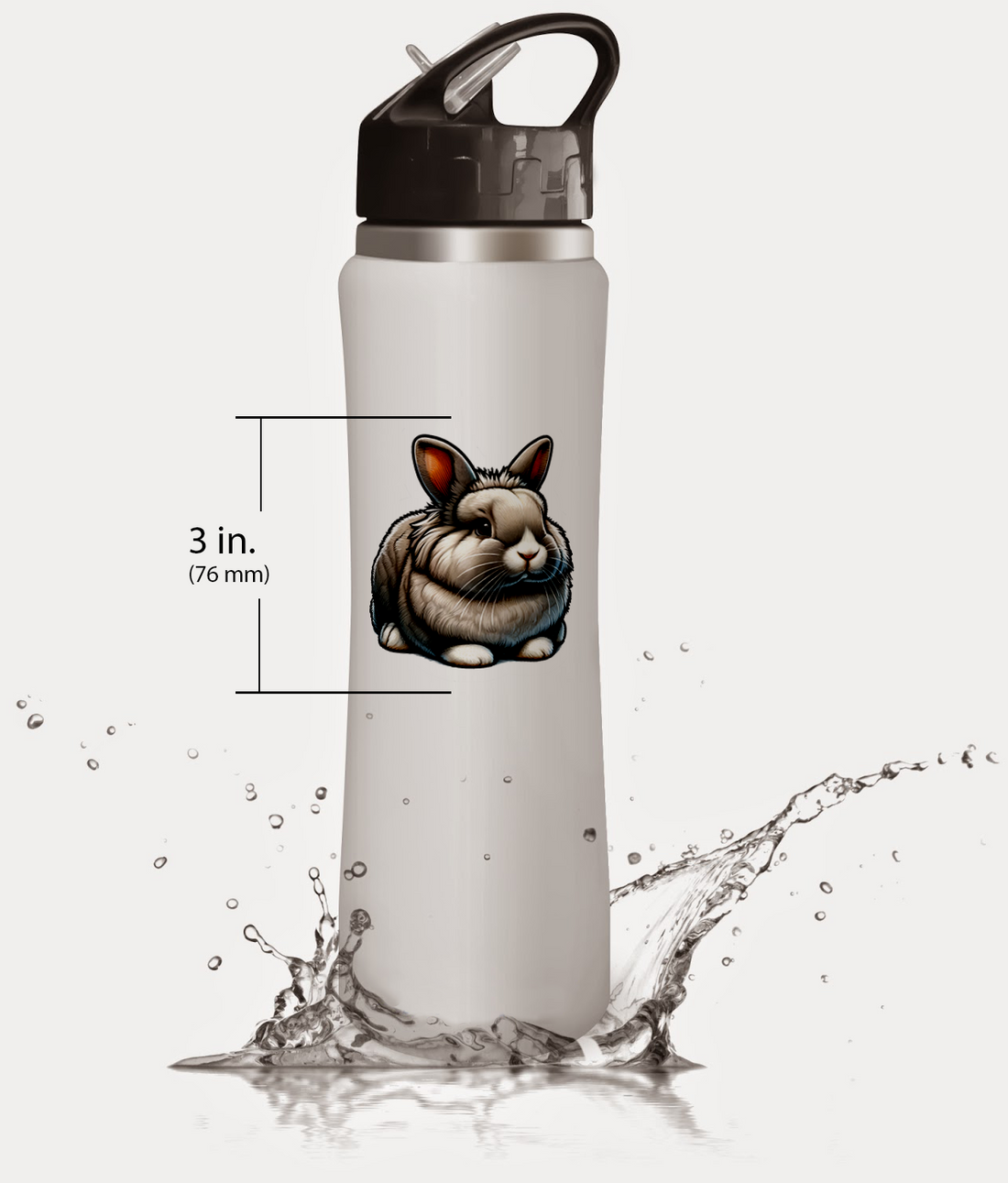
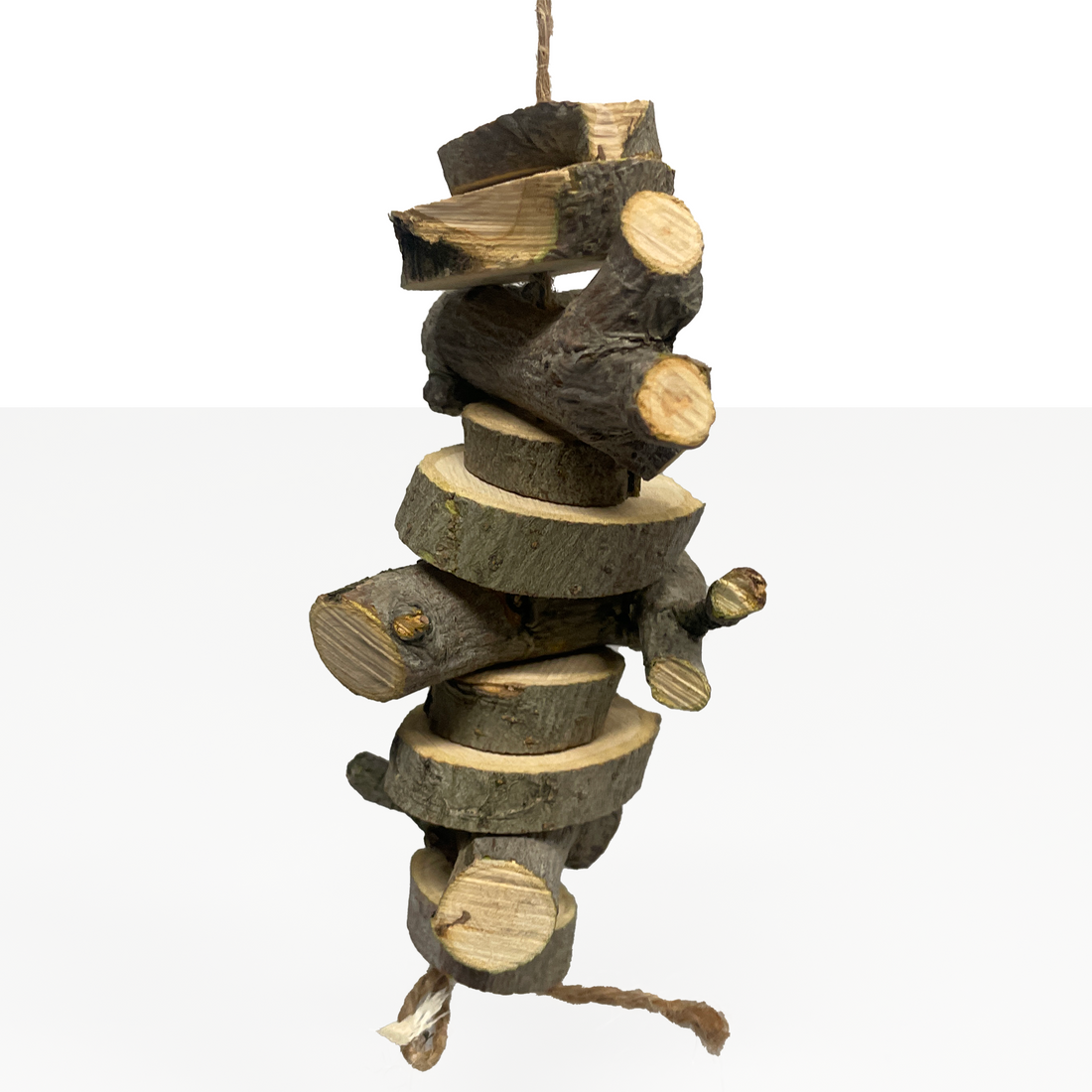


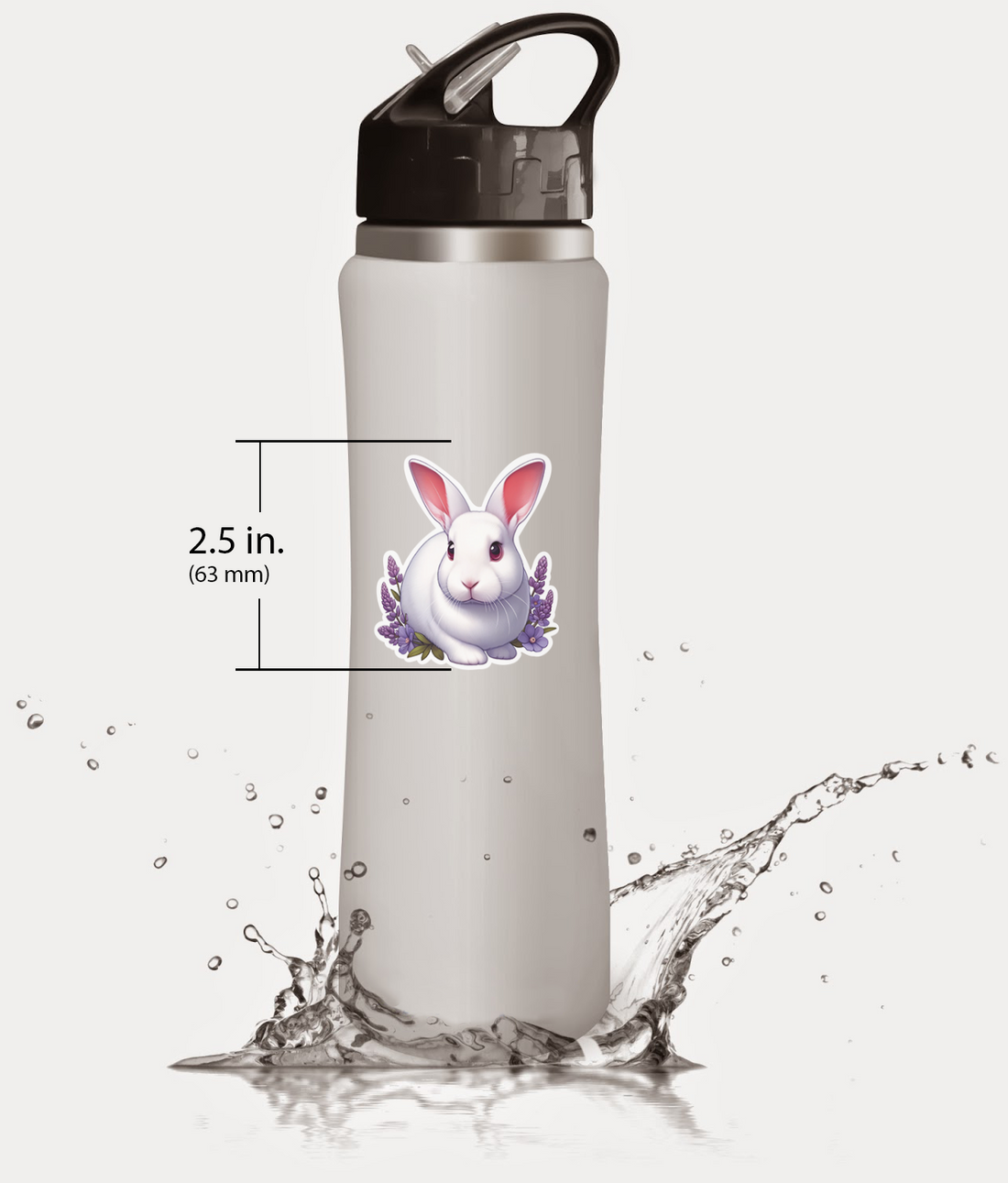
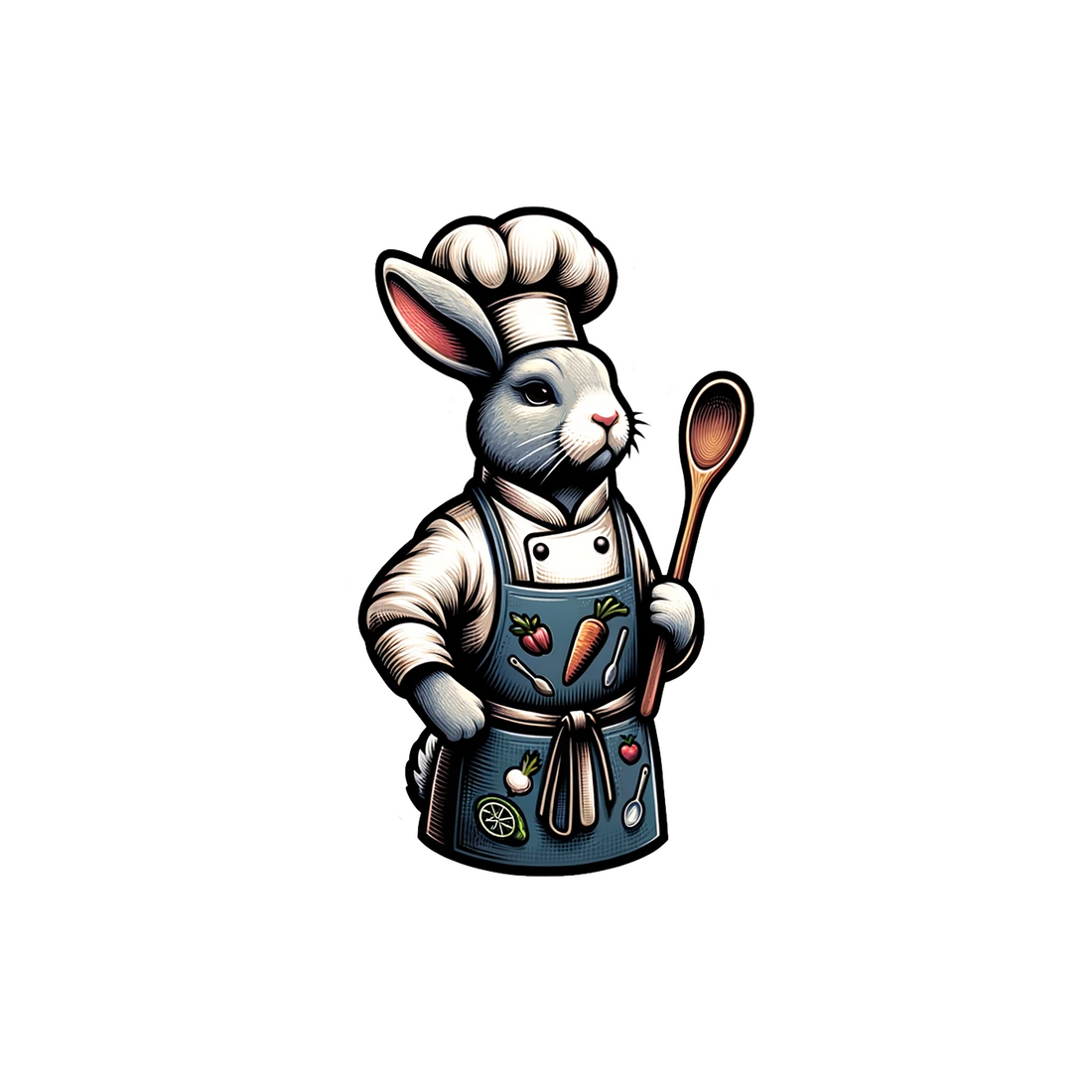
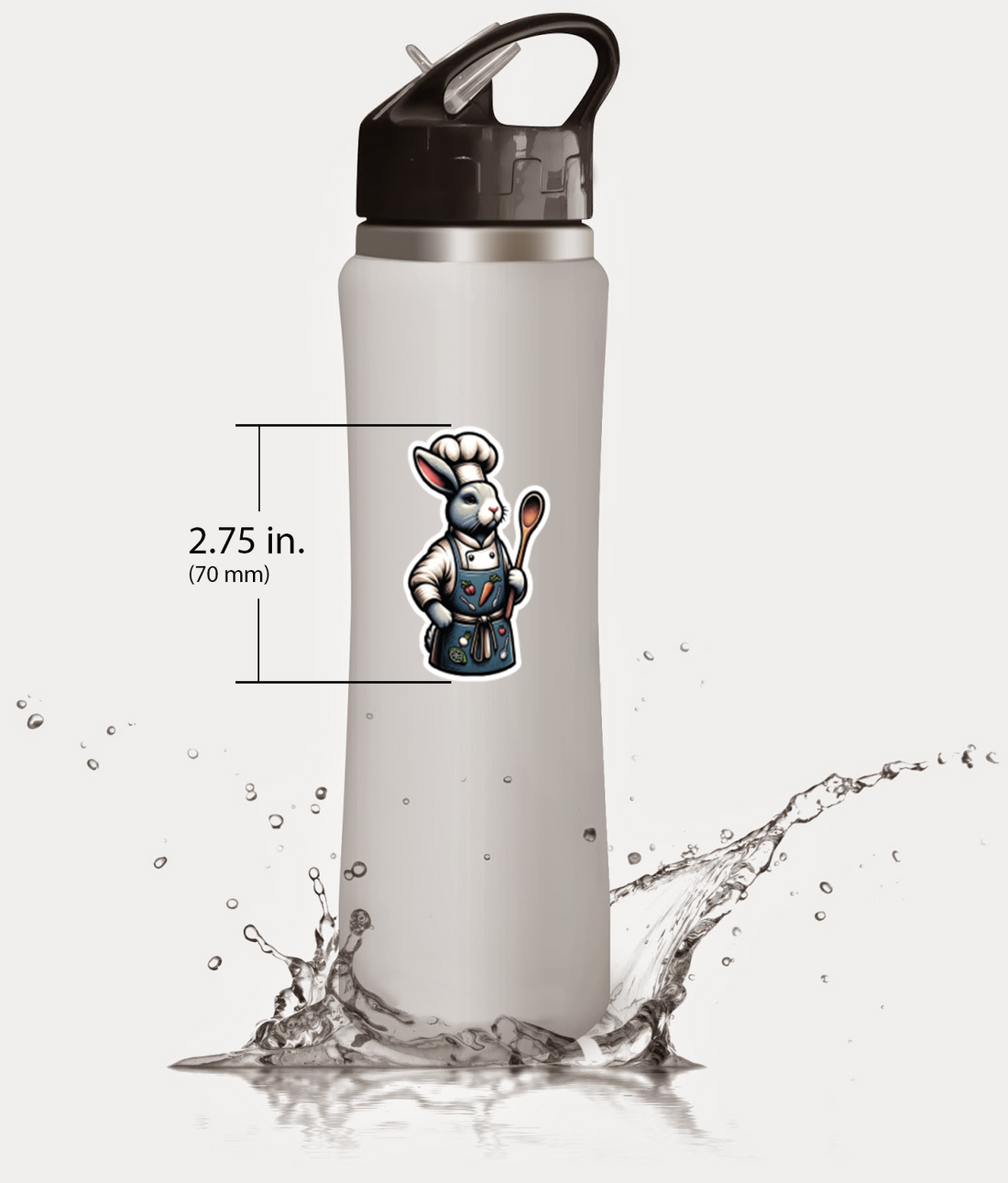
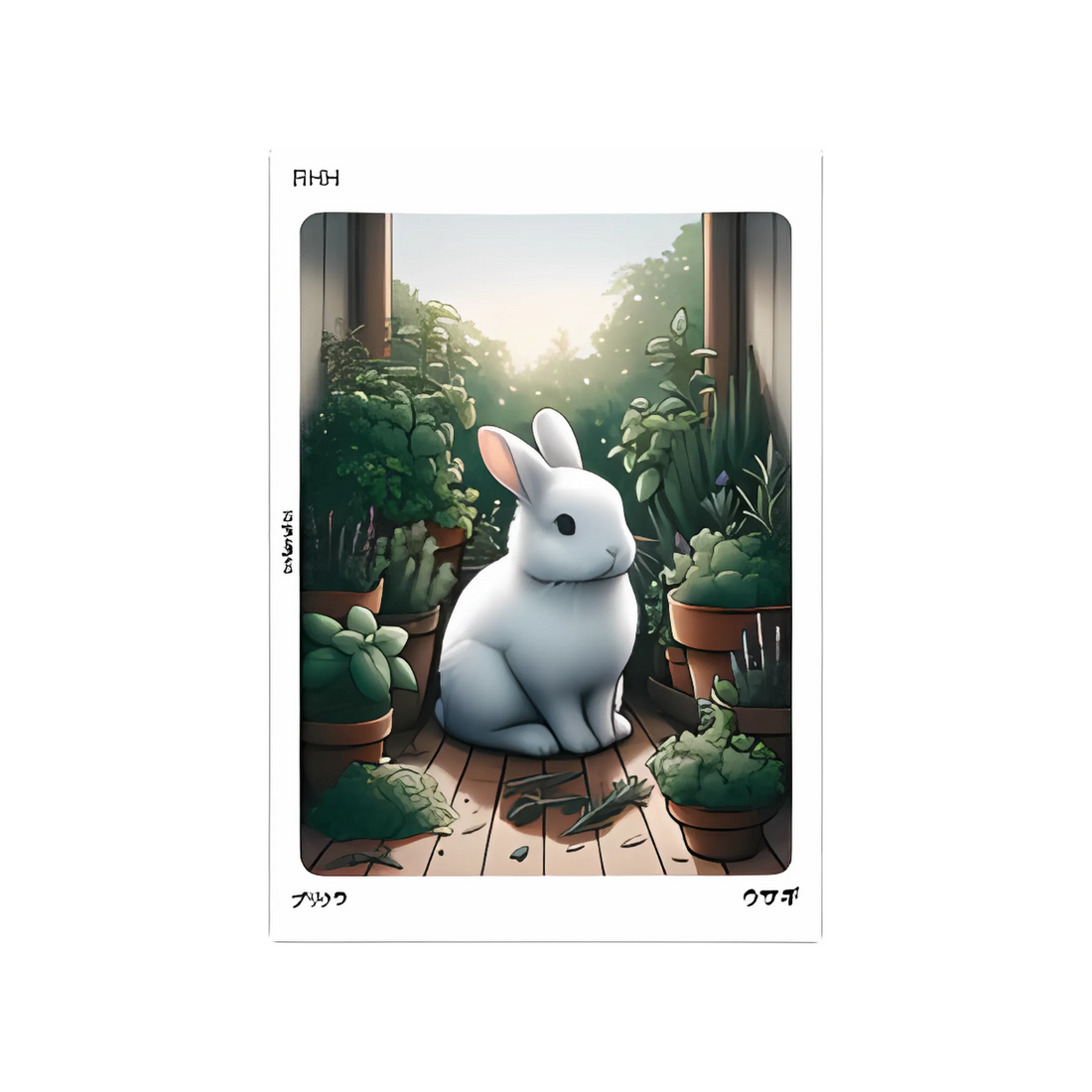

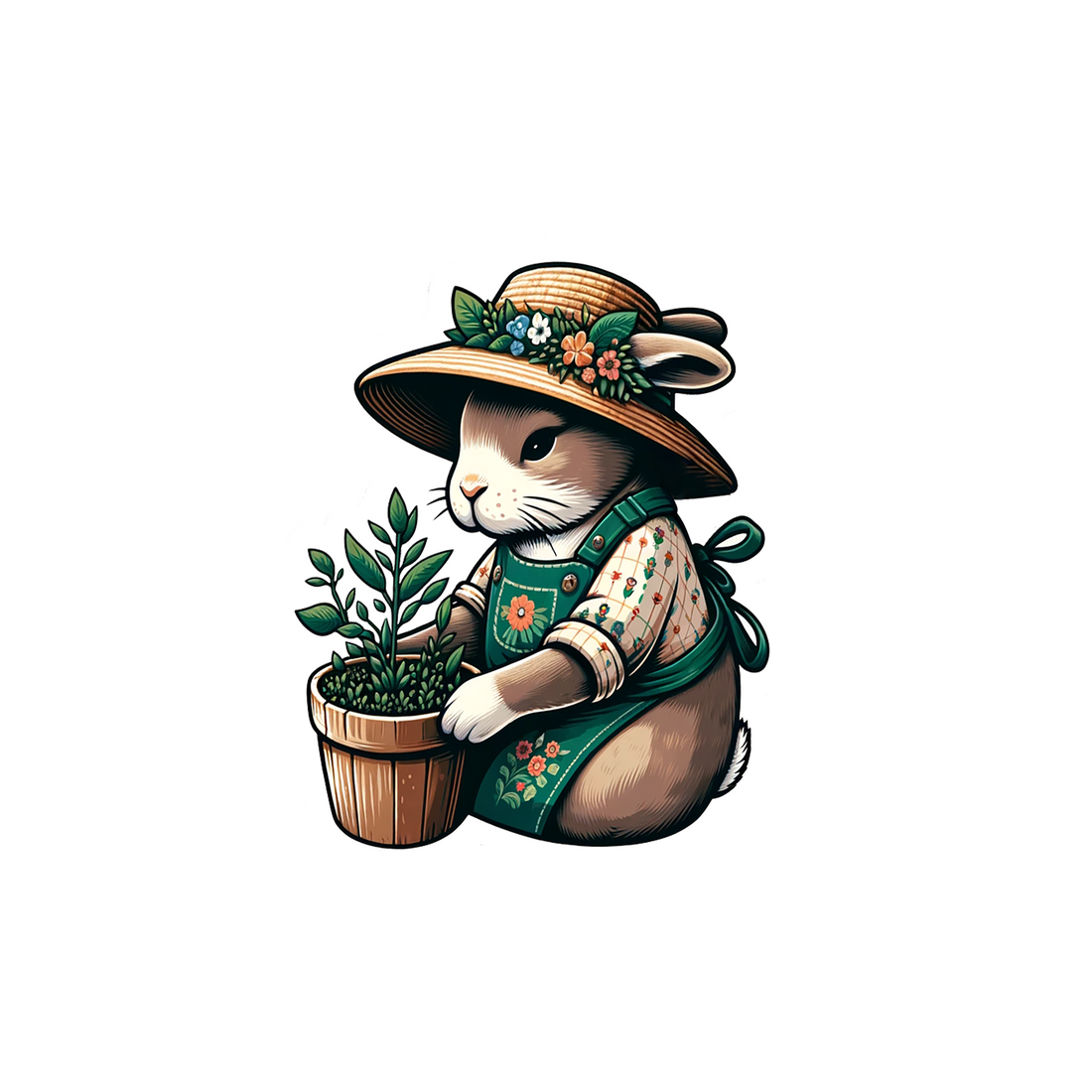
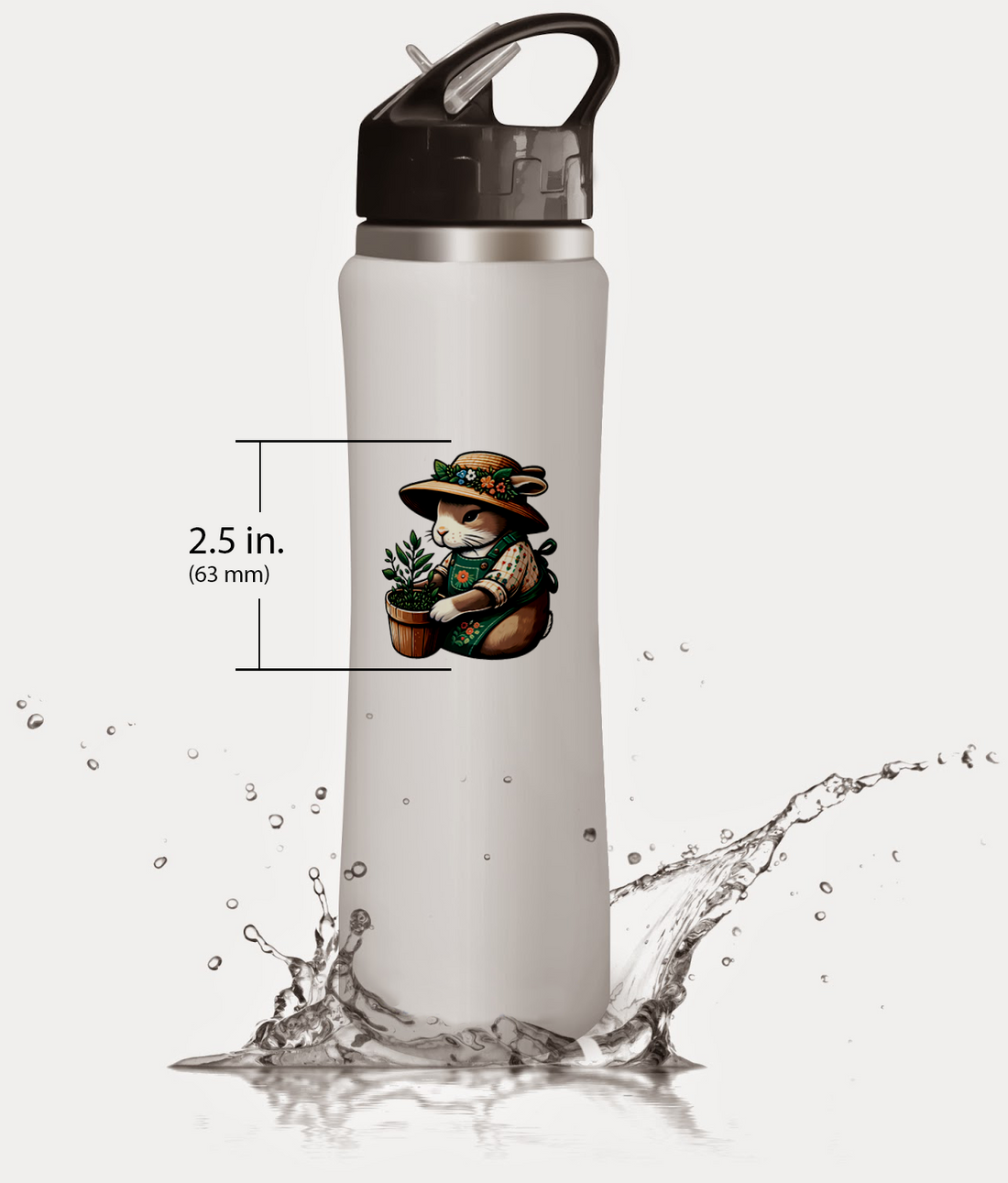
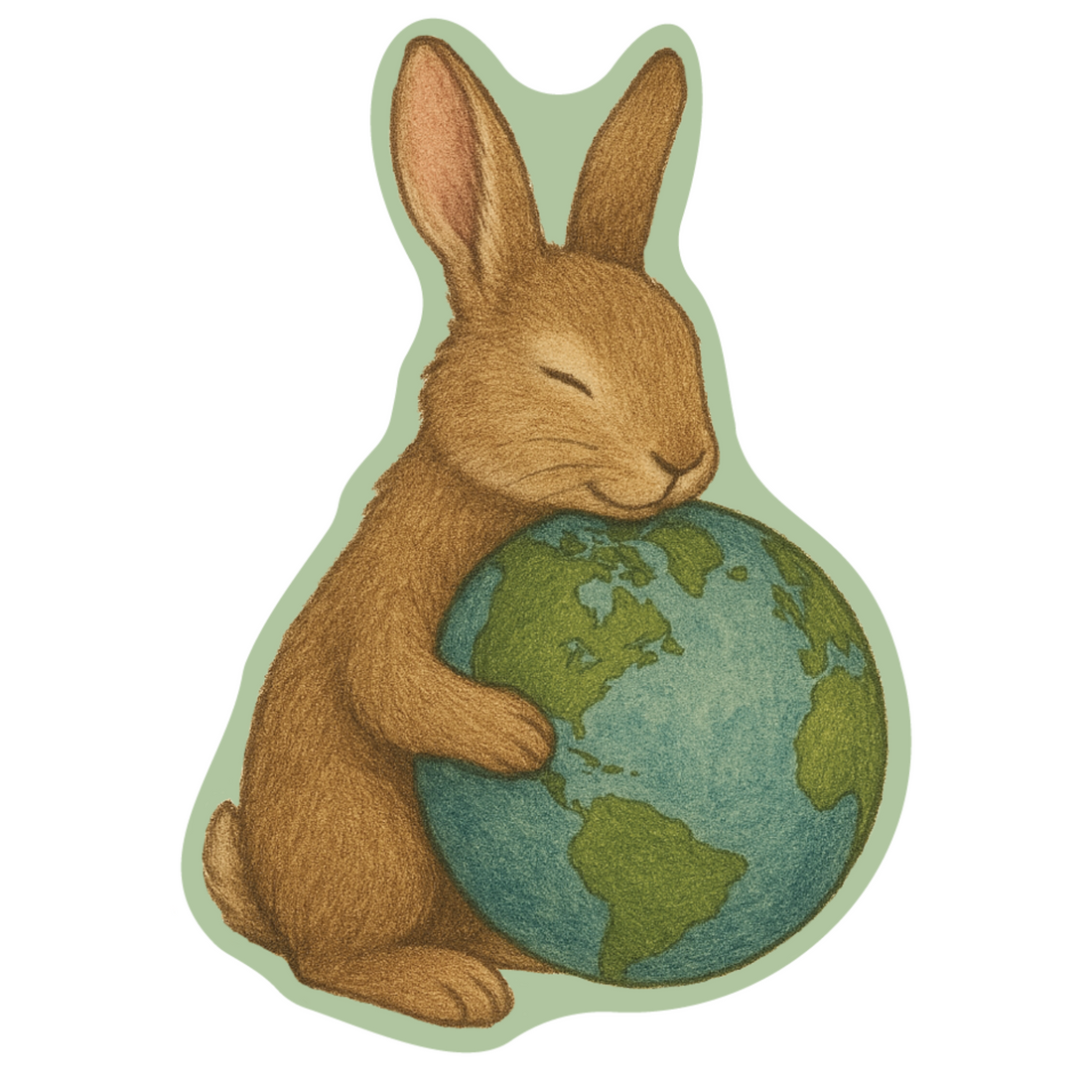


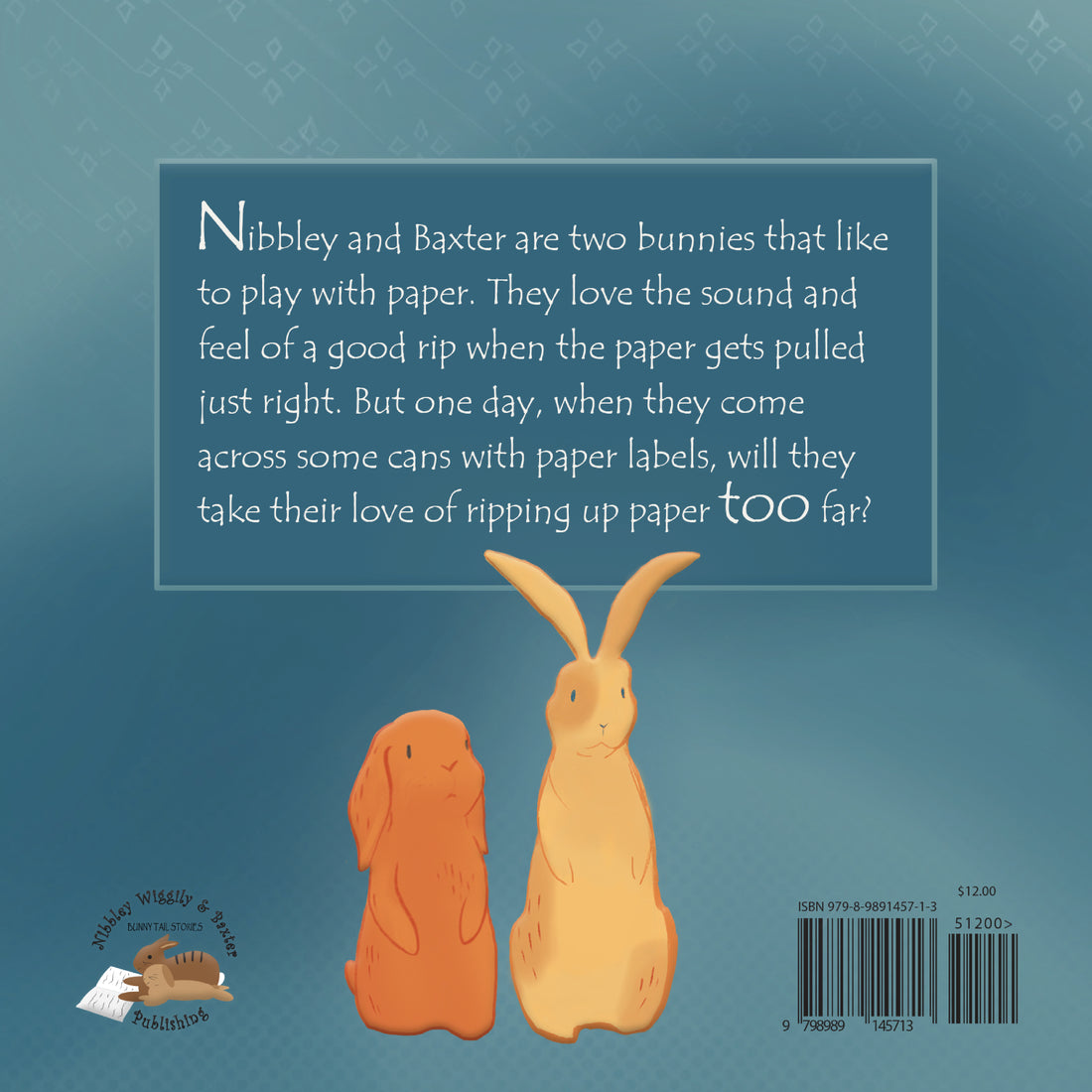


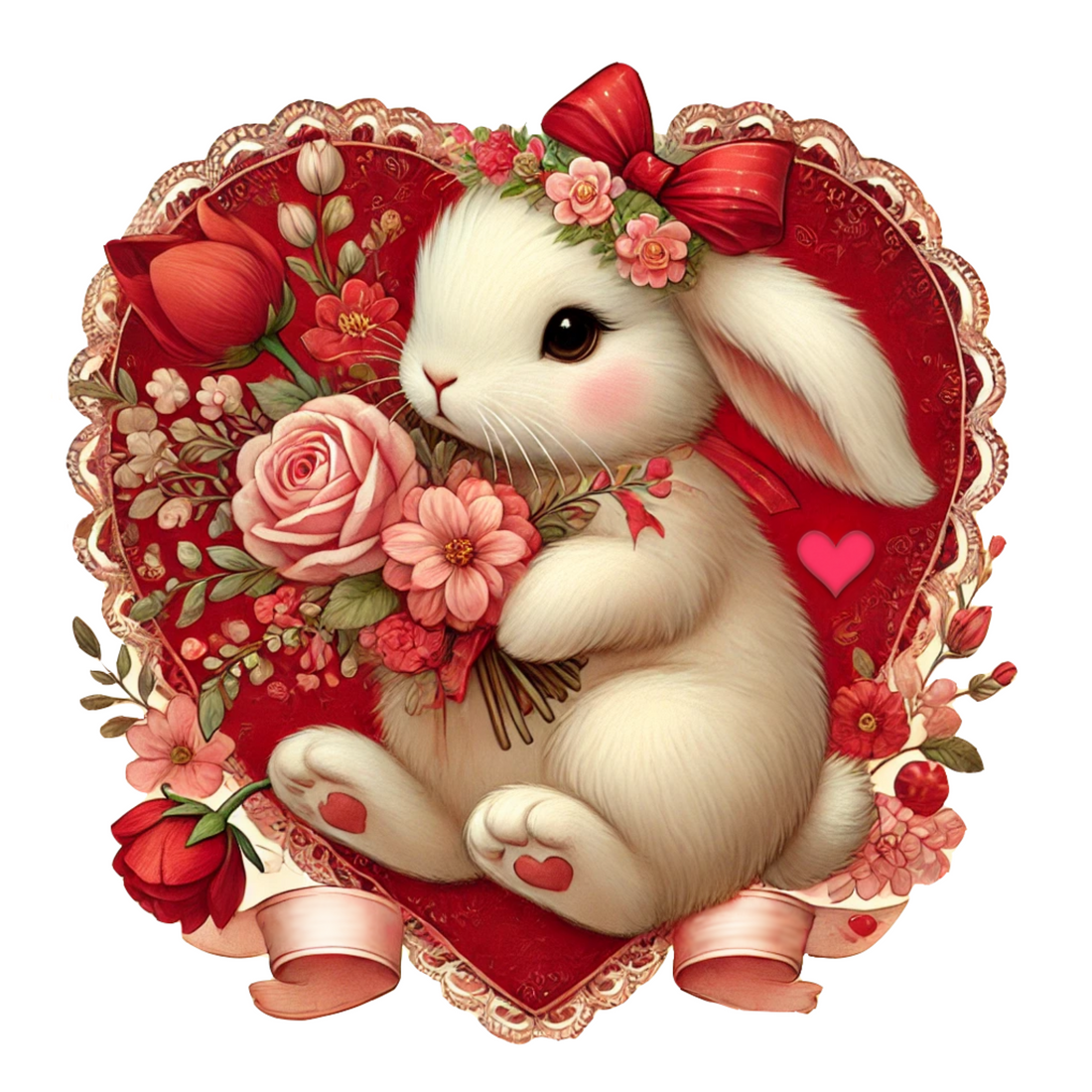

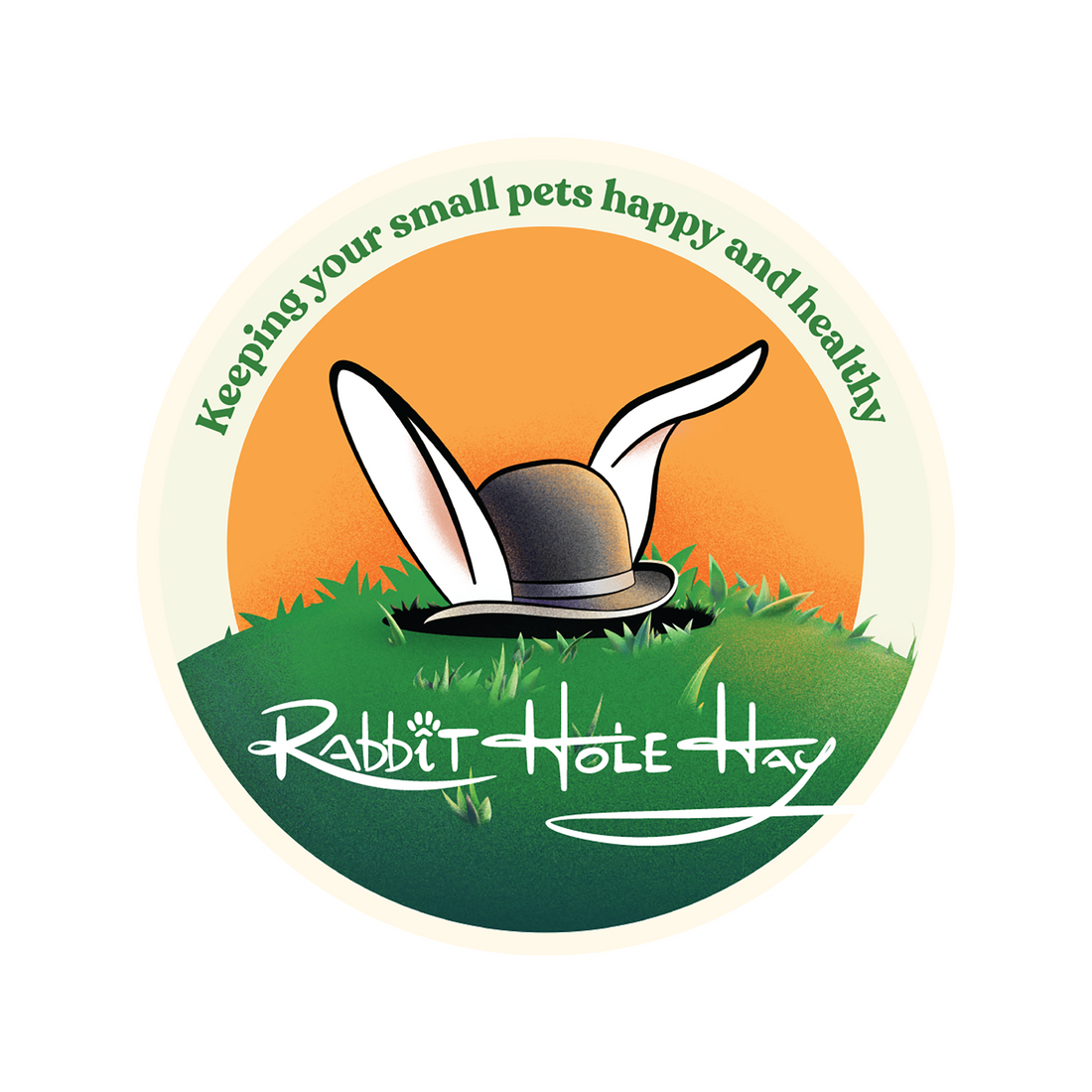





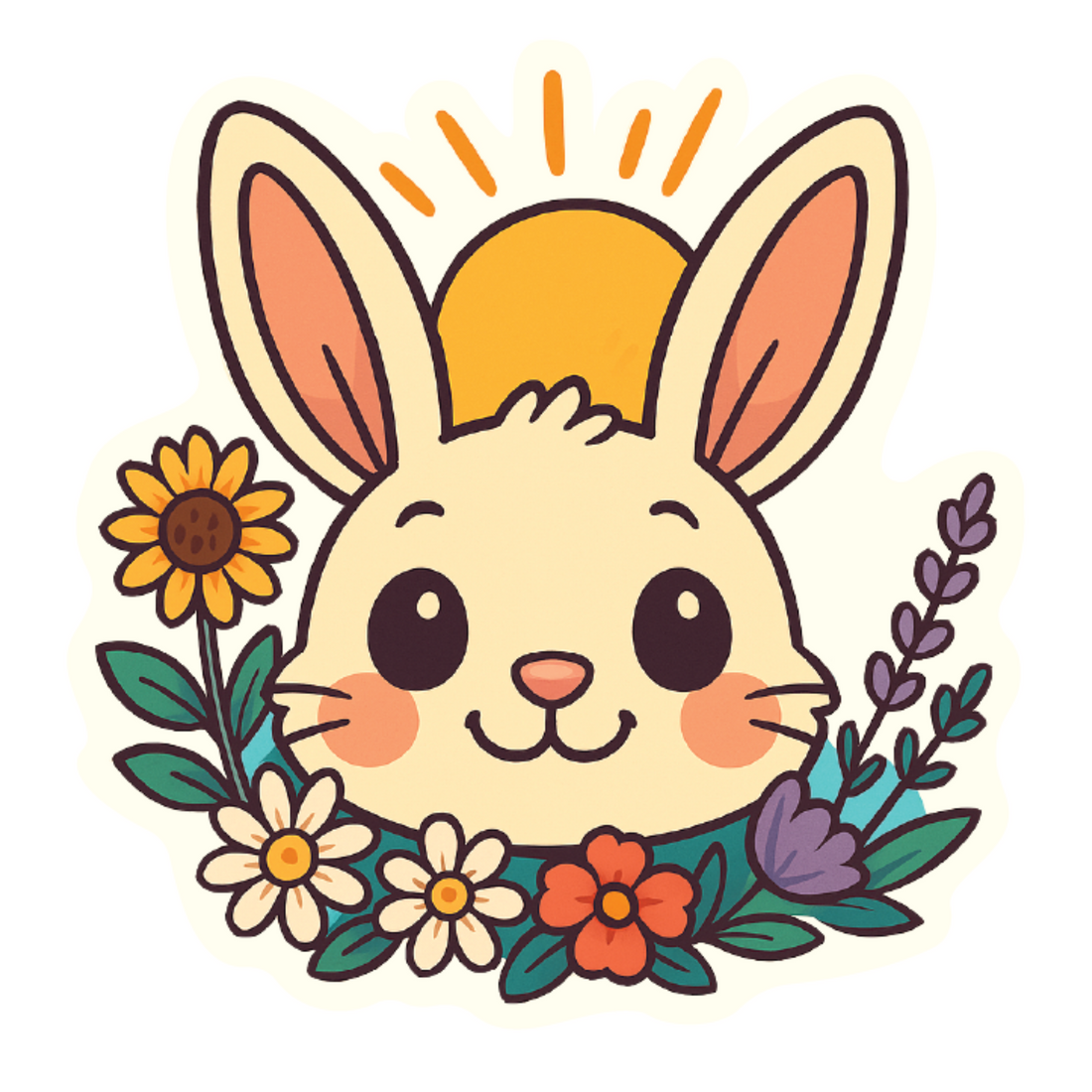
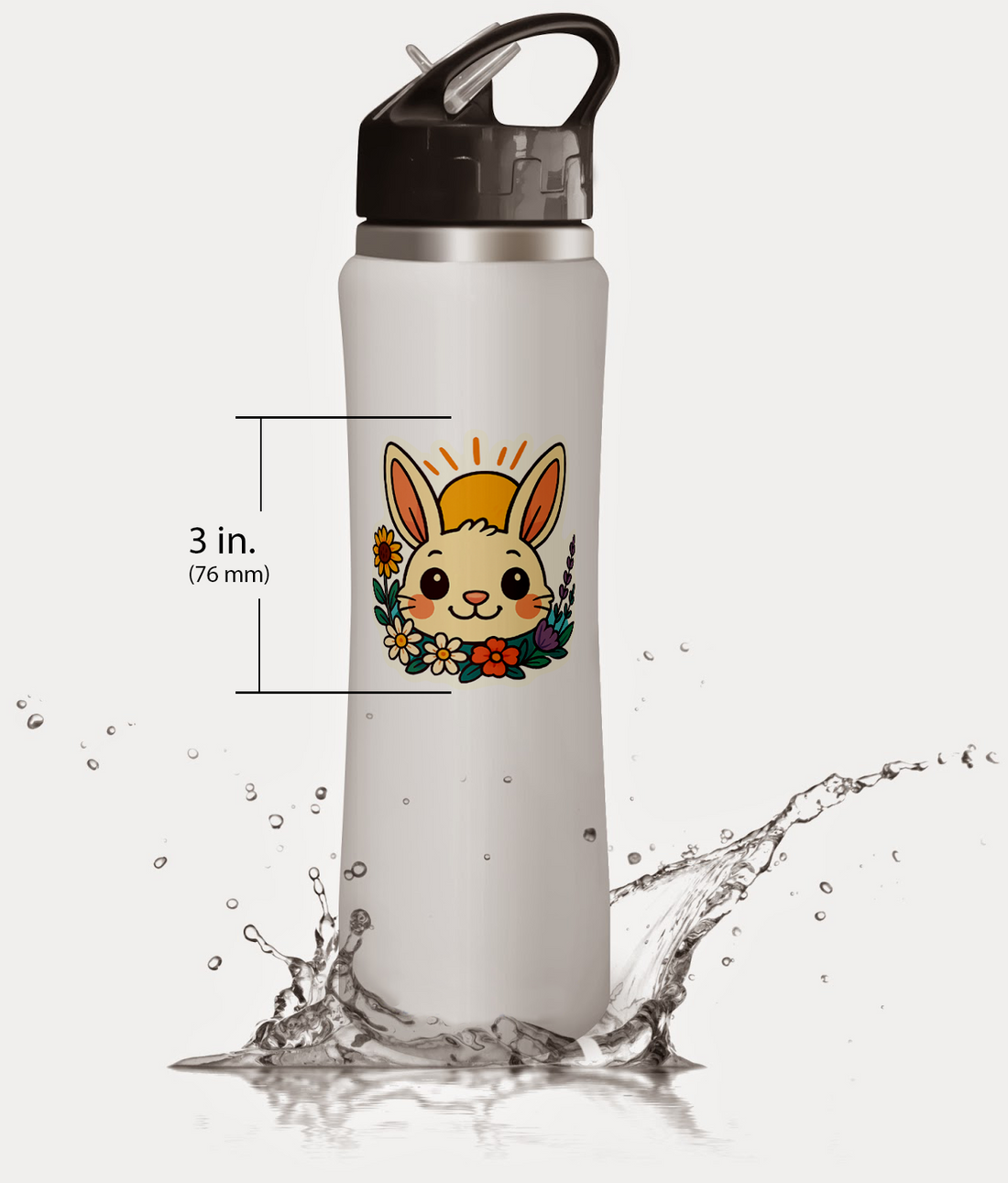


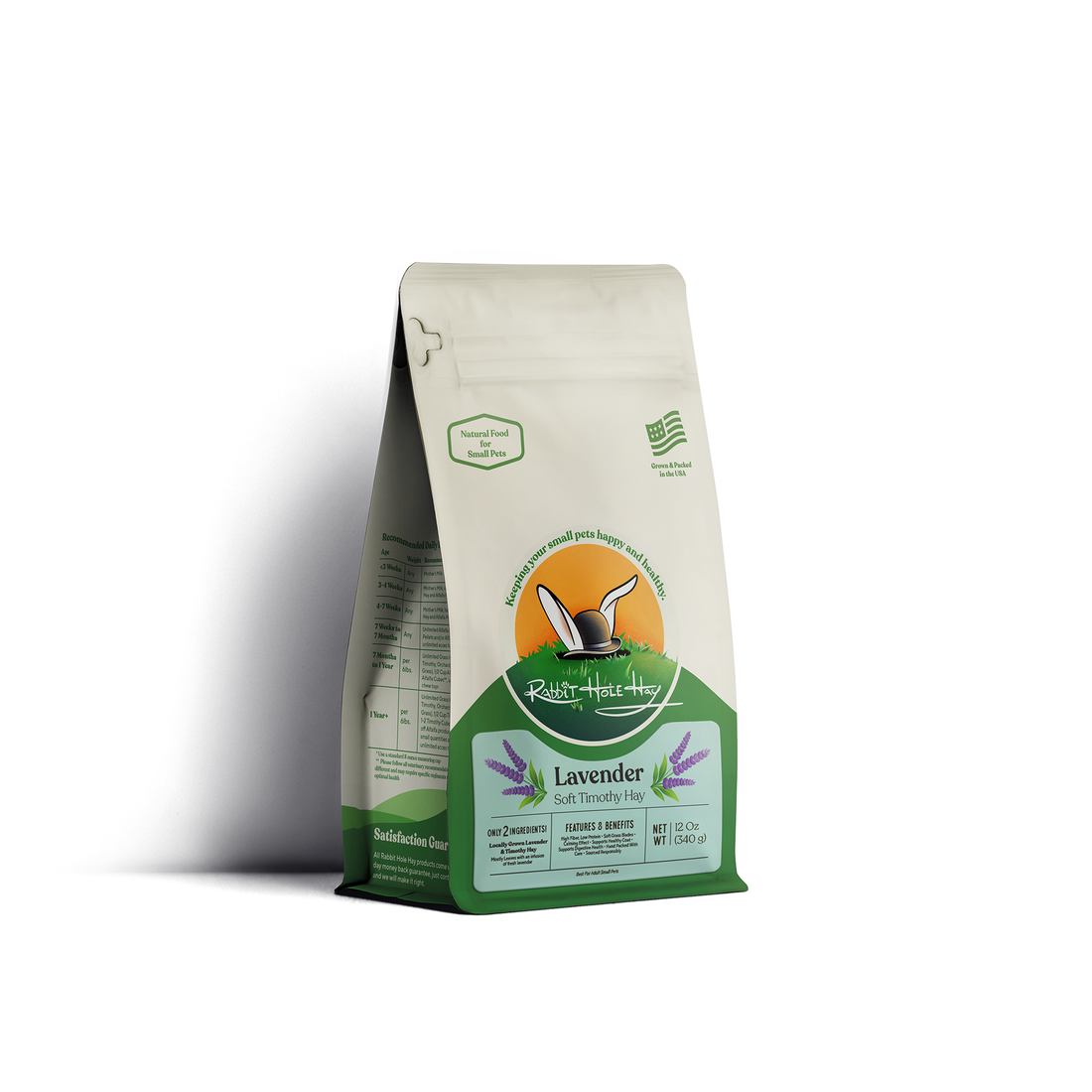

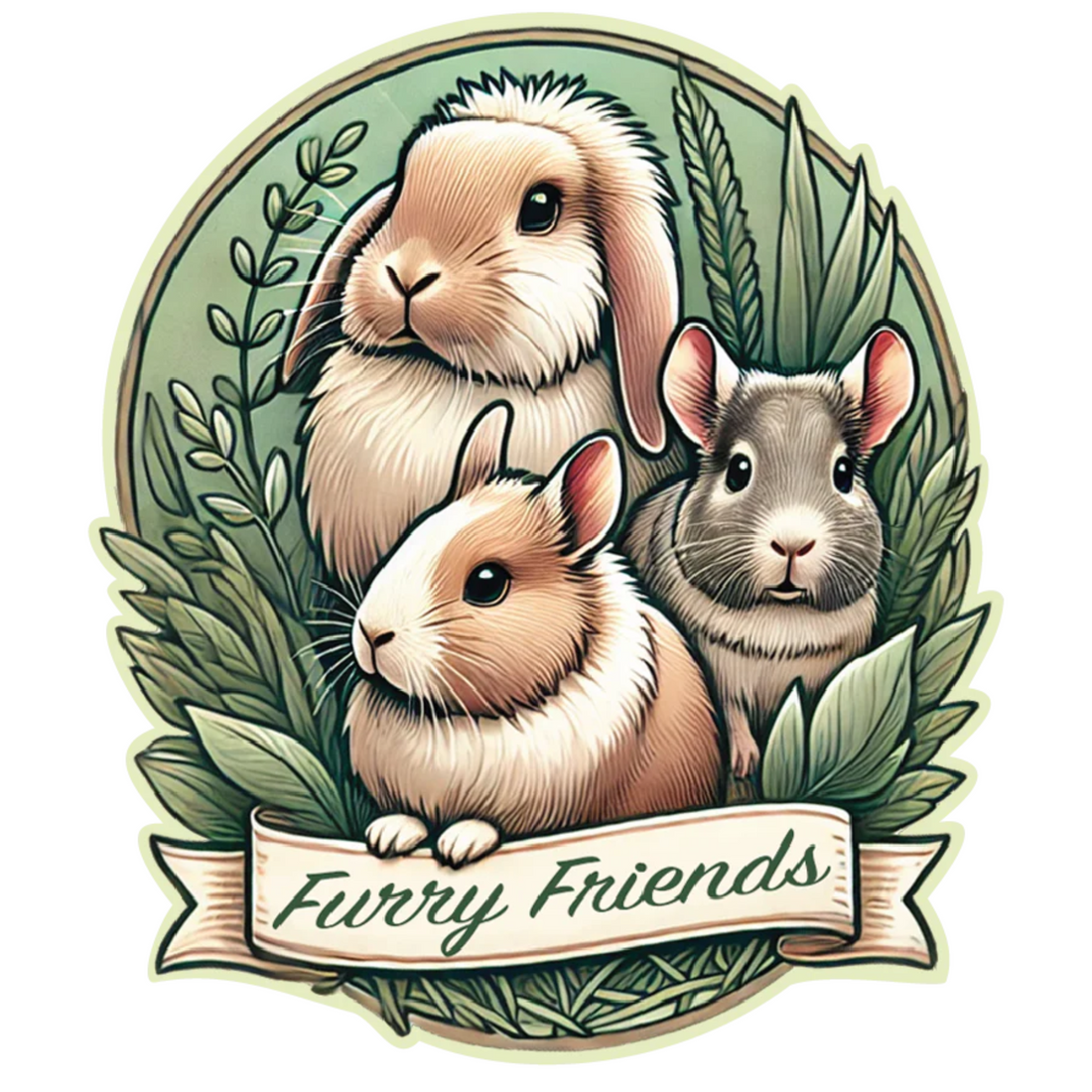
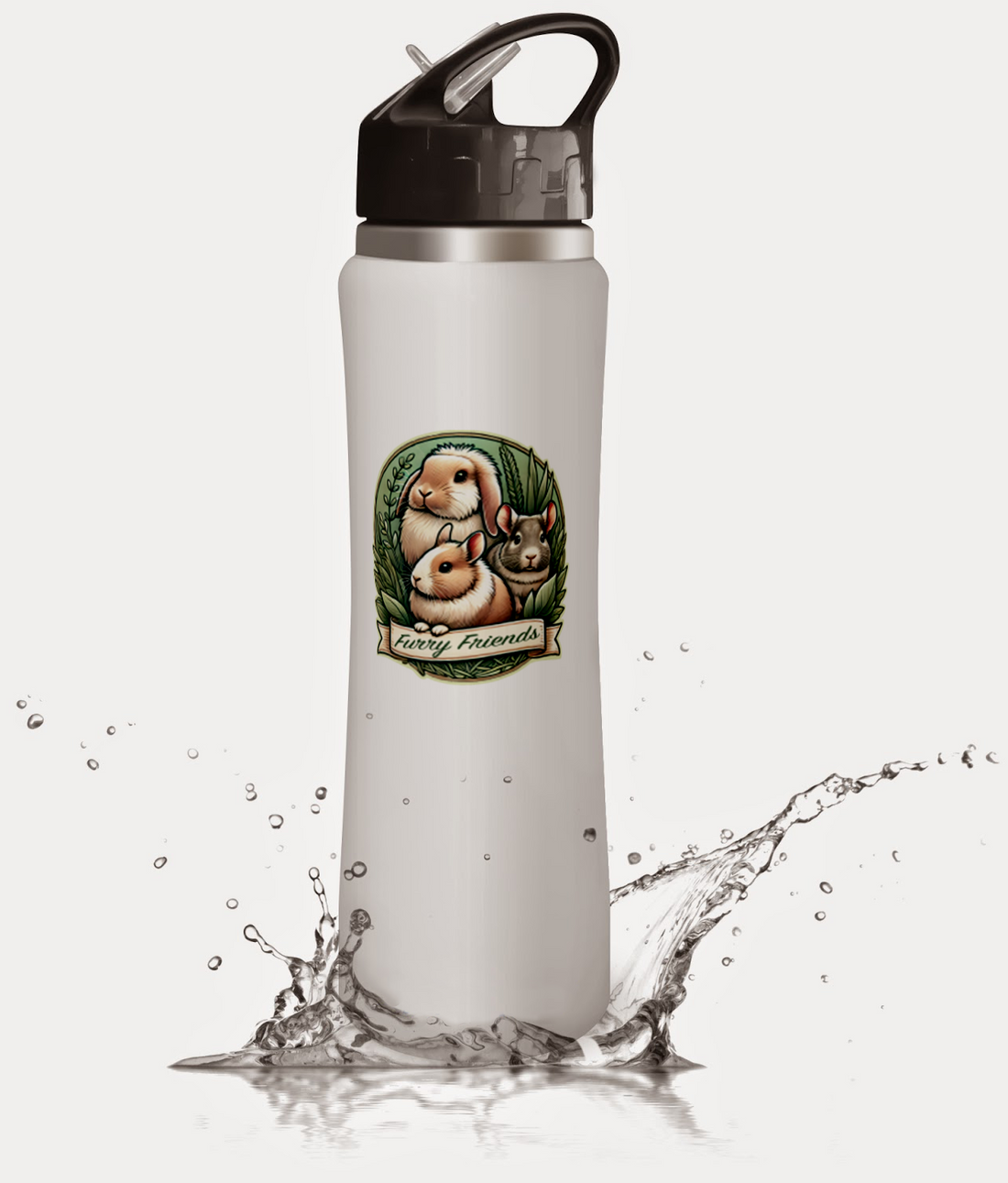
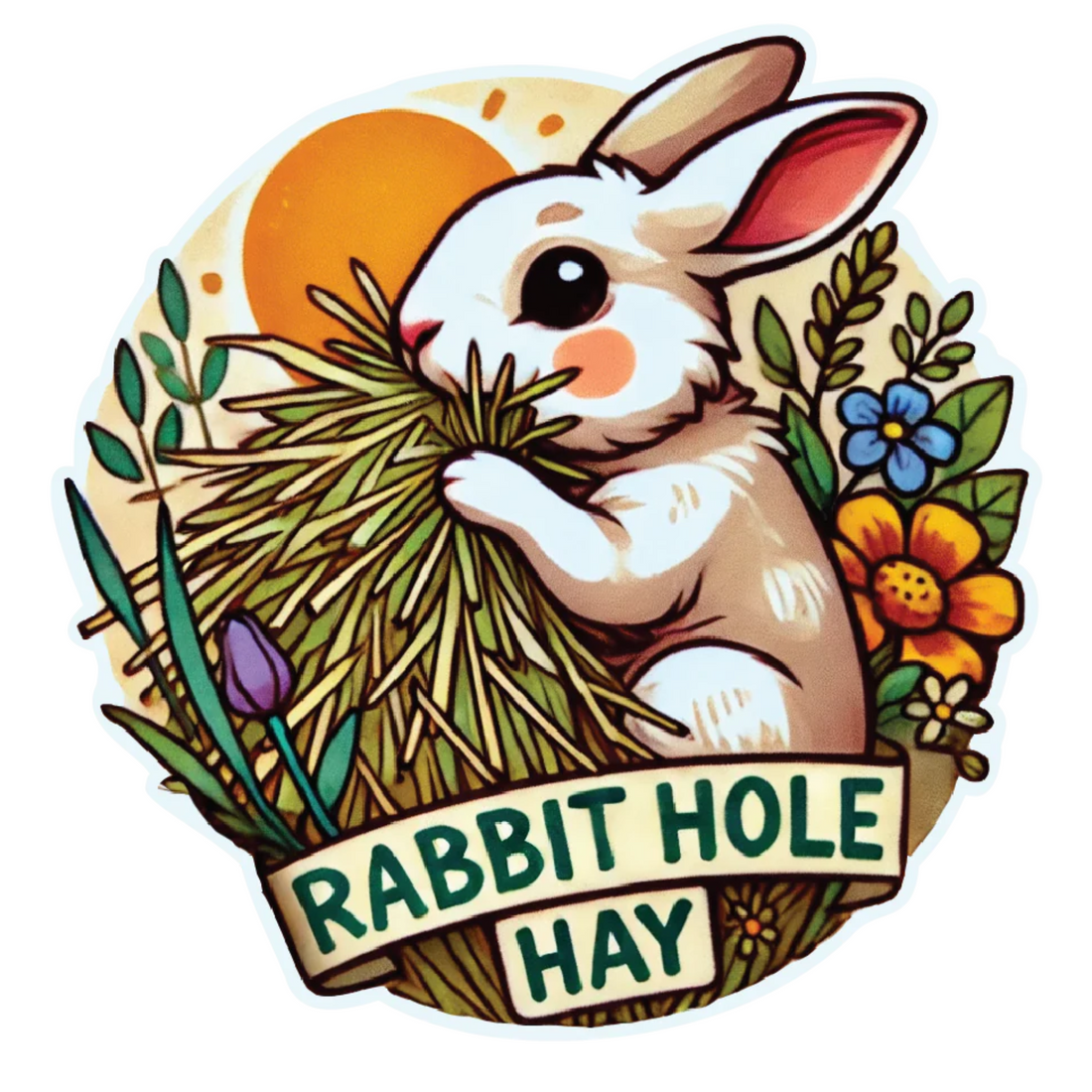
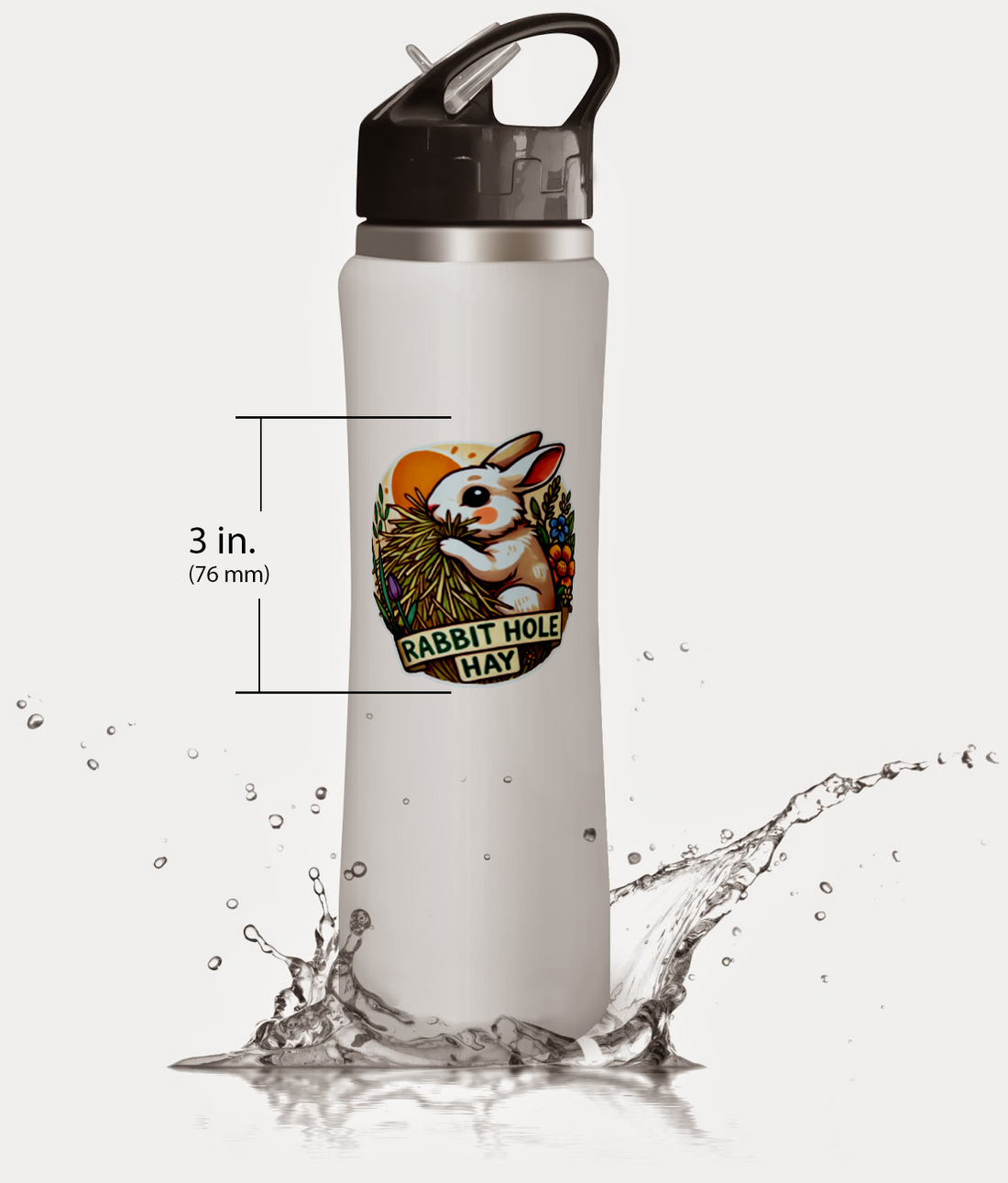
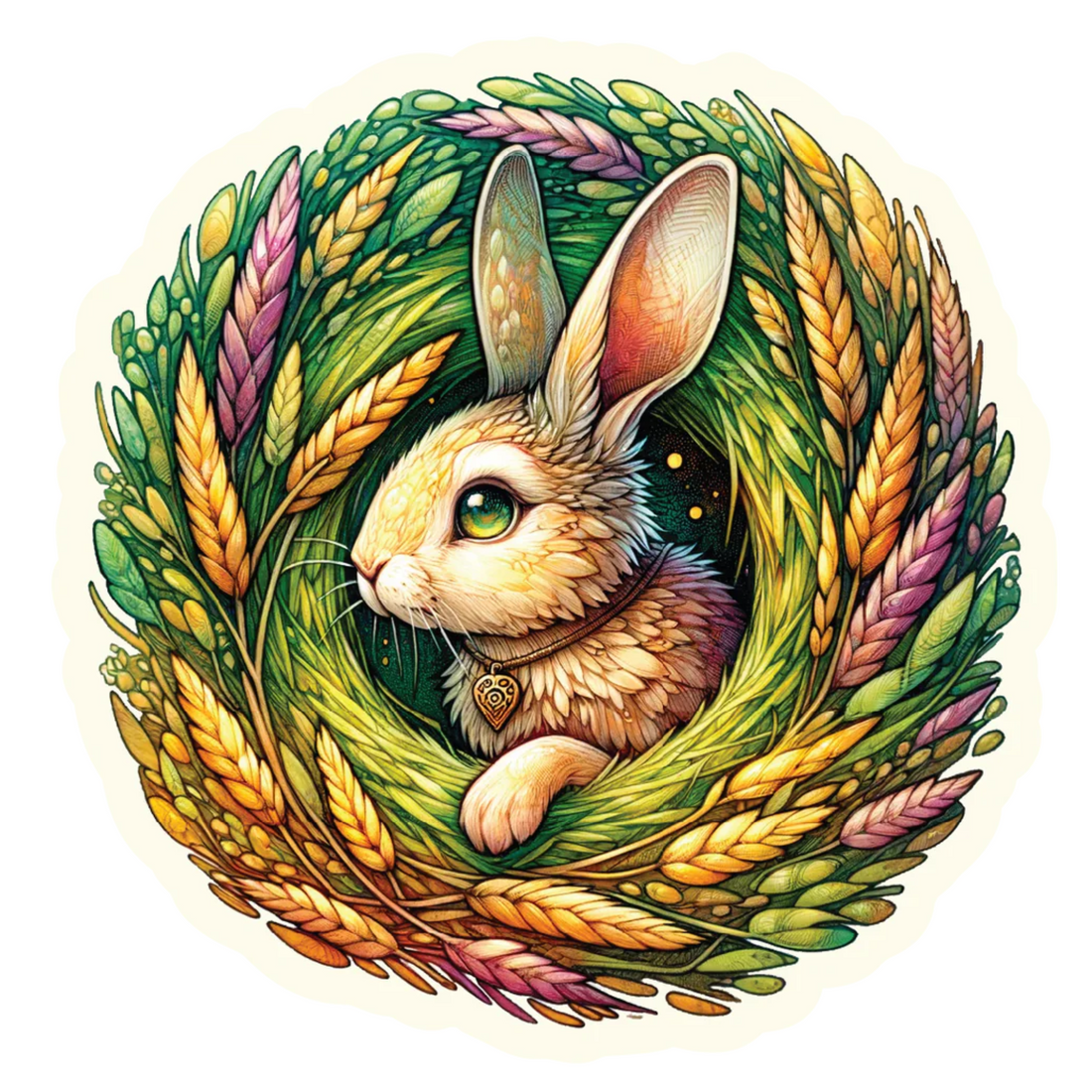

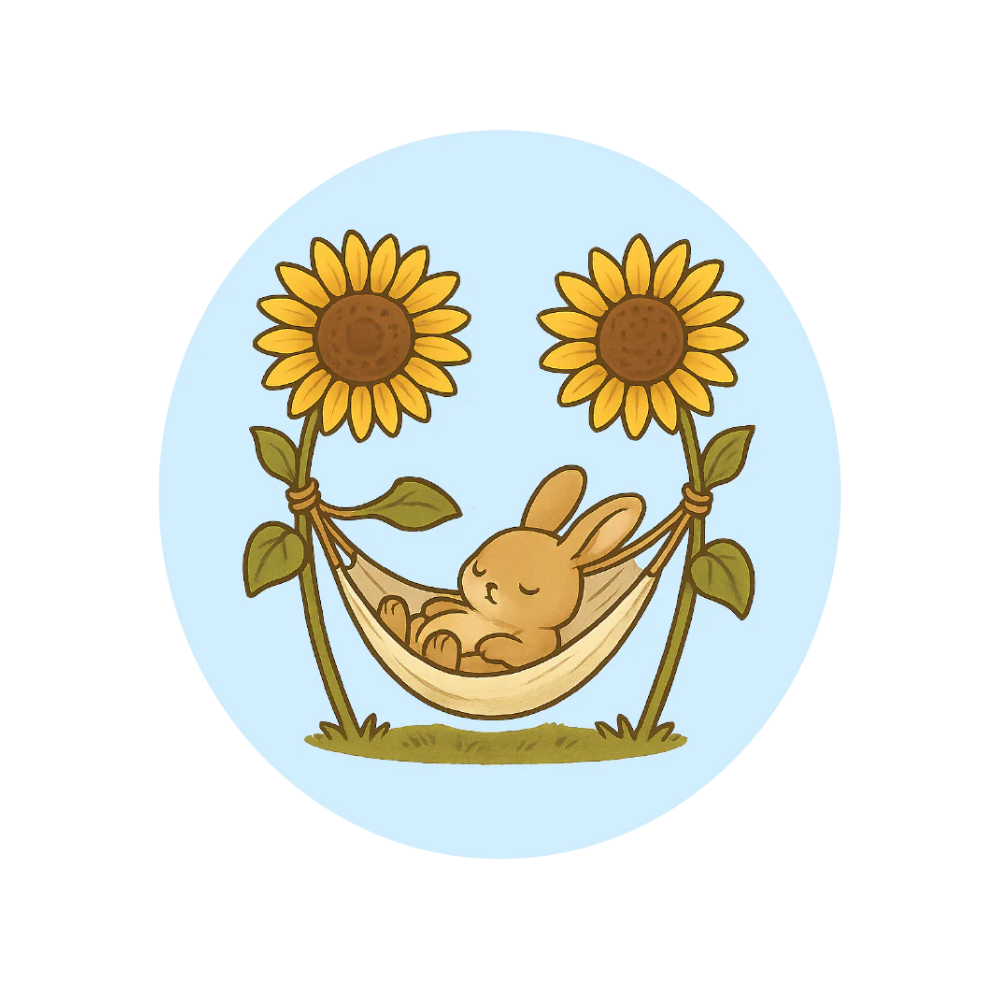

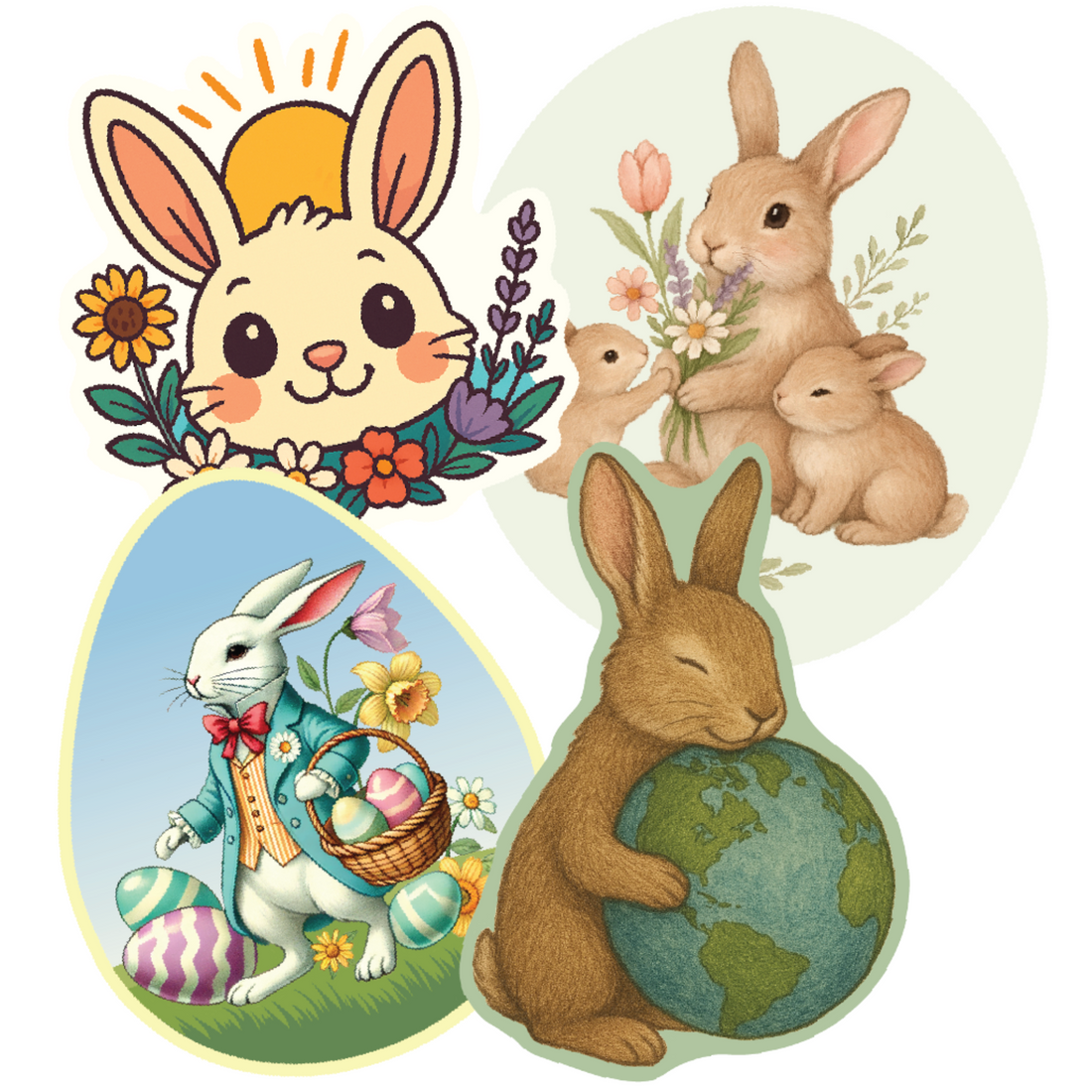
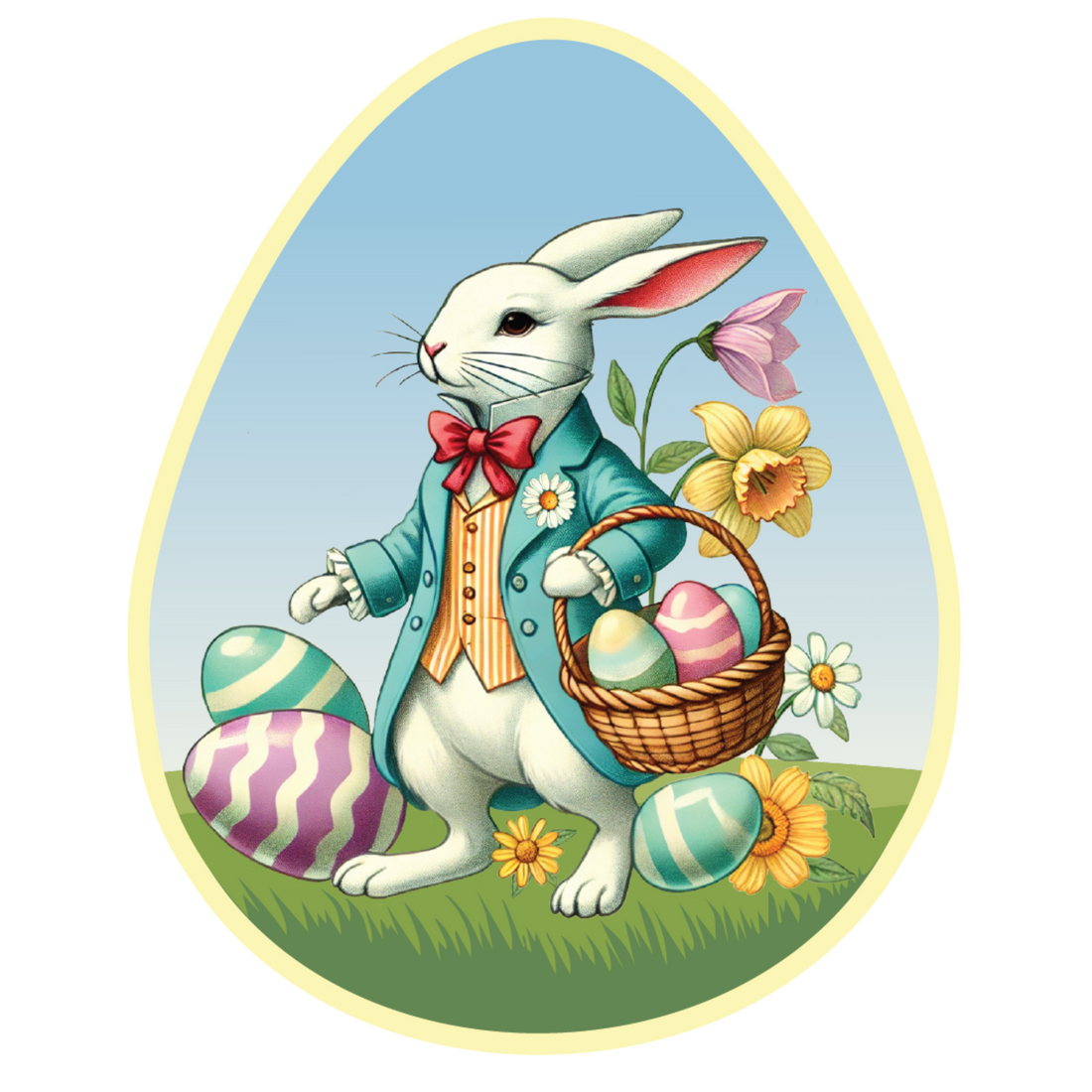


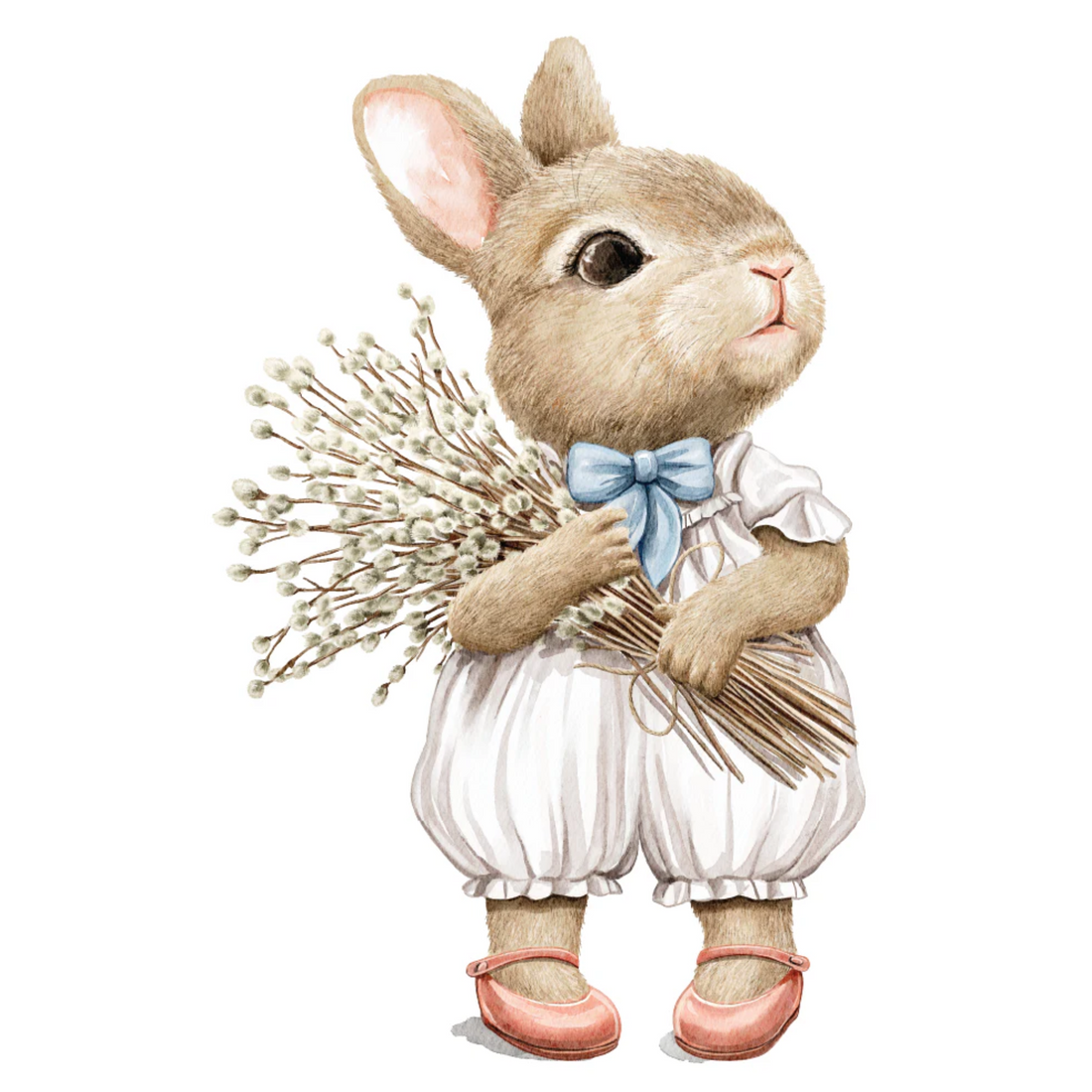

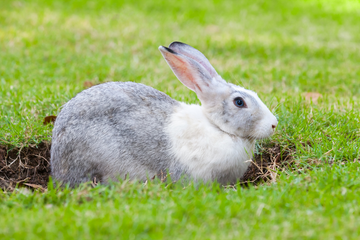
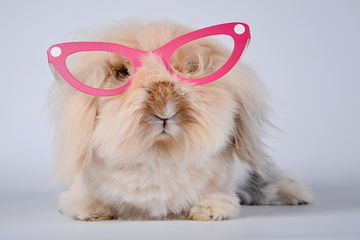
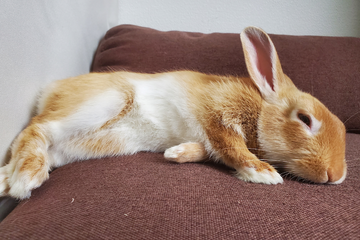


Comments